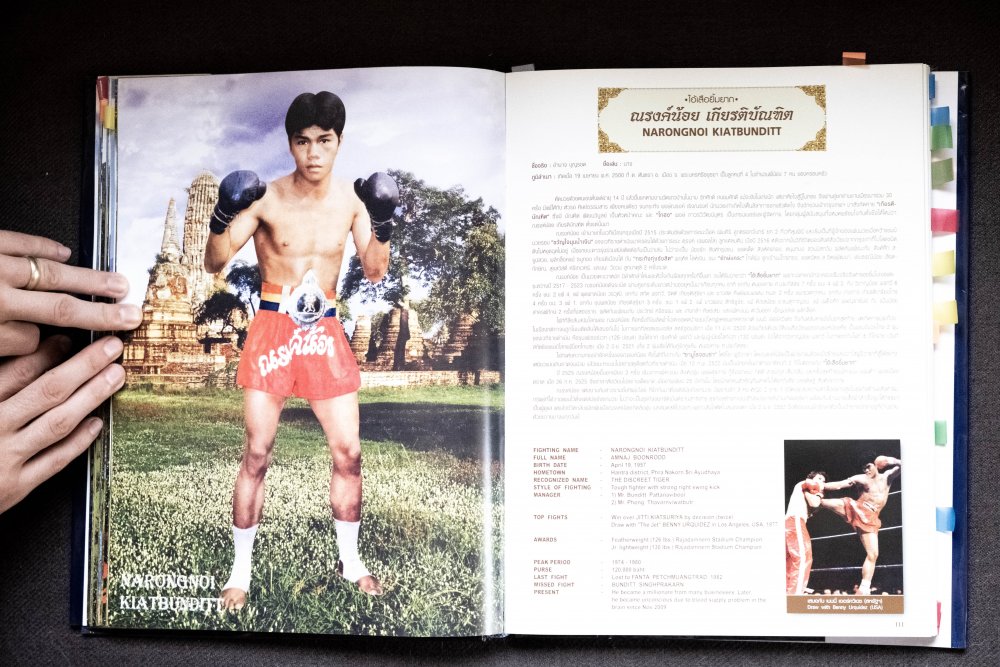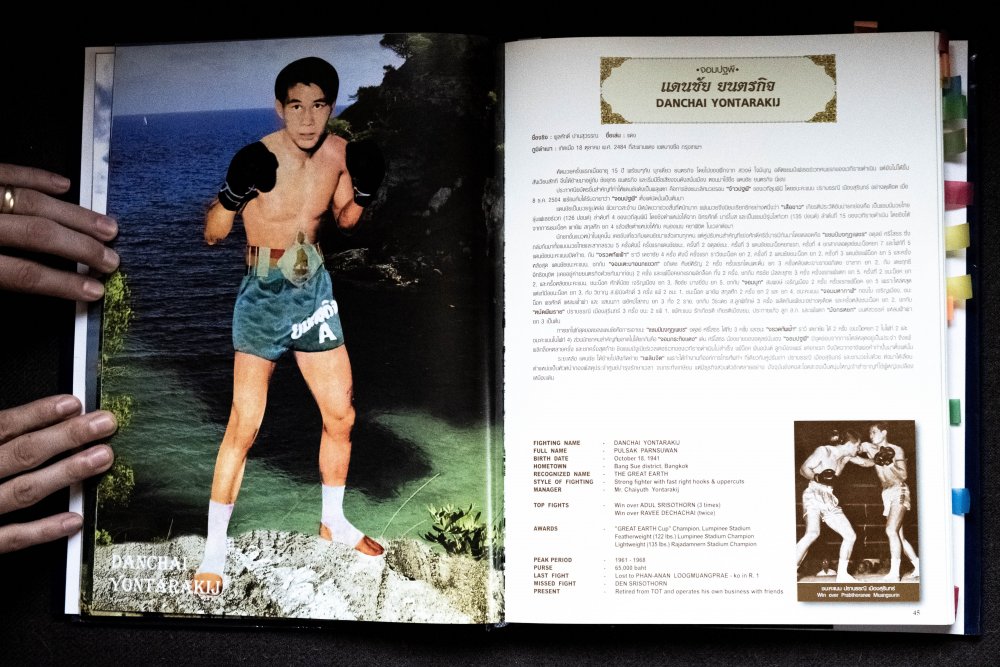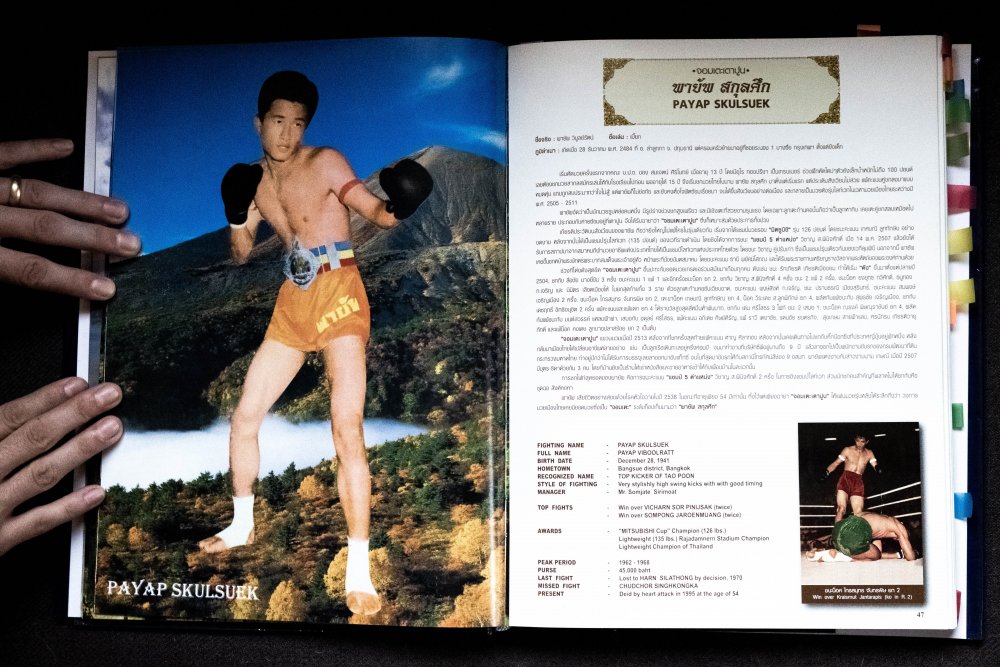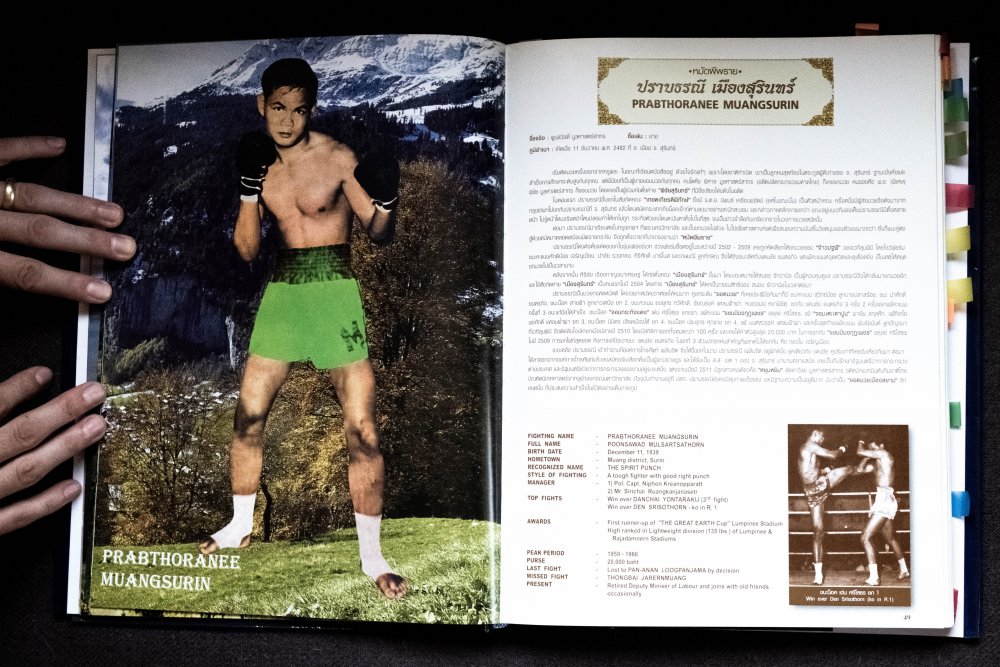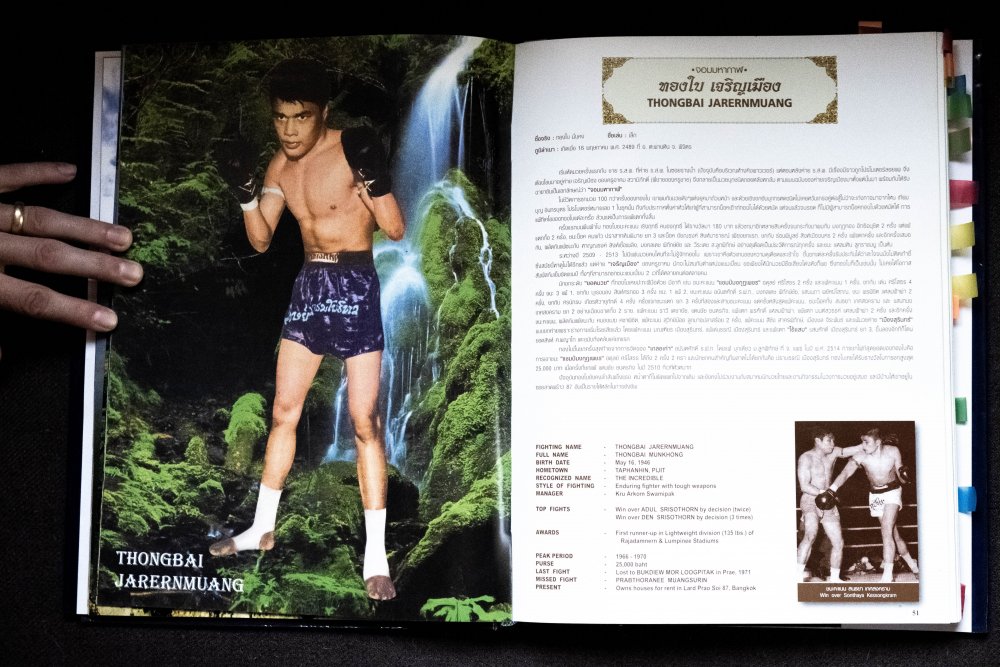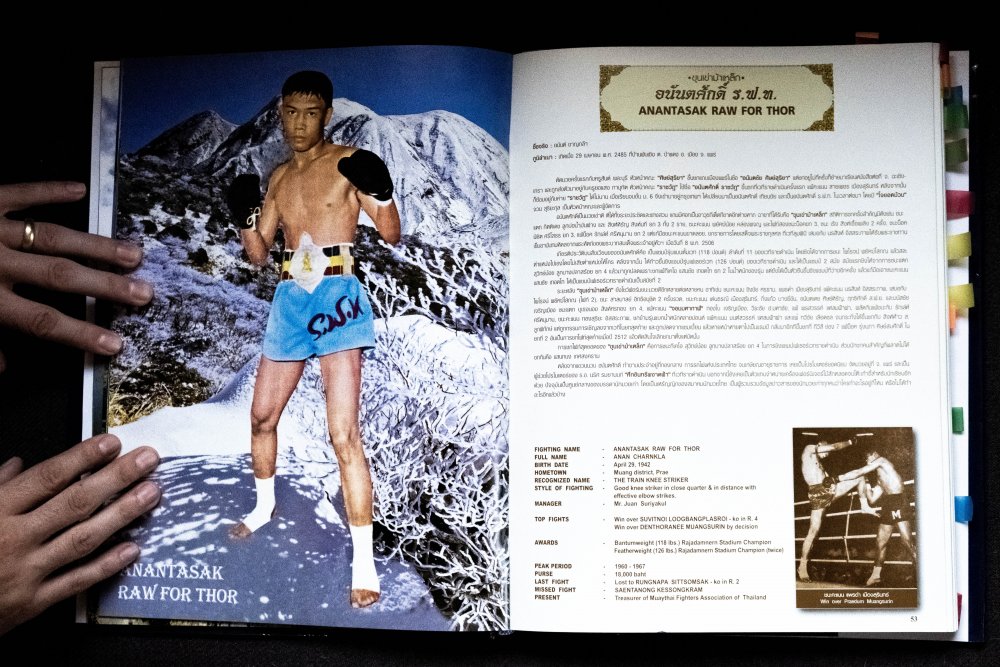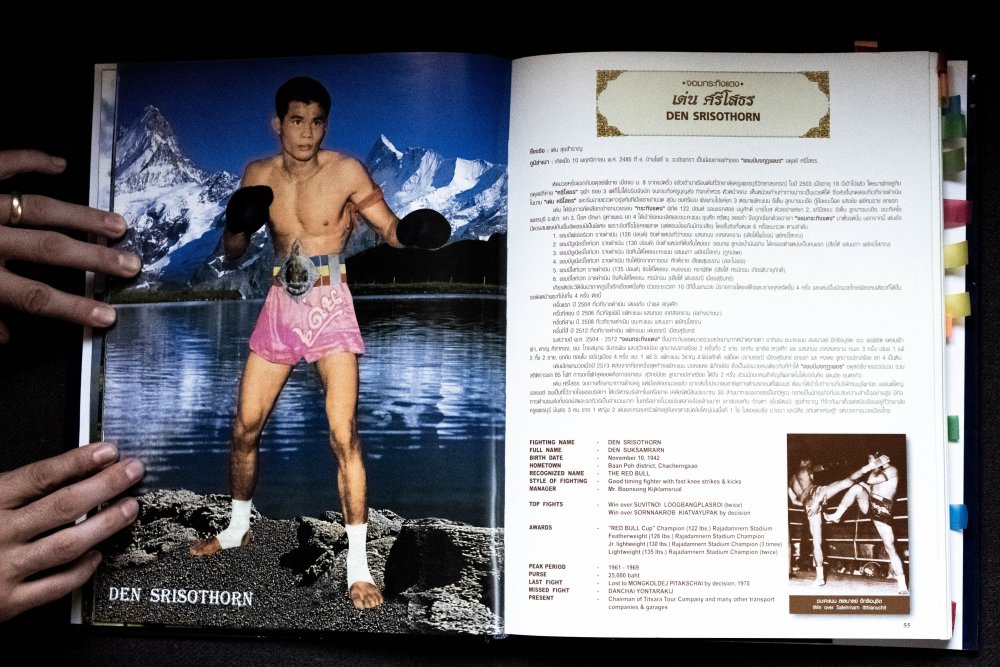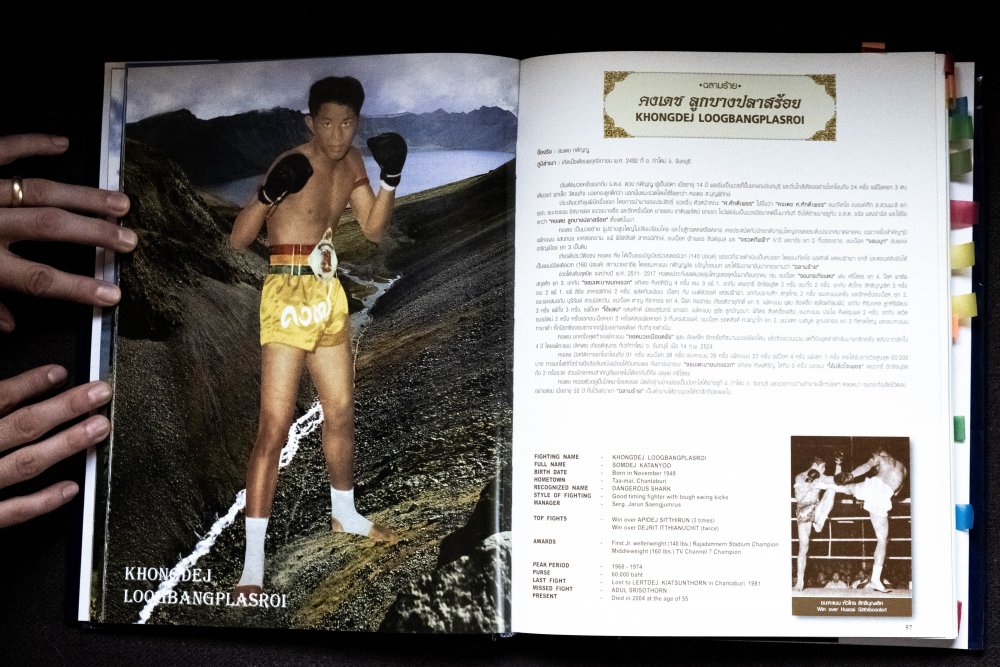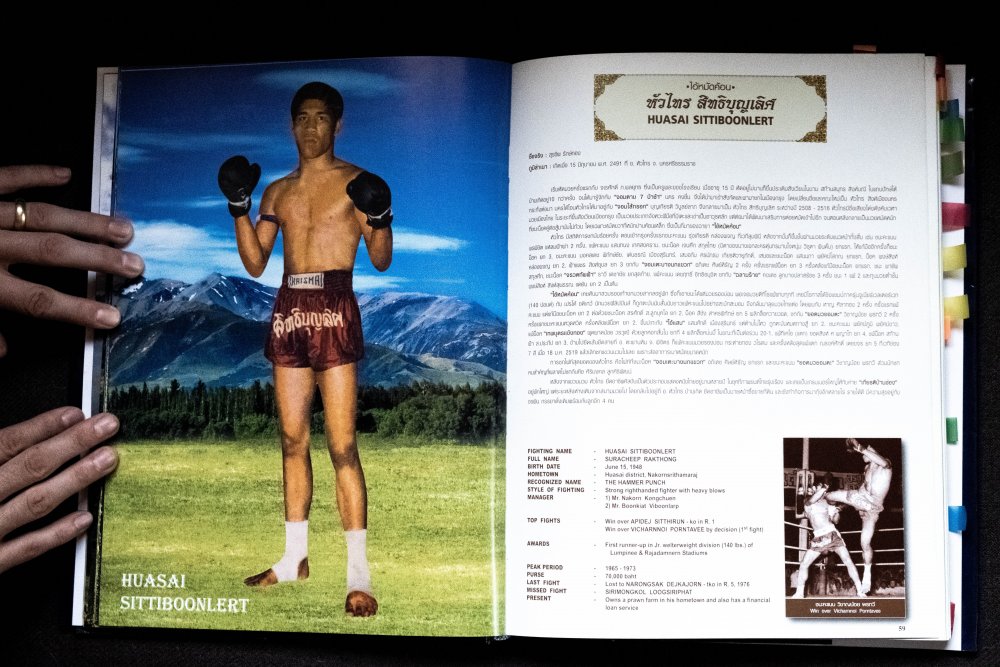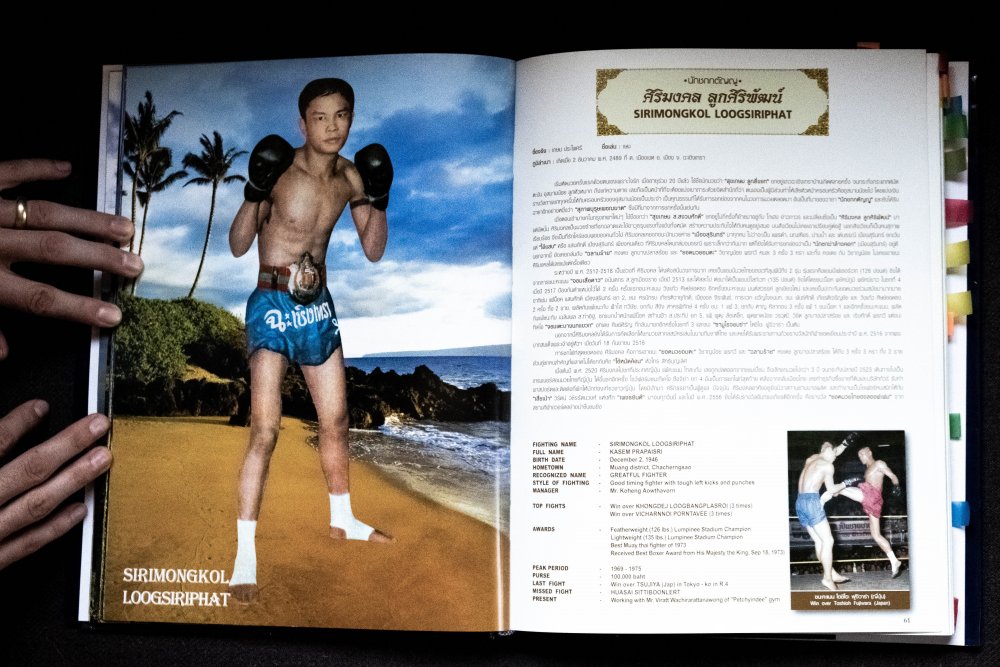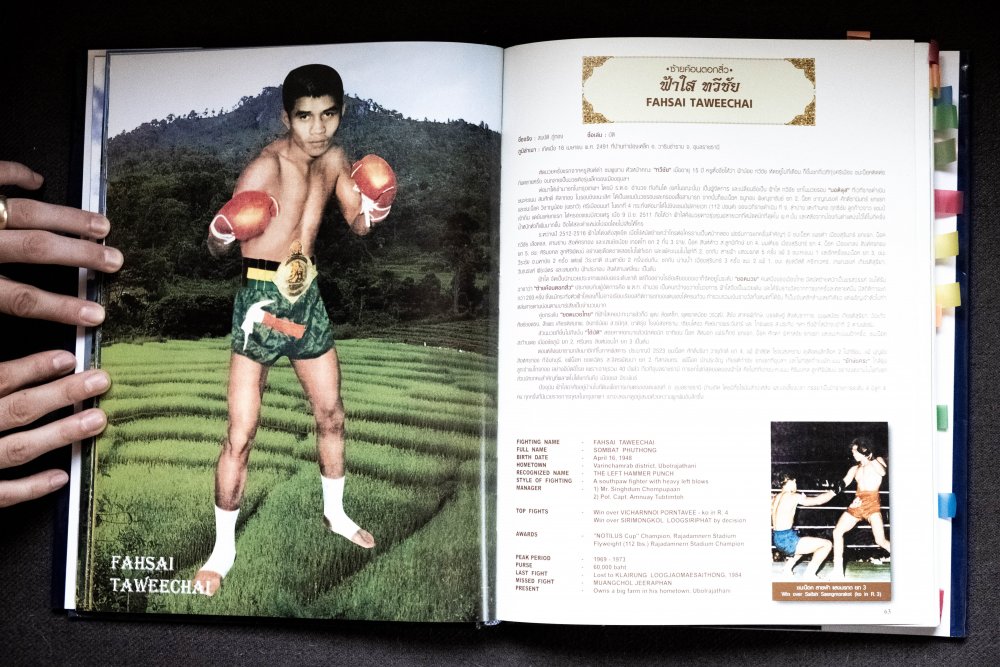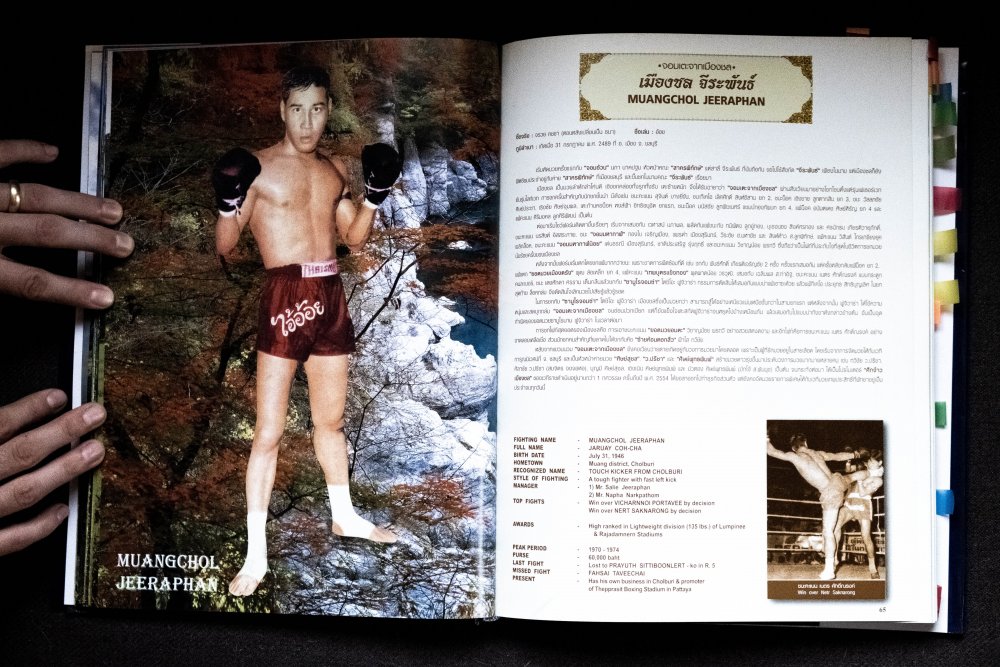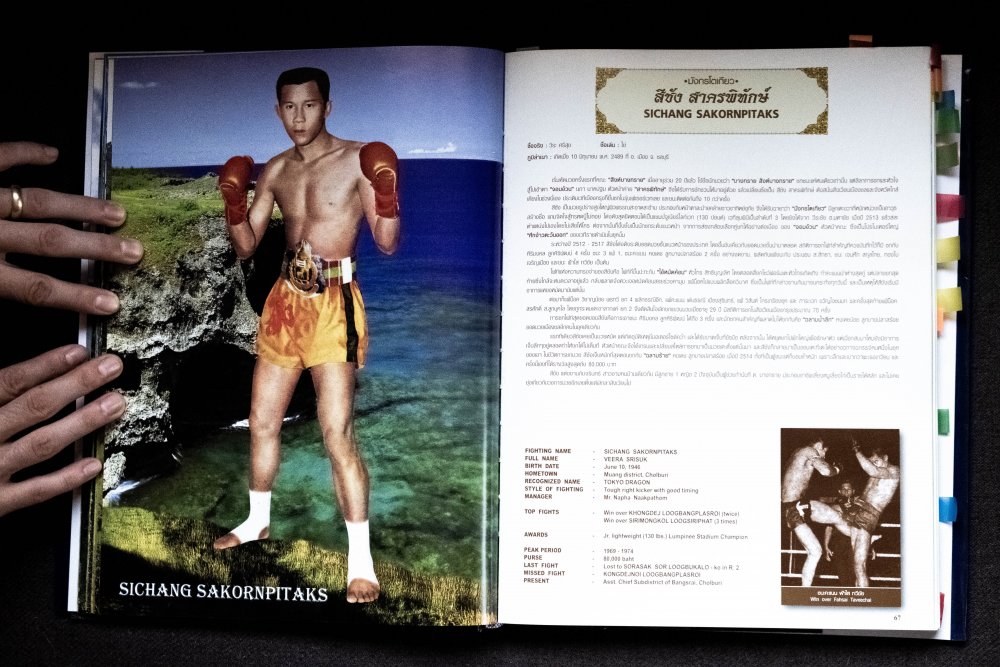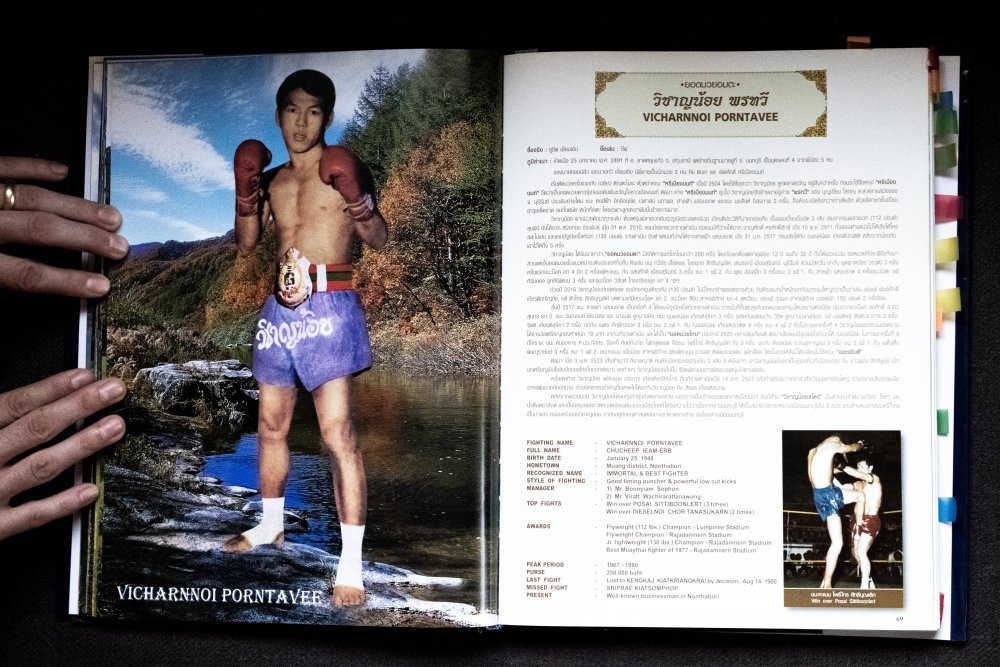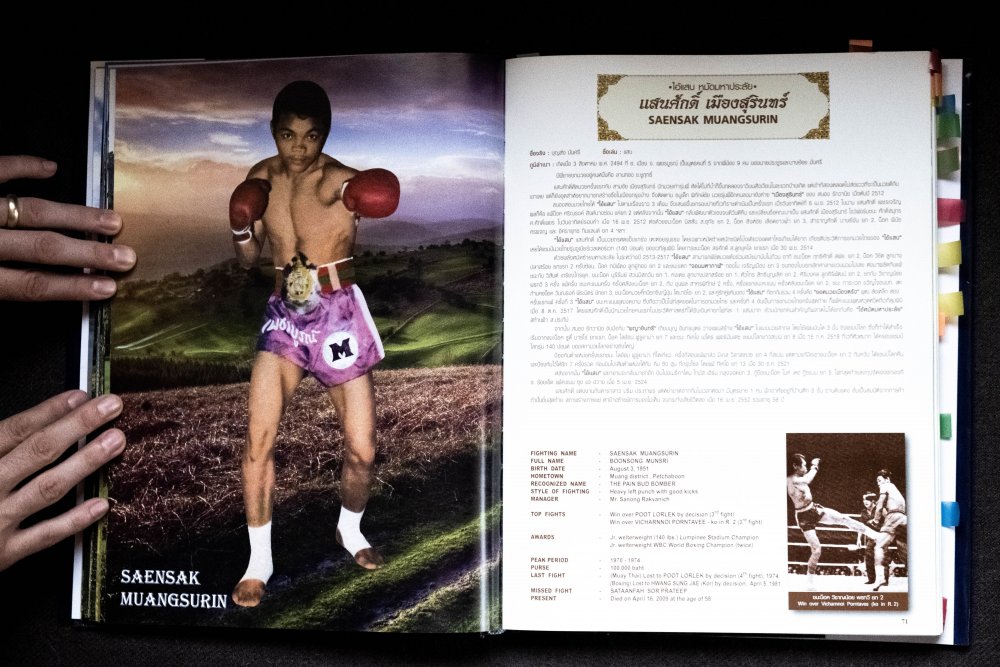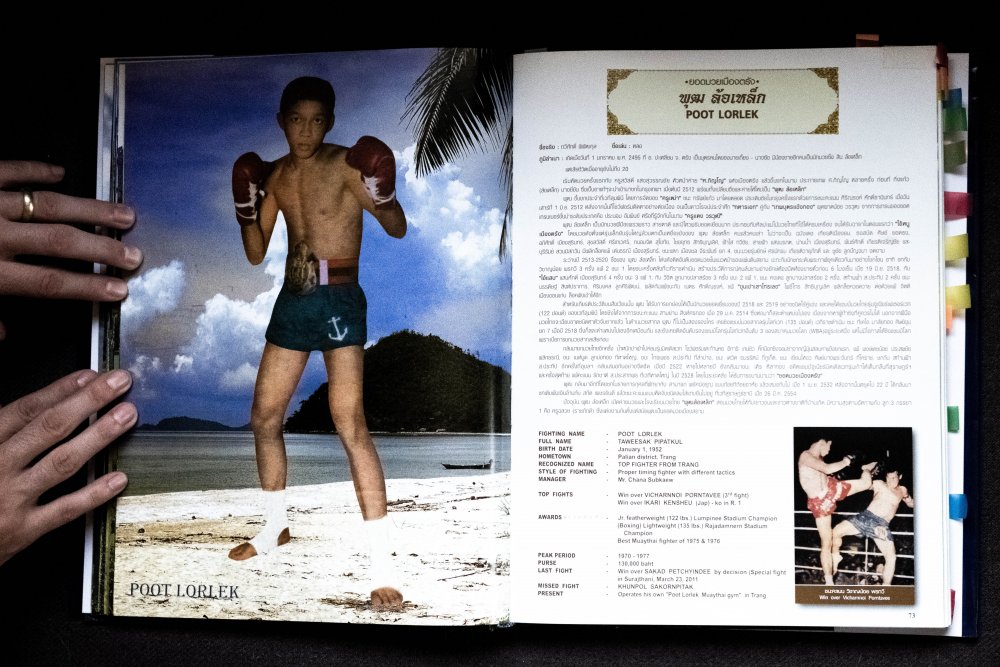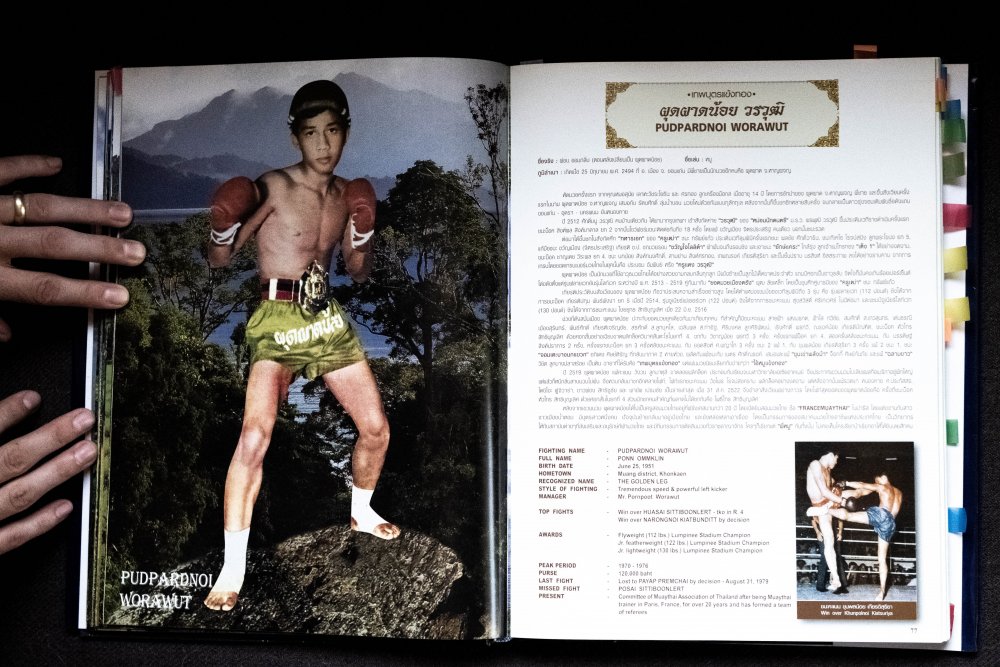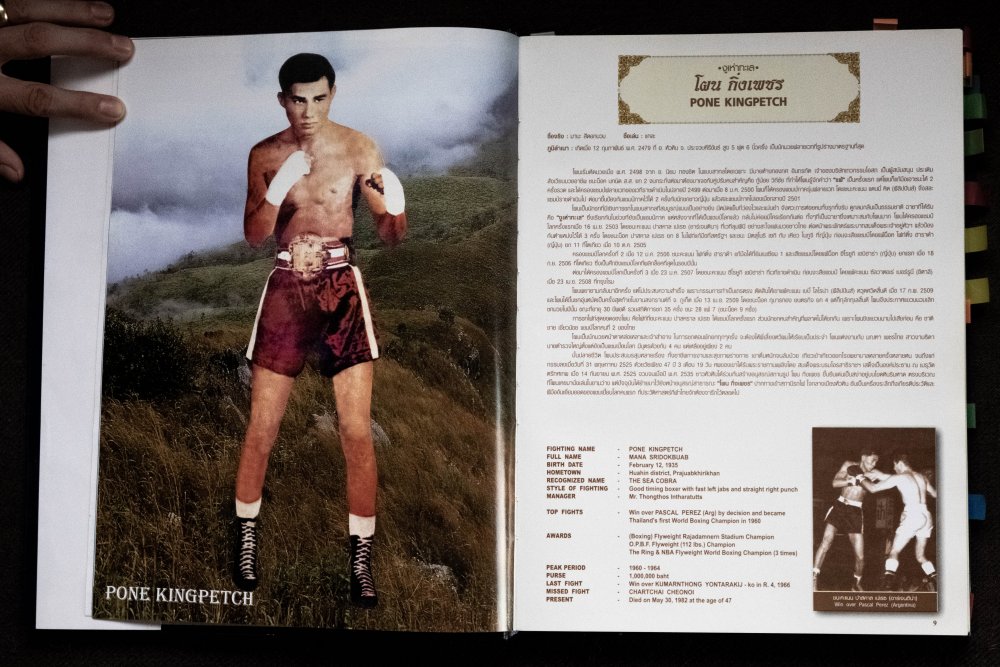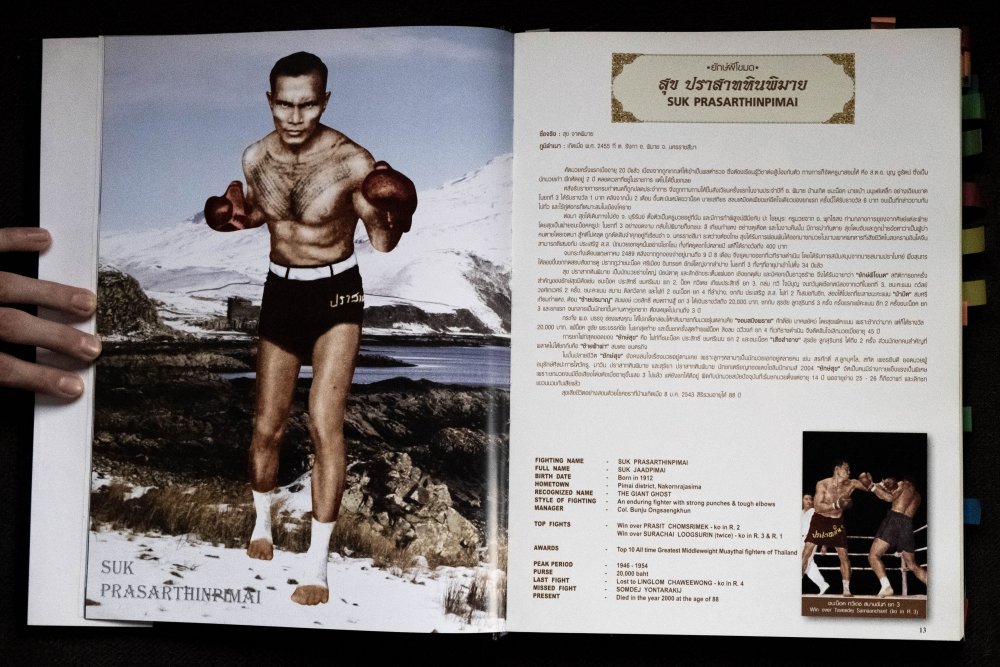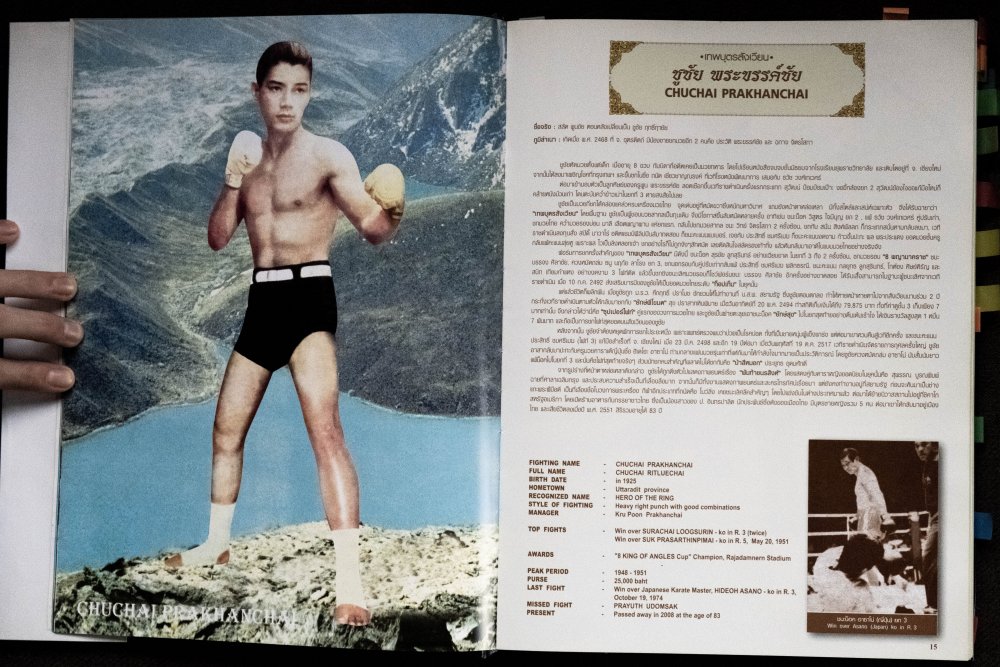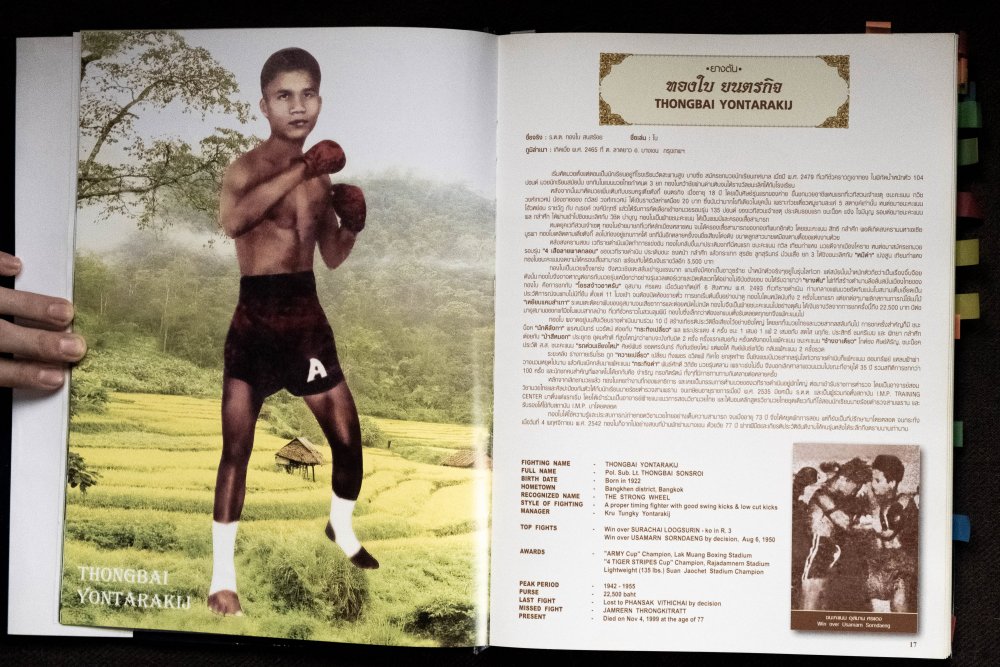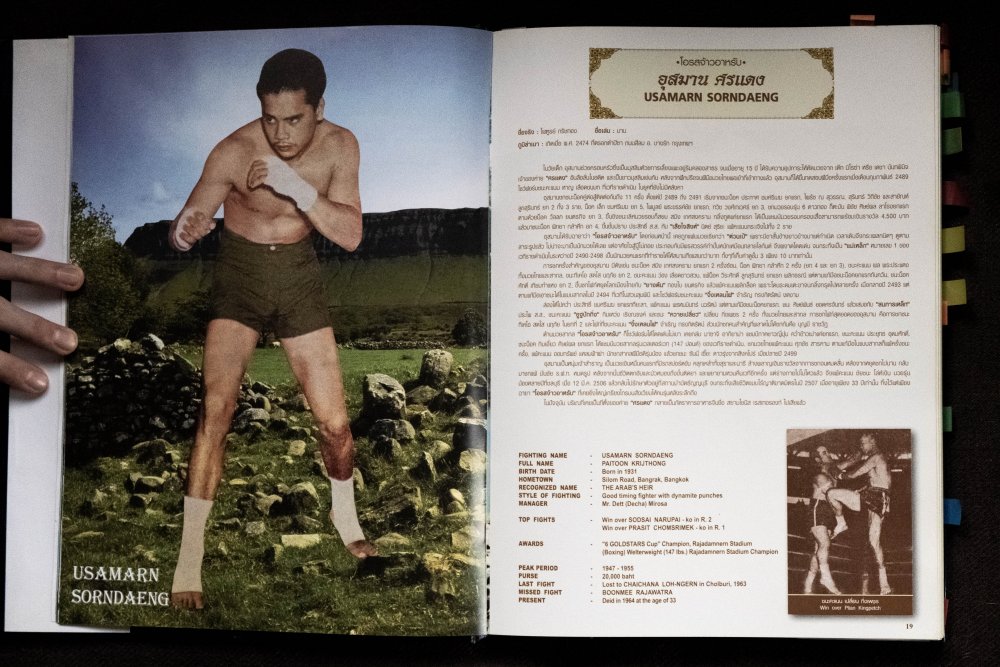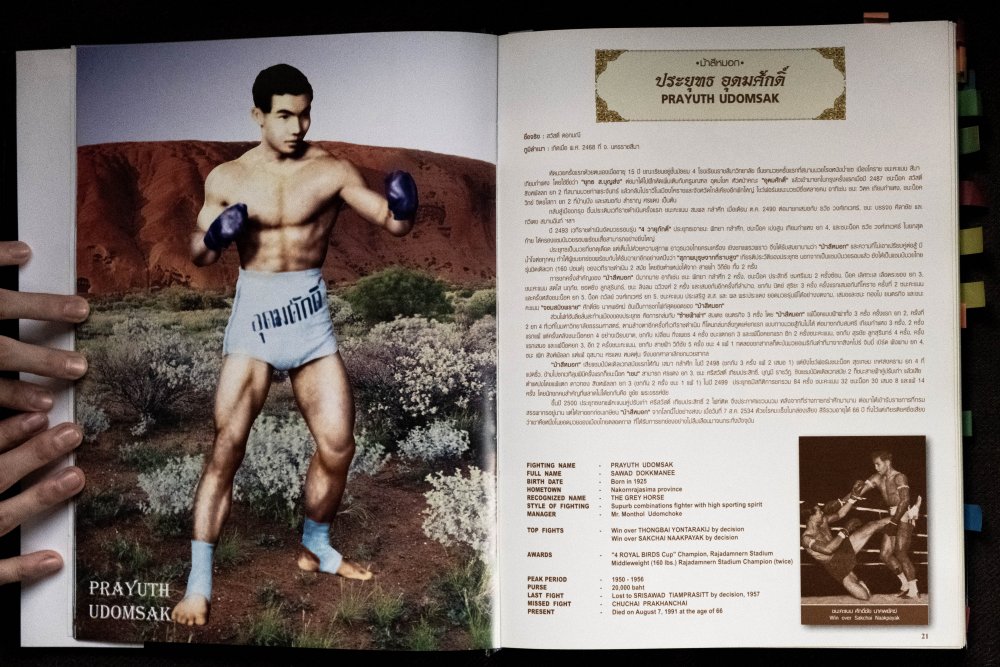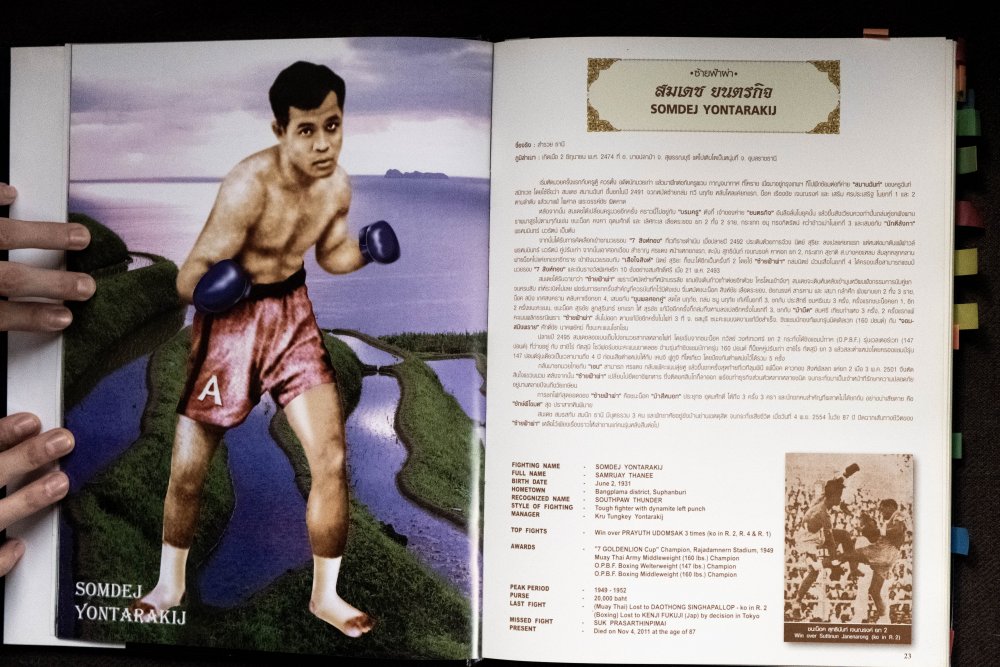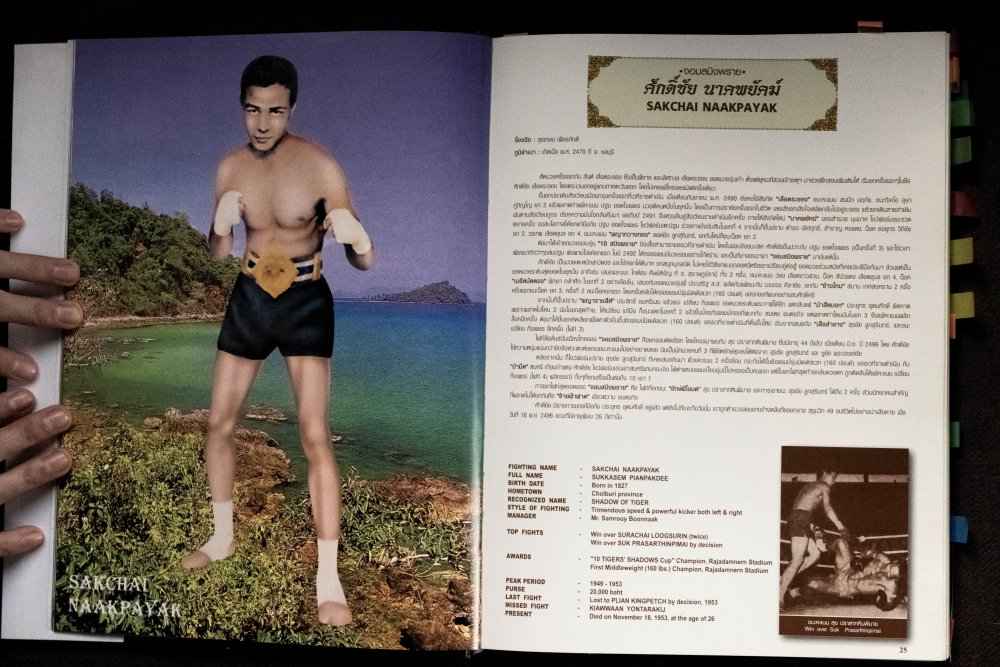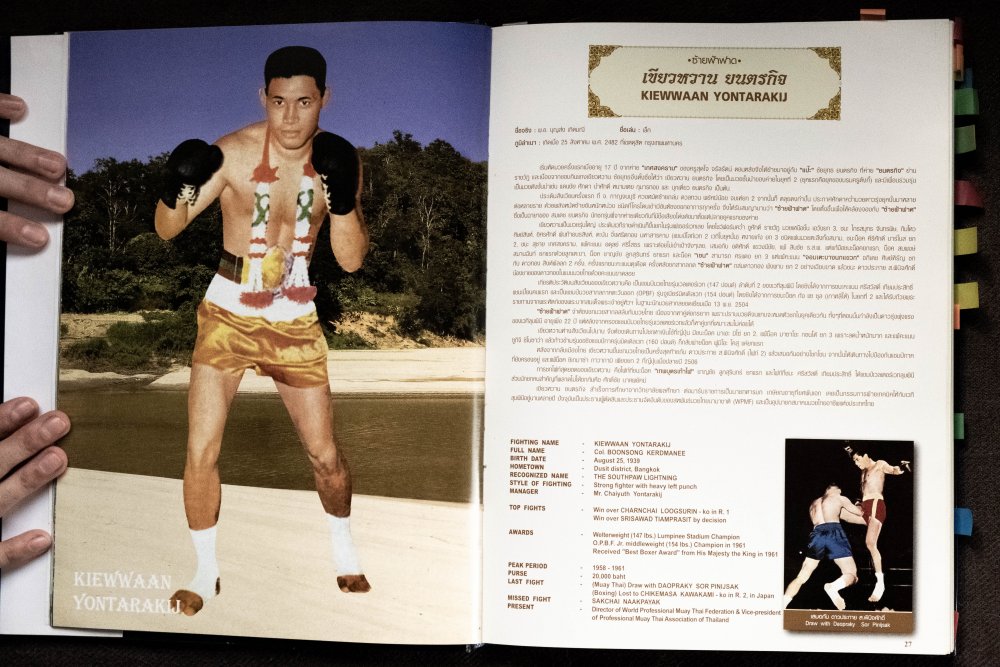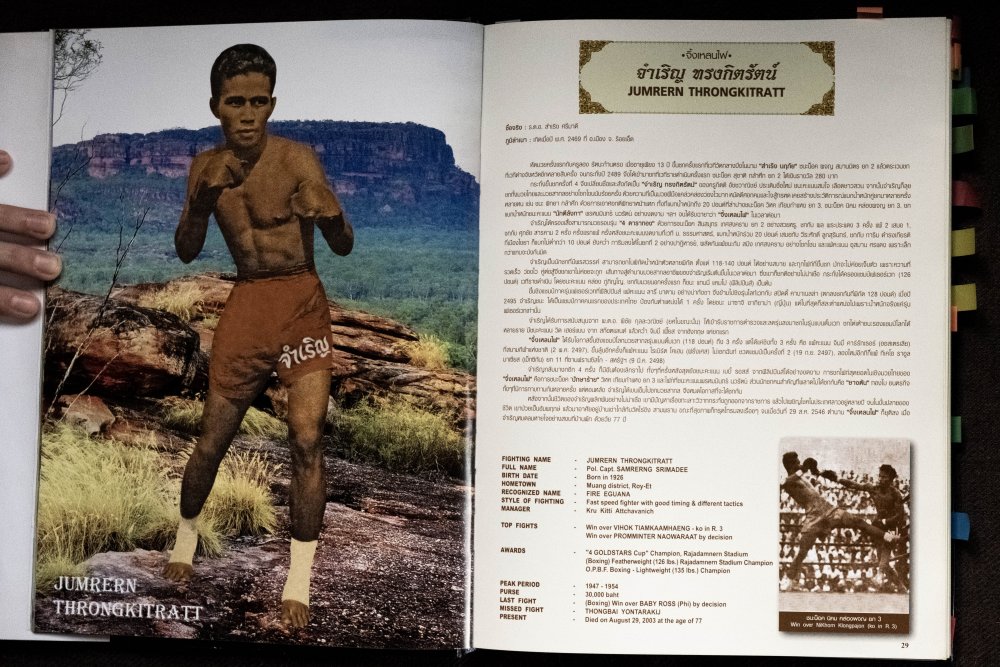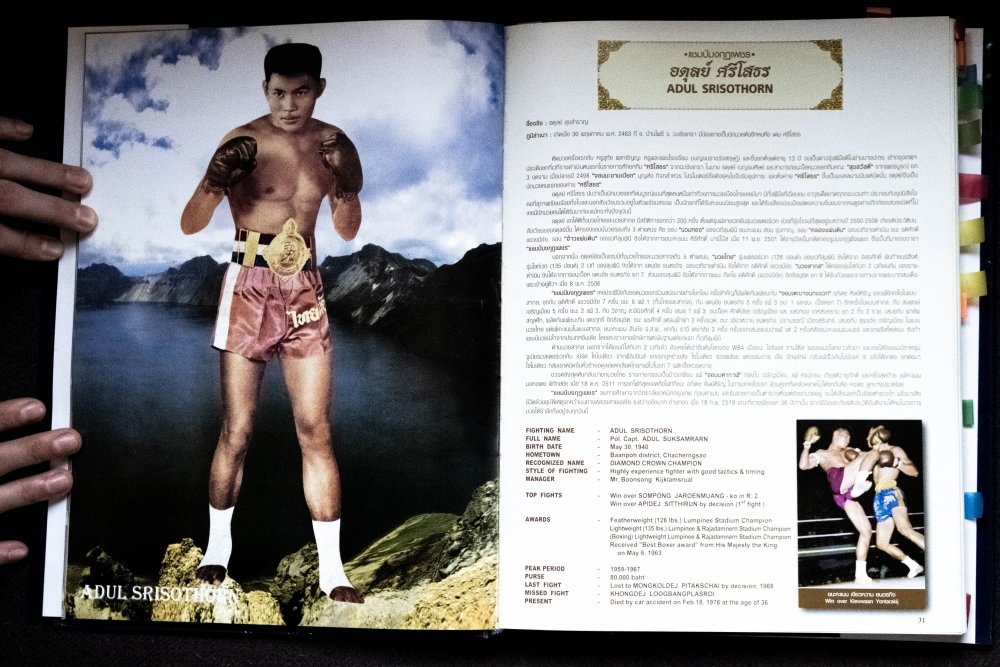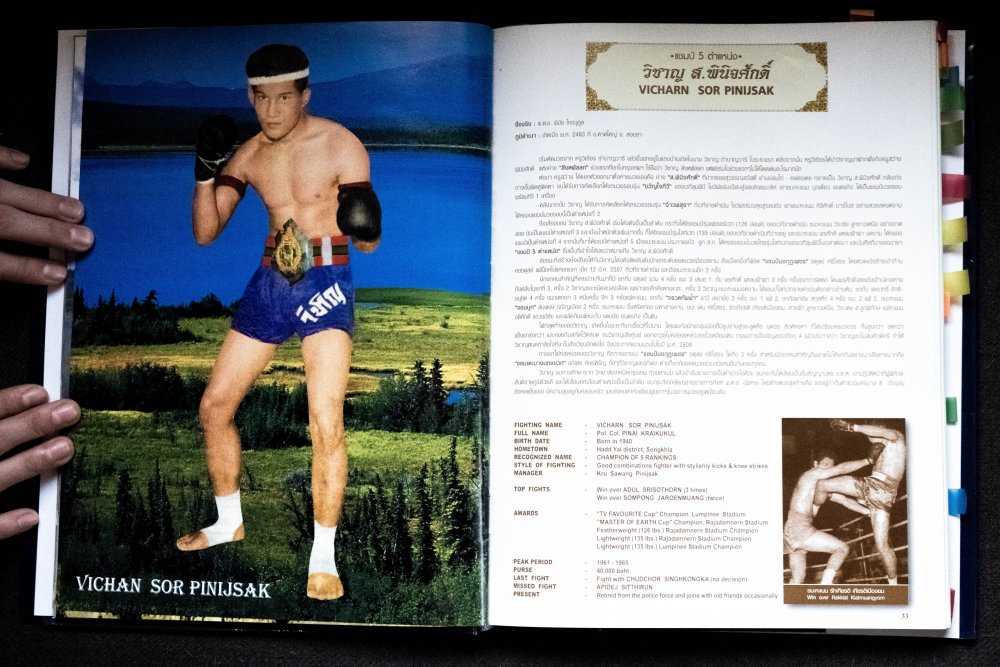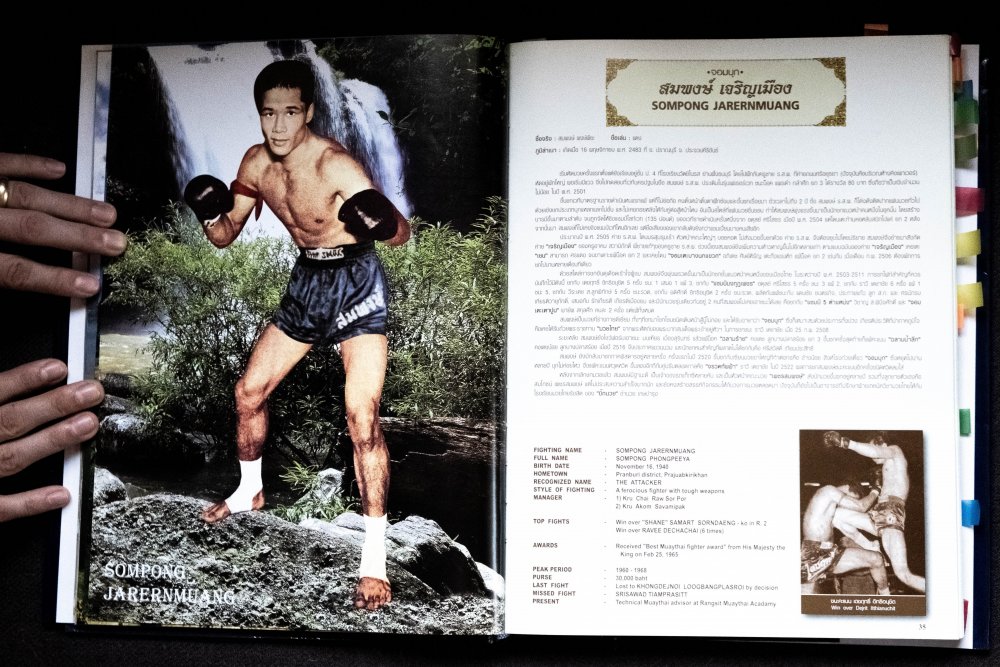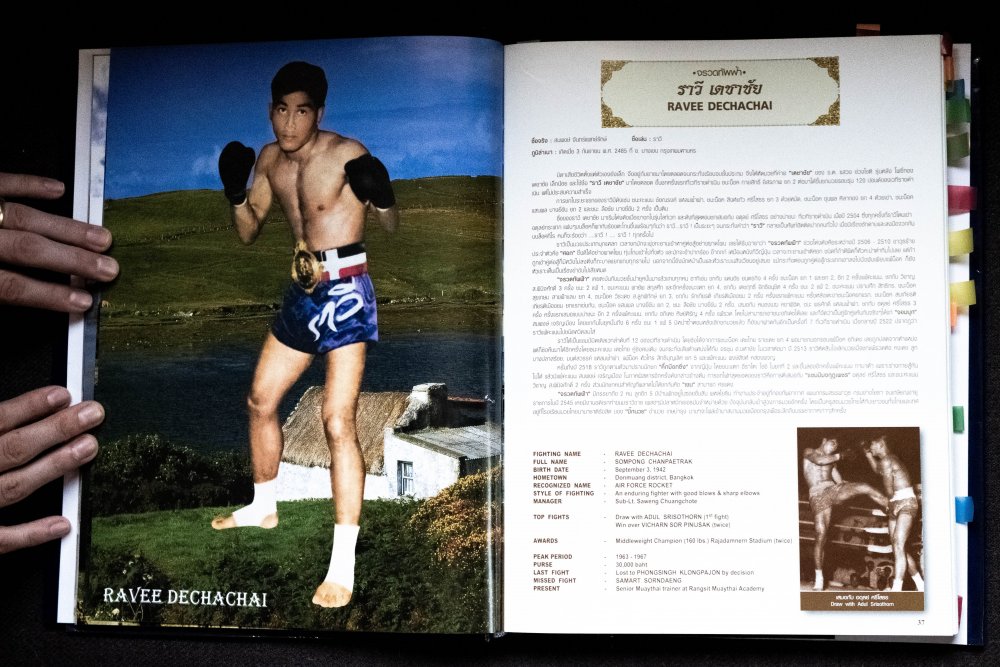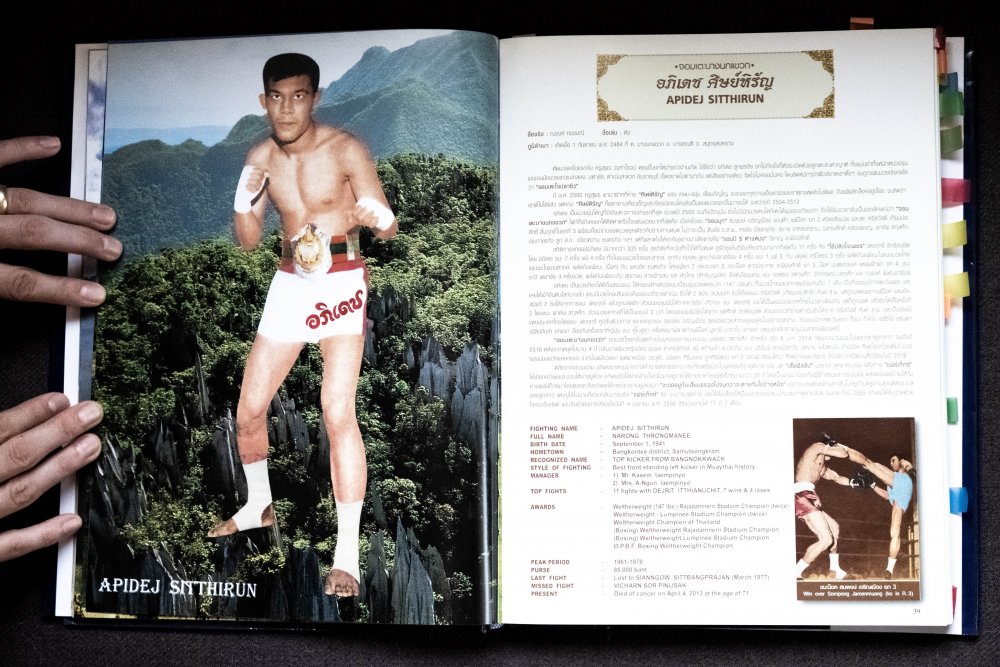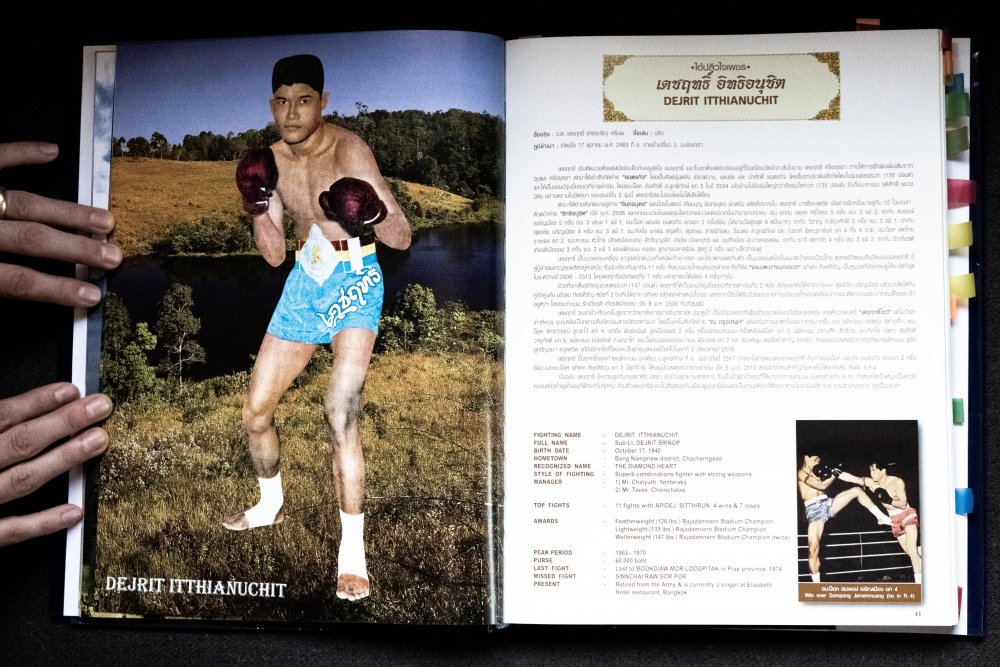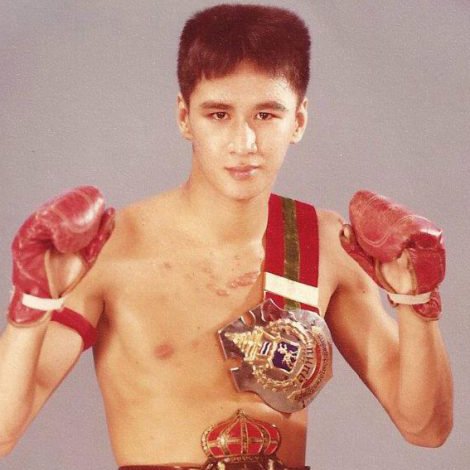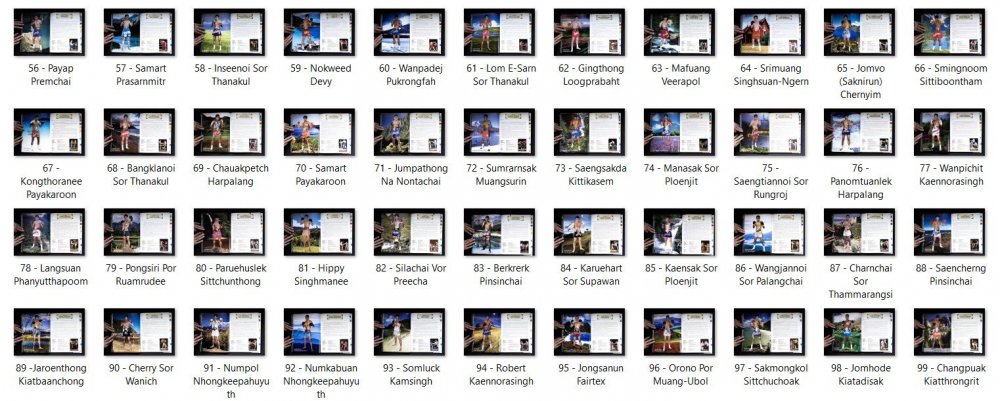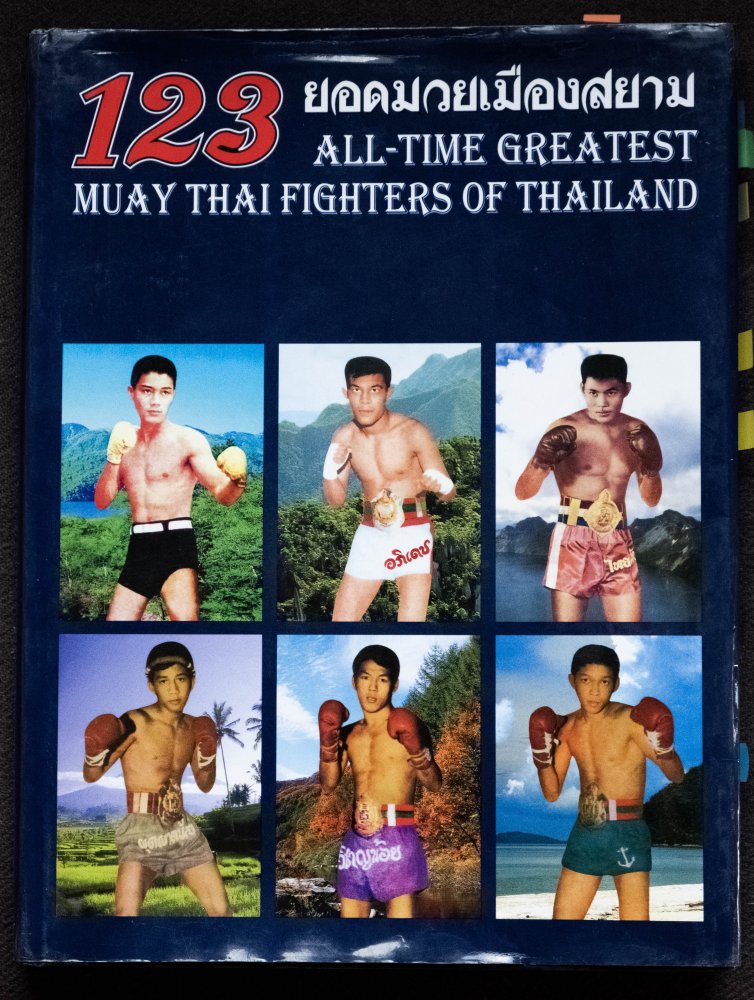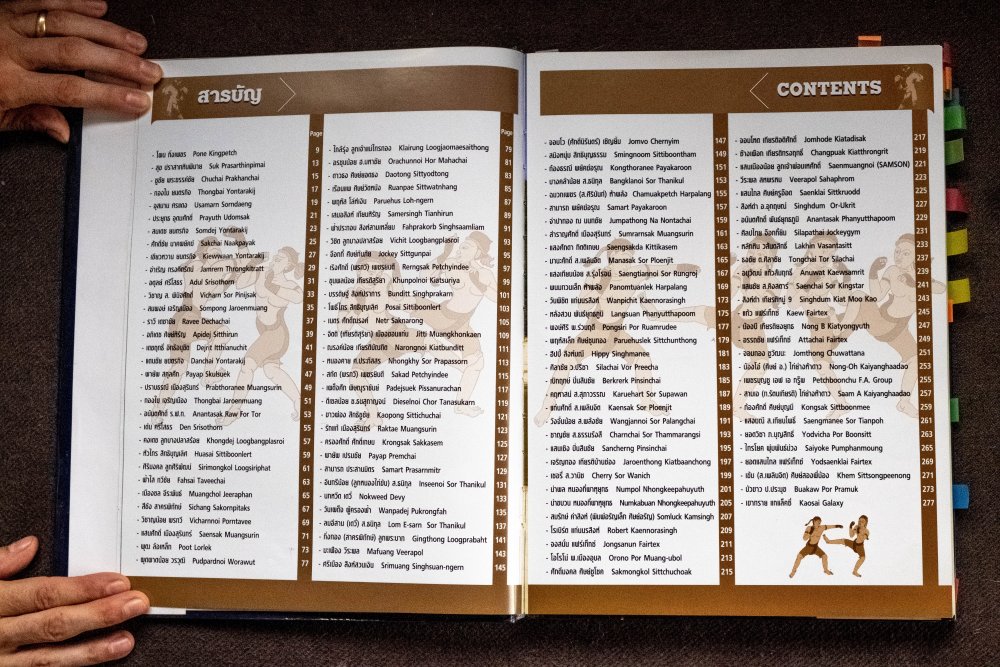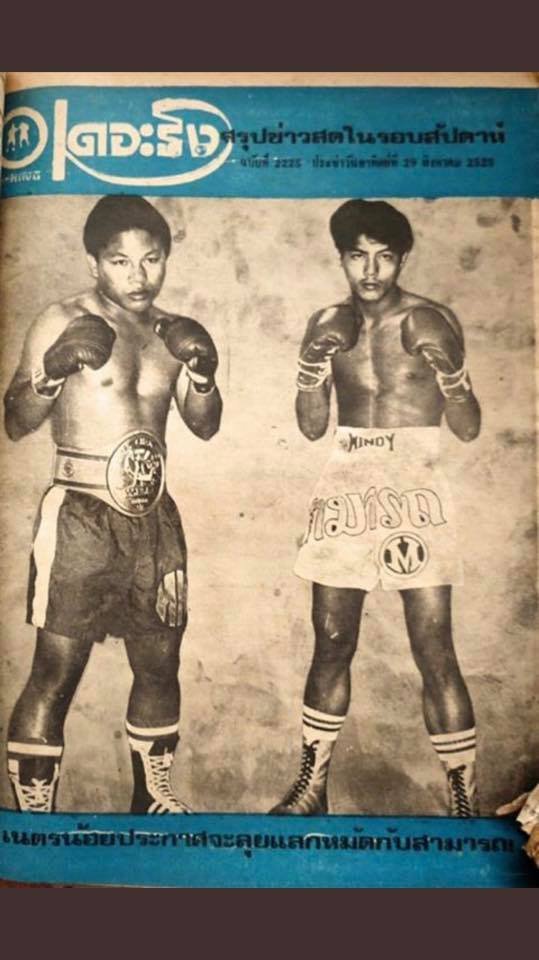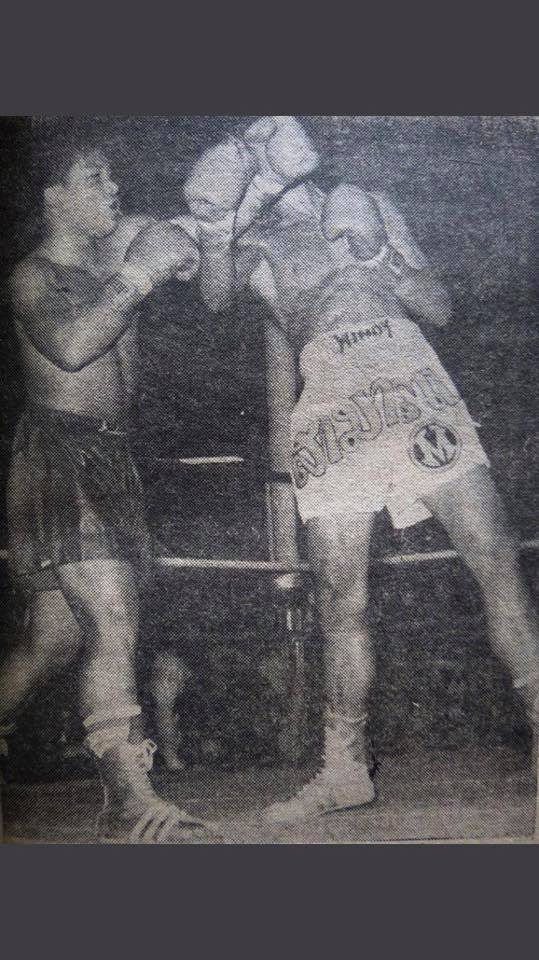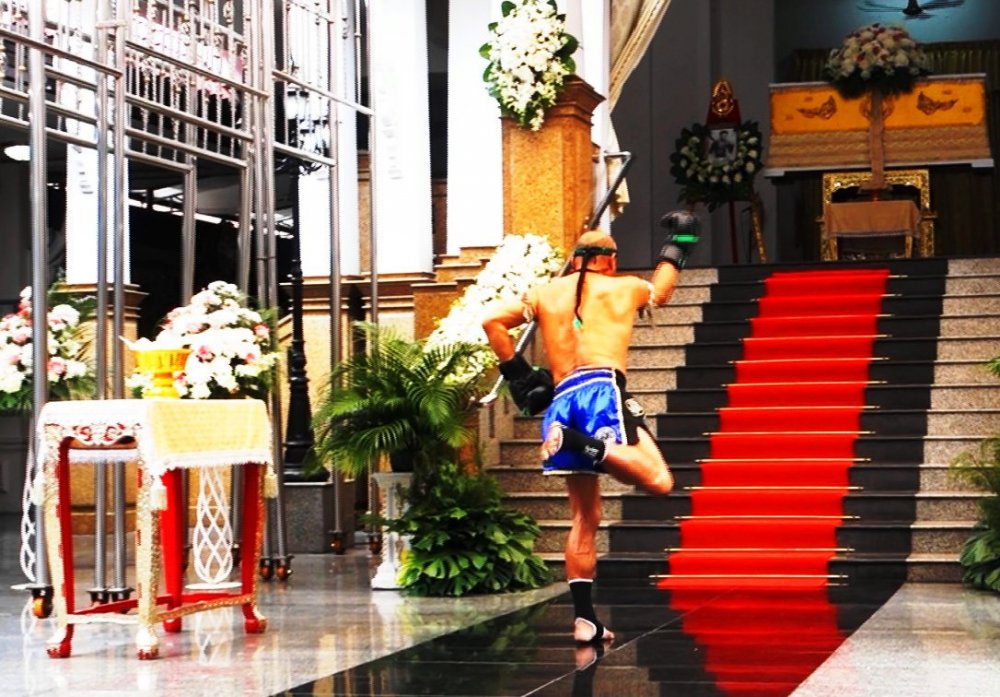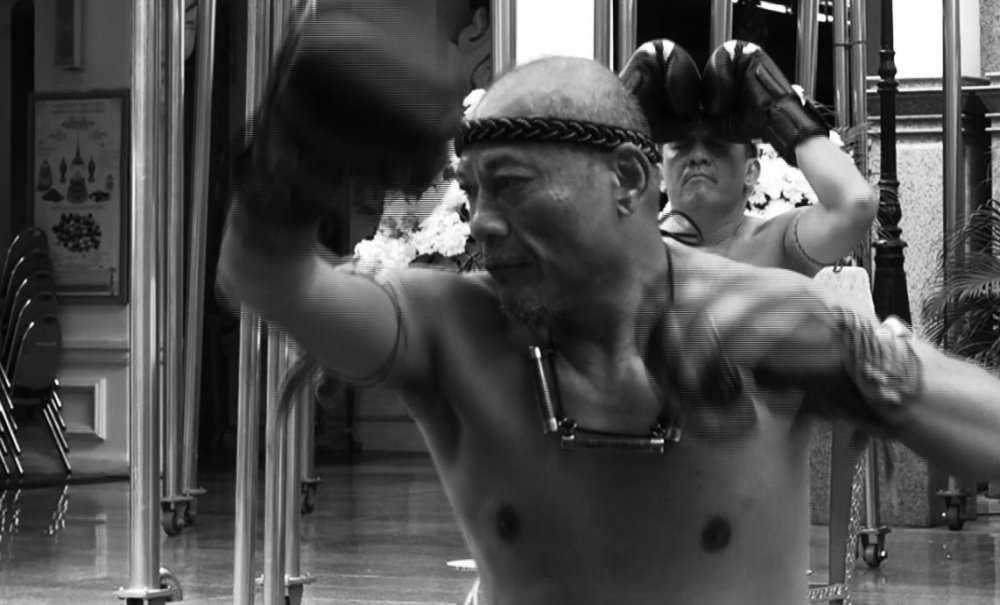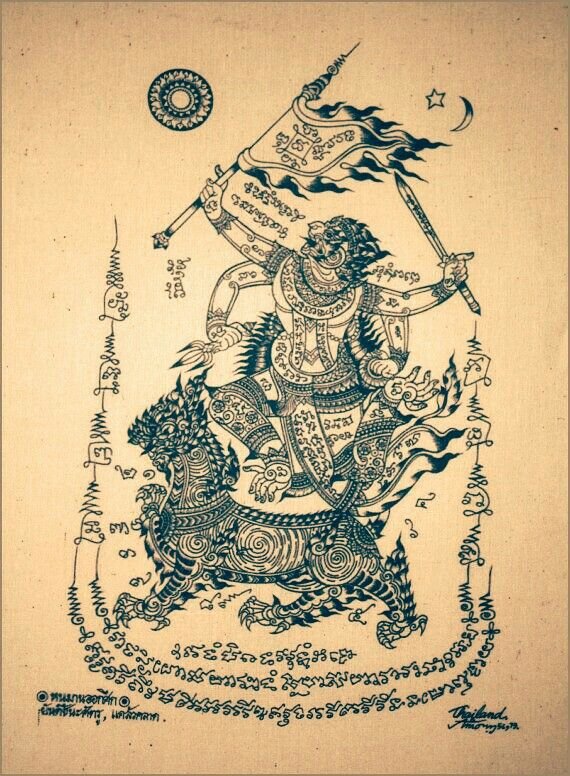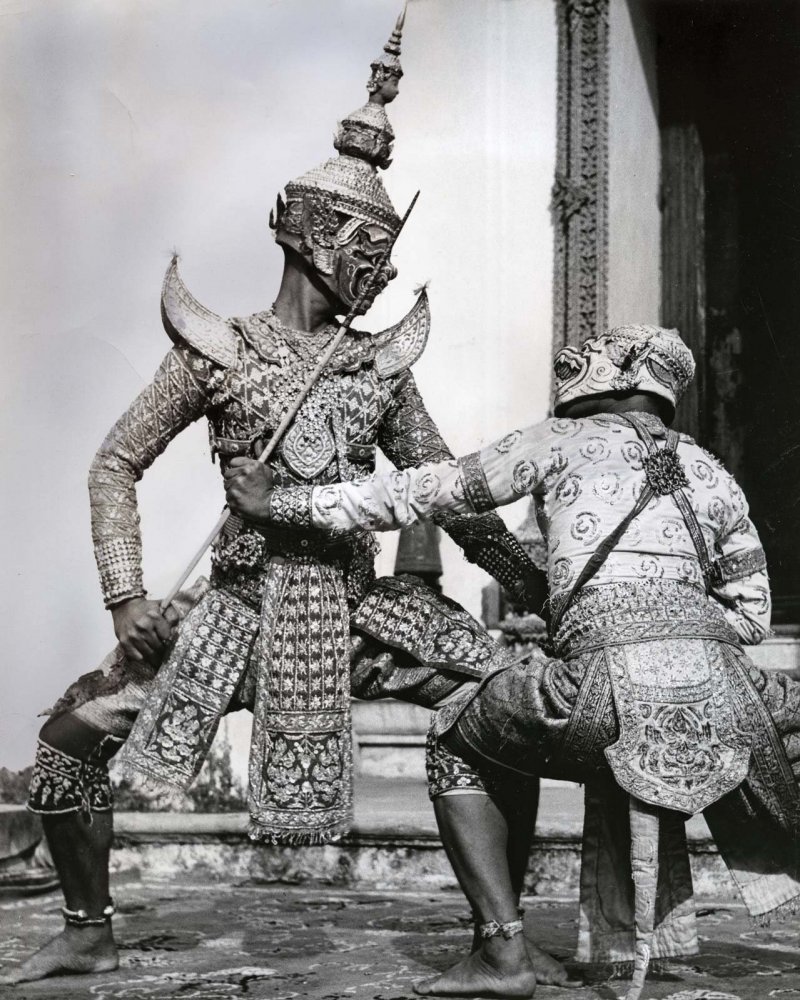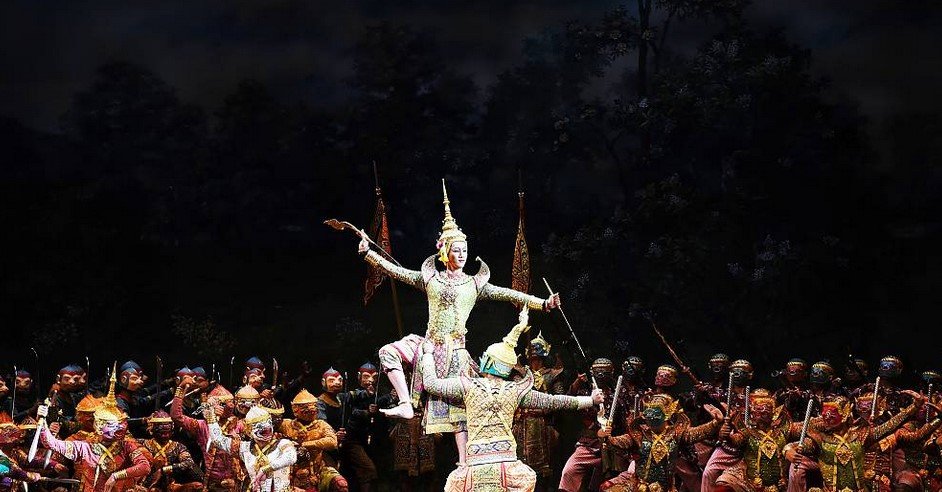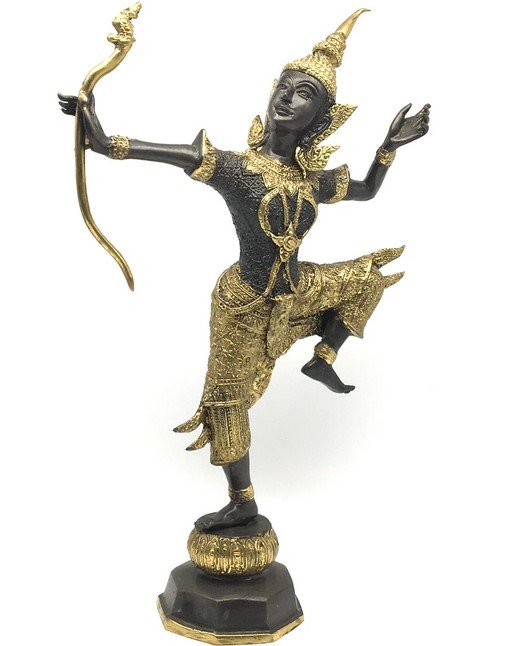-
Posts
2,264 -
Joined
-
Days Won
499
Everything posted by Kevin von Duuglas-Ittu
-
From Googling about several sources suggest that the benefits may come from the idea that ketone energy requires less chemical steps, than the burning of glucose, some of that making it a favored choice during strain. But yes Alzheimer's too. I imagine also that autophagy, clearing out damaged cells, may also help.
-
Sylvie and I have really thought about these things, and in fact recently have been measuring an injury. This the problem, it's very difficult to tell if there is a mild concussion. I mean, if you have nearly zero of the symptoms (fogginess, poor or too much sleep, in ability to concentrate, and the other physical ones you've surely searched), that is a super good sign, but it doesn't mean that there is no brain injury. Because of what you do is prone to mild brain trauma our thought has been: just be super careful and conservative that it is healed. From our Google about 7-10 days, with zero symptoms towards the end, is the broad safe advisement for a mild concussion. The problem with brain injury, even mild injury, is that it makes you more prone to more brain injury. And what you do is full of lots and lots of mild impacts. Even if you aren't sparring or directly getting hit in the head, really vigorous bagwork can be somewhat rocking. You don't want to get on a track where you can't do what you love because a brain injury groove has been worn. We've also paid attention to some research that suggests that a ketogenic diet can be beneficial to brain repair, so being even more super strict against carbs is something we've moved to, and adding Omega 3 fats (fish oil) which also has reported benefits. Who knows with these studies and suggestions, but in a career and circumstance which may produce mild, undetectable but repeated injury, it might be best to be on the safe side. So sorry you got hurt!
-
The challenge to performance is a saying that Jackie Chan once used to describe the "fake" martial arts of some actors in action films. "Brocade leg, flower fist." Your performance is pretty, but there is no power to it, no reality to it, it is just show. In terms of Phra Pirap, too much bouquet, not enough spear. If Samart didn't have stunning power, or tremendously potent timing, his displays of boredom in the ring would have been false, a check written he could not cash. Too much bouquet. What characterizes so much of the beauty of Muay Thai that enthralls westerns is how it is so beautiful, so performed, yet so viscerally powerful, and effective on the whole. Both the bouquet and the spear.
-
I am not versed in BJJ or its history and development, but I am drawn to the debate between Gi and No Gi training. Why train in a Gi, when (in MMA) you will have no Gi? Not to dive into this, invested people have their memorized arguments for one or the other. But what is interesting is the ways in which proponents of the Gi suggest that the Gi forces you to develop techniques and principles (on the broad scale: using less explosive strength, practicing more patience) that one would otherwise have a harder time developing. I suggest that the artifice of Thai Muay Thai, classically, is something like that. It is a kind of scaffolding that encourages the development of skills and tempos that, when they reach the highest levels, become extremely effective, even if the scaffolding is no longer there. It is a composite training. This is the value of performance.
-
I've written before about my theory that Phra Pirap arguably is the god of Muay Thai. There is no such officially designated god, but there is no doubt to me that this deity figure powerfully combines the elements that distinguish Muay Thai from many contemporary forms of combat sport fighting, and is in that way a protector for a call to preserve those precious elements that may very well be lost to globalizing modernity. What I wrote a few years ago: "There is a small holy statuette that sits on a mantel in our apartment. It is a bronze-looking figure of a man, a warrior, posed with a spear pointed upward at a diagonal across his body, and with the other hand near the spearpoint he holds a bouquet of green. His face is that of a demon. His body that of an athlete. He is a little known god, much debated in niche circles, Phra Pirap. He as I understand it is a kind of god of war and battle, but mostly is known as the god of dance, the one that leads the arts. At his left hand come together both the spear point and the bouquet. This the unfathomable combination of what makes up Muay Thai in Thailand. For us in the west there is a fundamental division in how we parse the world. There is the "real" and the "unreal". In Thailand these two things come together to braid into something else. People looking at fights want to say "that's a fake fight!" or "that's a 'real' fight!". What makes them real or unreal are supposedly the intention of the actors. But because Muay Thai is an art, and not only a sport, these things come together. It is ultimately both dance and violence. The reason for this is timing. Phra Pirap happens also to be the god of timing. Of finding the perfect moment. Nietzche made a big deal of this in Beyond Good and Evil. In Greek there are two important fundamental kinds of Time. Chronos is circular time, the time of the seasons. Kairos is the time of the moment, the perfect moment to act. Kairos makes an incision in Chronos. Phra Pirap is the god of Kairos. This is why he is god of the dance. This is why the Muay Thai of Thailand is both real and unreal. It carries the power of artifice into the world of the "real" of violence, to steer it. It recognizes the moment of change, and therefore may spend much of its time in the realm of the fake, the performed. It is steering the cooling schedule of the steel, when all the molecules are afloat and changing their positions. In the west we only think of linear time. For us the "real" of fighting is merely the degree of "heat" in a fight, and the application of force of one body against other bodies. In Muay Thai, for Phra Pirap, it is the point in the circle when real change can happen, it is the art of taking hold of that change and shaping it to a valued outcome. It is where the spearpoint and the bouquet come together." - original context here Some years on I reflect back upon how much I've come to believe this. It's why Muay Thai krus will urge you over and over "timing", "timing", "timing". Or, why legends will praise Samart's genius as found in his "eyes". The god itself appears to be a syncretic fusion of two gods, one related to the destructive powers of Shiva (hence the spear, perhaps), an emanation of Shiva, the other is the presiding god of Dance and Music, of performance. One of the conundrums that westerners face when trying to really delve into the intensity of Thai Muay Thai is how much the aesthetics of scoring in face relate to performing postures, senses of timing, playing narrative themes in a round or across rounds. These are the art of the sport. We in the west, especially the era of MMA's demystification of Kung-Fu and Karate bullshido, versions, experience the term "art" much in the vain of artifice. Something unreal. Something just surface. What traditional ring Muay Thai embodied though, I believe, are the affective potentials of performance, the unconscious fathoms of what a fighter can draw out far, far beyond "perfect" technique, or practices patterns. This, I sense, is the power of where Phra Pirap reigns.
-
We've heard from different people with varying success in trying to order the book through email from them (some complaining that there was no response). But I suspect that they have improved their process over the last couple of years since we first brought this book to everyone's attention. If it arrives safely please update us so everyone can know!
-
Each photo should be enlargeable. Do consider finding a way to purchase the hard copy, if you have a way to get to the Thaismai store in Bangok. Here are our two walk throughs. We brought some copies of the book up to Chaing Mai to be sold at Pi Boy's Thaikla shop, which sold out pretty quickly. And this was a previous walk through visit:
-
If you want to understand the performative, operatic qualities and meanings of Muay Thai, consider the powerful role of performed "fights" at cremation funeral ceremonies. Here are legends Sagat and Pudpadnoi "fighting" at the cremation of the legend Sirimonkol: In world of Muay Thai as mashemup, as brought on by hybrid shows designed to appeal to younger, more internationalized Thai audiences, and to westerners as well, such performances would become meaningless displays...because "display" in Muay Thai would have lost its meaning, at least in its deeper context. Read about this funeral here.
-
I've always been fascinated by the performative dimension of Muay Thai. Of course there is the strictly danced portions of a fight, the Wai Kru/Ram Muay (in which deities are actually embodied), but also more subtly the role that posture, (Ruup), balance, (Ning) play in not only its aesthetics, but it's scoring. From the mechanical Force = Mass x Acceleration calculative brain, all these dance dimensions are read as artificial, ineffective, or even "fake", but for Thais instead they affectively tap into the deeper potentials of fighting, drawing on principles that make the fighting of Thailand ascend. In reading about the history of Muay Thai and it's role in the royal court, the way that it was presented to early foreigners, it seems like it was very closely related to traditional Thai Dance. You can read this article about a farang studying Khon Dance to give a sense of what Khon is. This is likely why Hanuman, the Monkey King, is read as a definitive Muay Thai fighter in prowess. above, Ravana, the demon king, fighting the white monkey Hanuman, in khon masked pantomime. I've long thought that Vishnu's ethereal archer's repose helps explain just how beloved Samart's disinterested Muay touches a loyal, aesthetic nerve in Thai audience. Samart, I contend, is read - perhaps unconsciously - as Vishnu/Prince Prah Rama (in the Thai version of the Hindu epic, some sources say Ram is a reincarnation of Buddha, and not Vishnu). And this means something. Muay Thai, ultimately, at its root, is operatic. This is much of what is at risk of being lost as it careens towards western Maul Ball, and mash-em-ups. It isn't just that the fighters and fights are becoming more unskilled, but also the sport and art is becoming unmoored from the deeper potentials of what it has been and what it is.
-
Going to thailand for 3 months
Kevin von Duuglas-Ittu replied to Nadiyaz's topic in Gym Advice and Experiences
I don't really know costs around Santai. Maybe contact their Facebook page and ask them what a suitable budget would be?- 17 replies
-
- chiang mai
- thailand
-
(and 1 more)
Tagged with:
Footer title
This content can be configured within your theme settings in your ACP. You can add any HTML including images, paragraphs and lists.
Footer title
This content can be configured within your theme settings in your ACP. You can add any HTML including images, paragraphs and lists.
Footer title
This content can be configured within your theme settings in your ACP. You can add any HTML including images, paragraphs and lists.
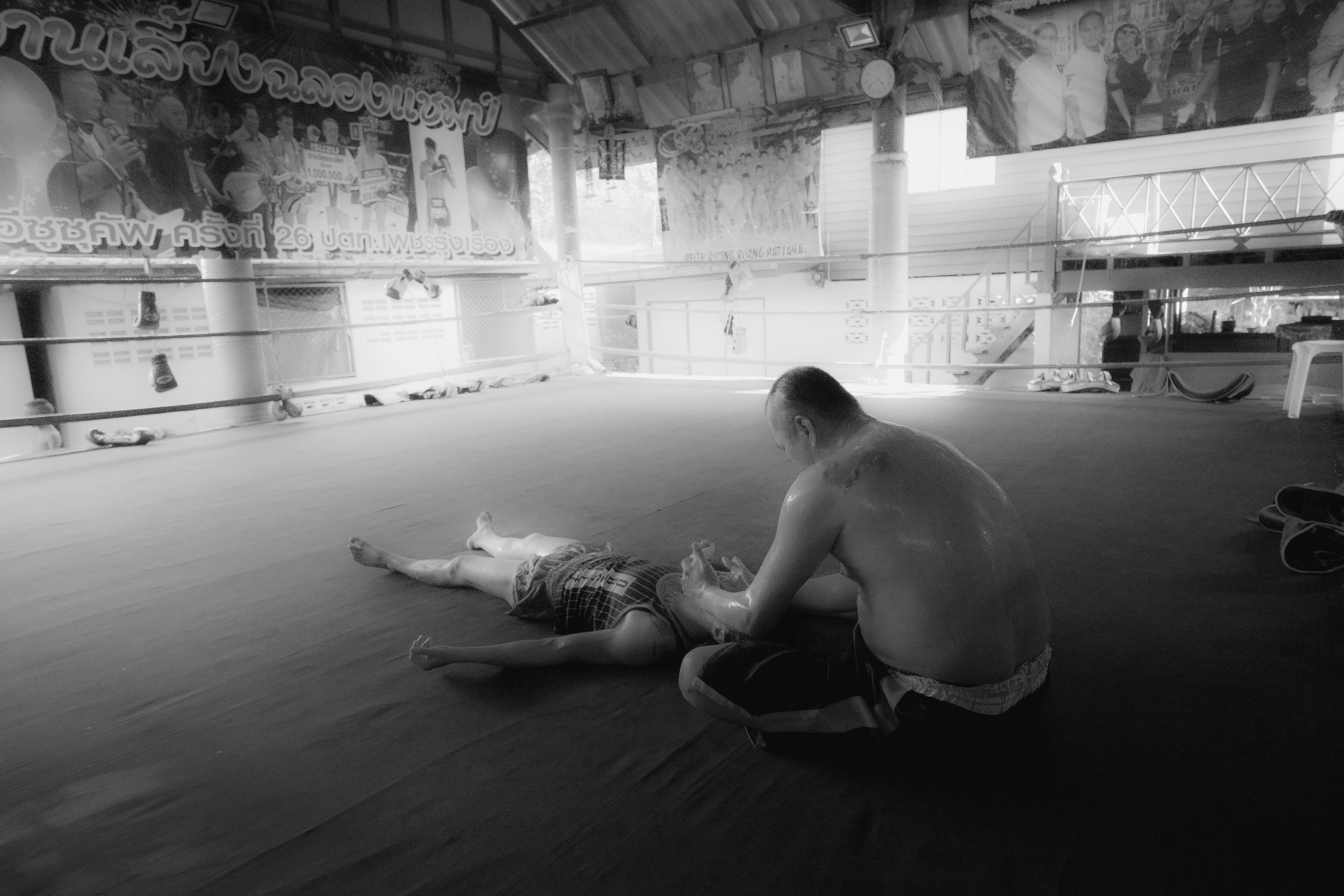

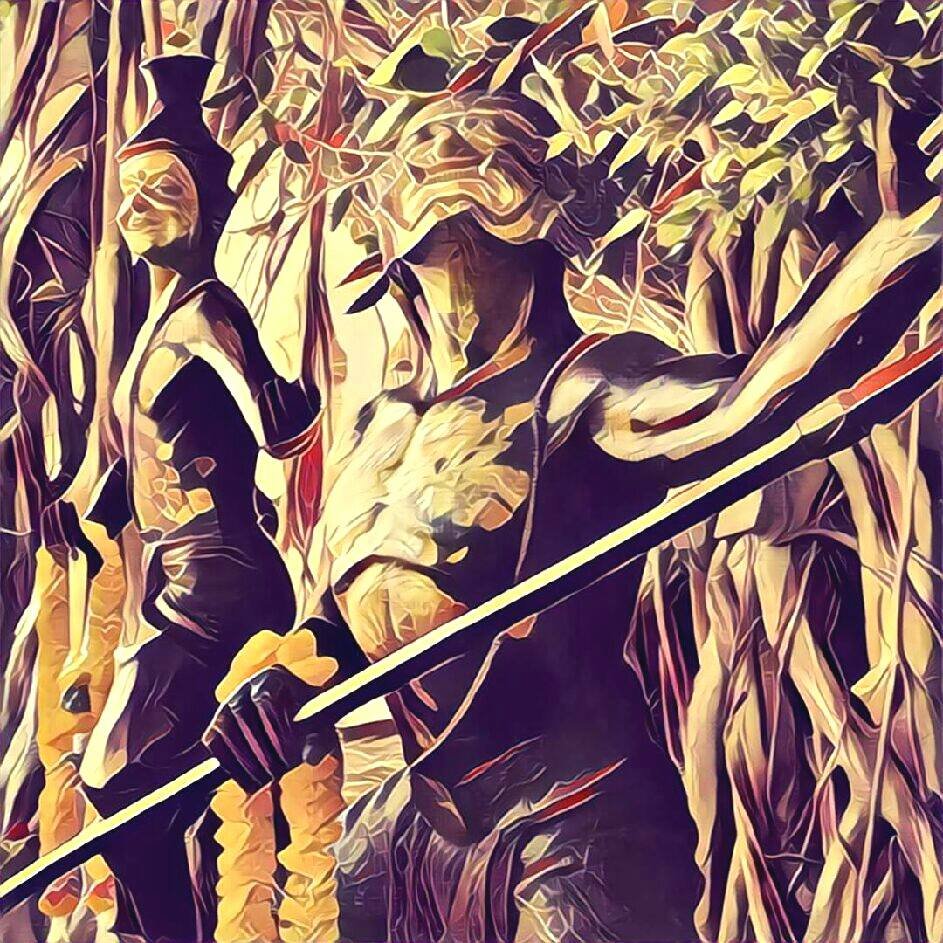

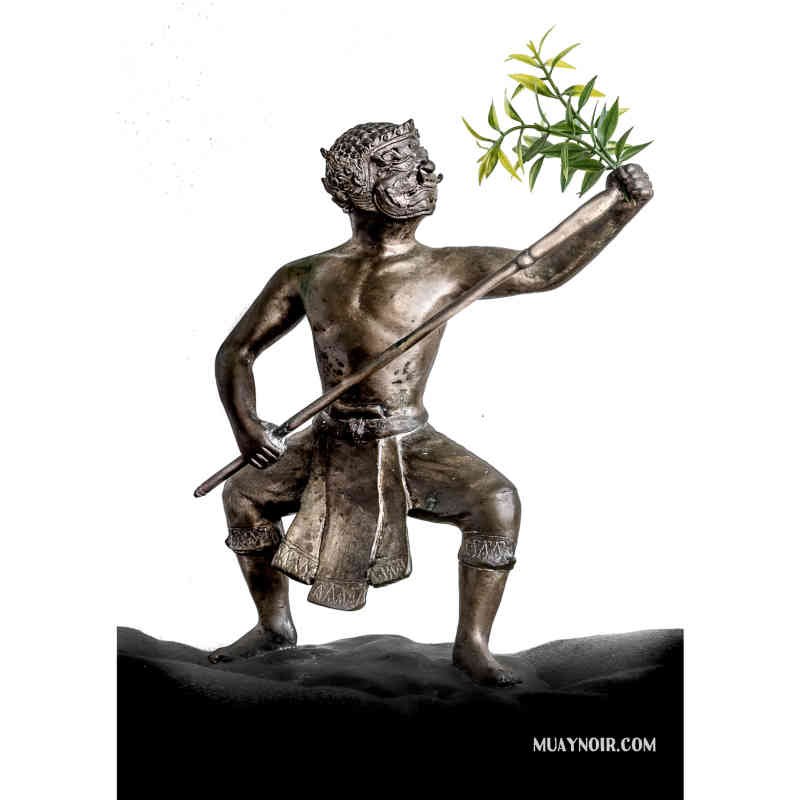
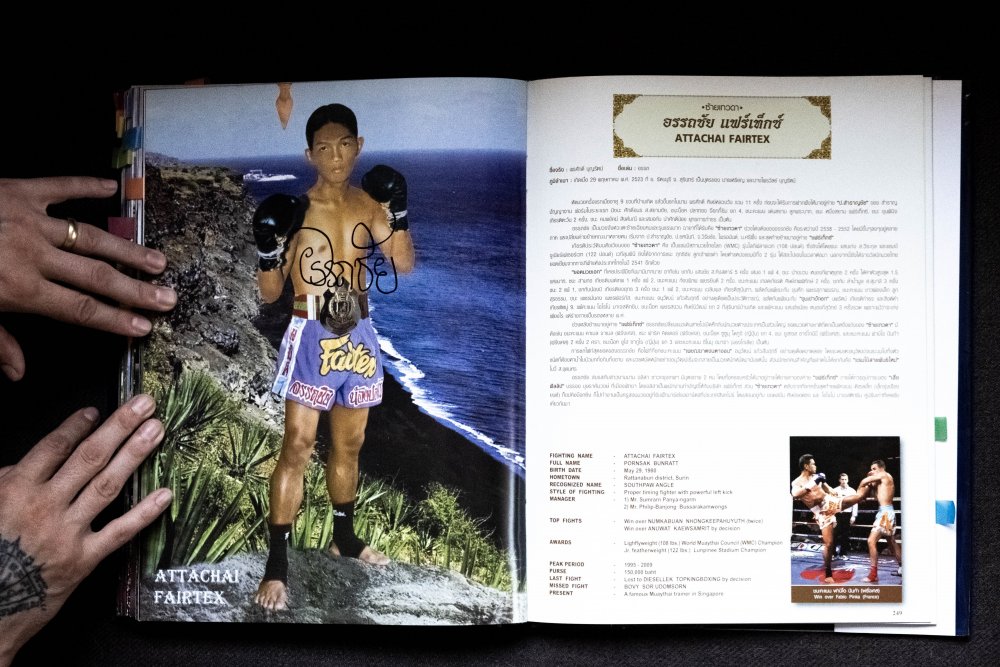
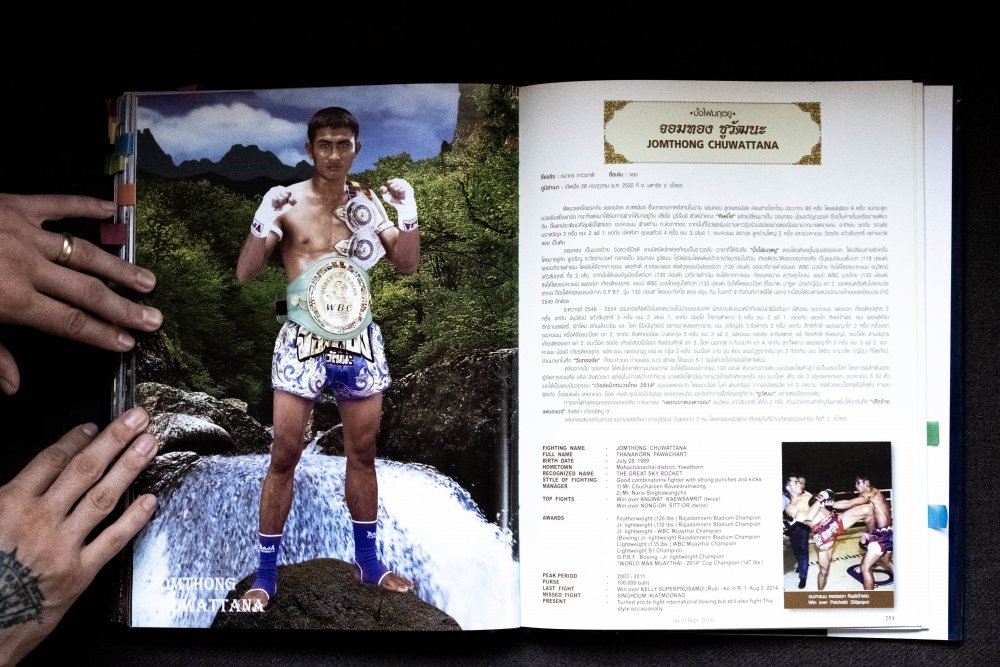
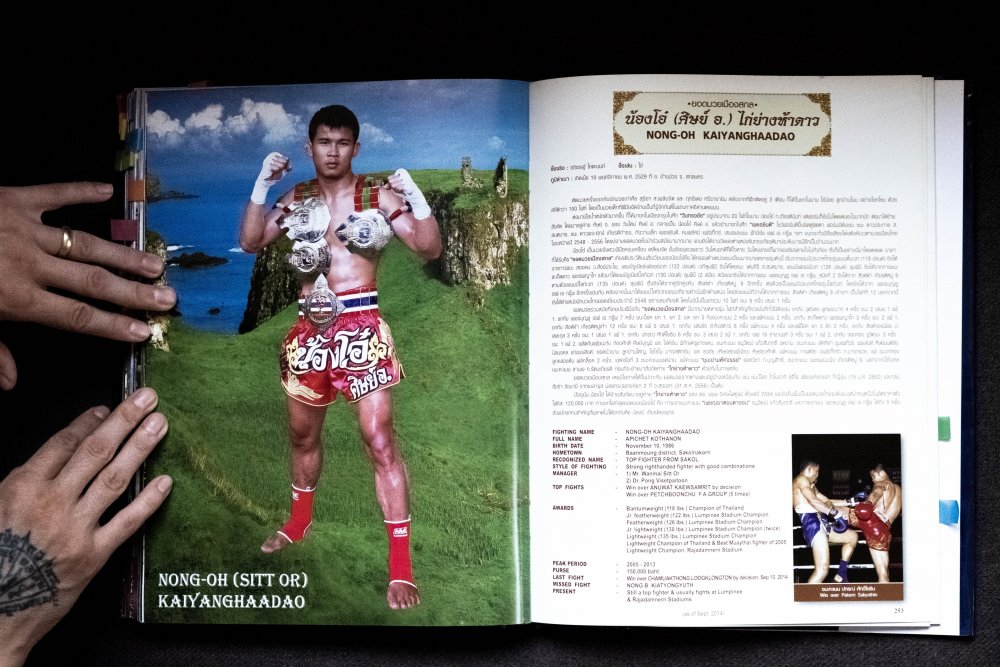
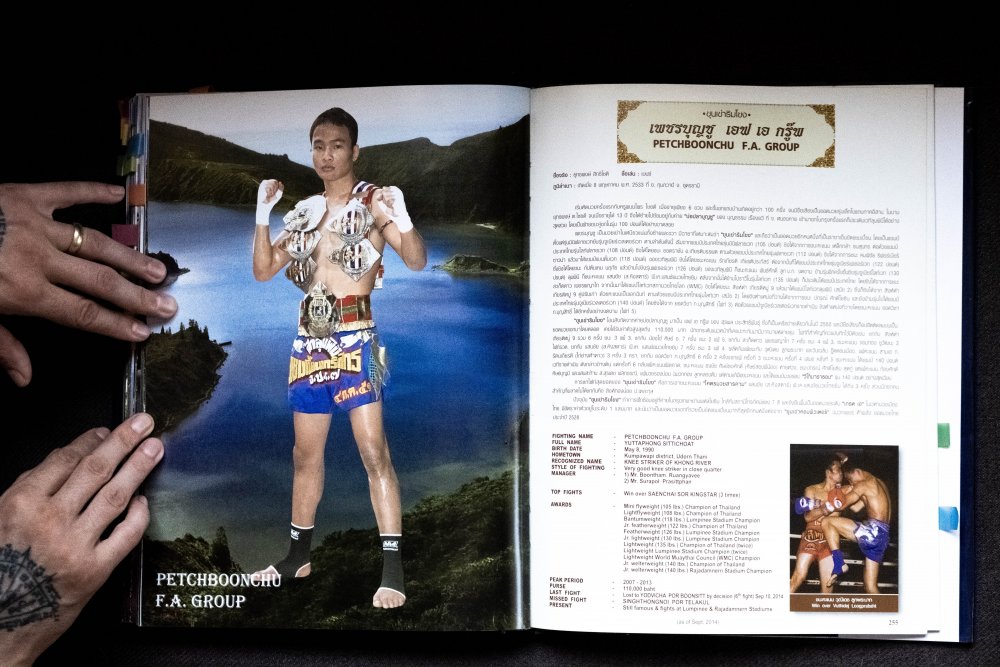
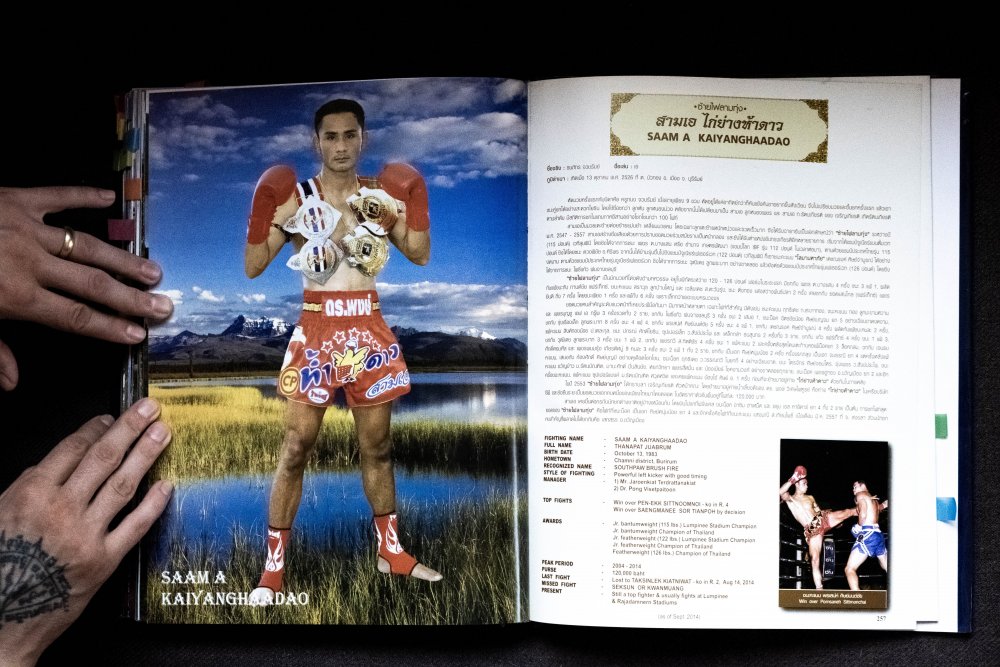
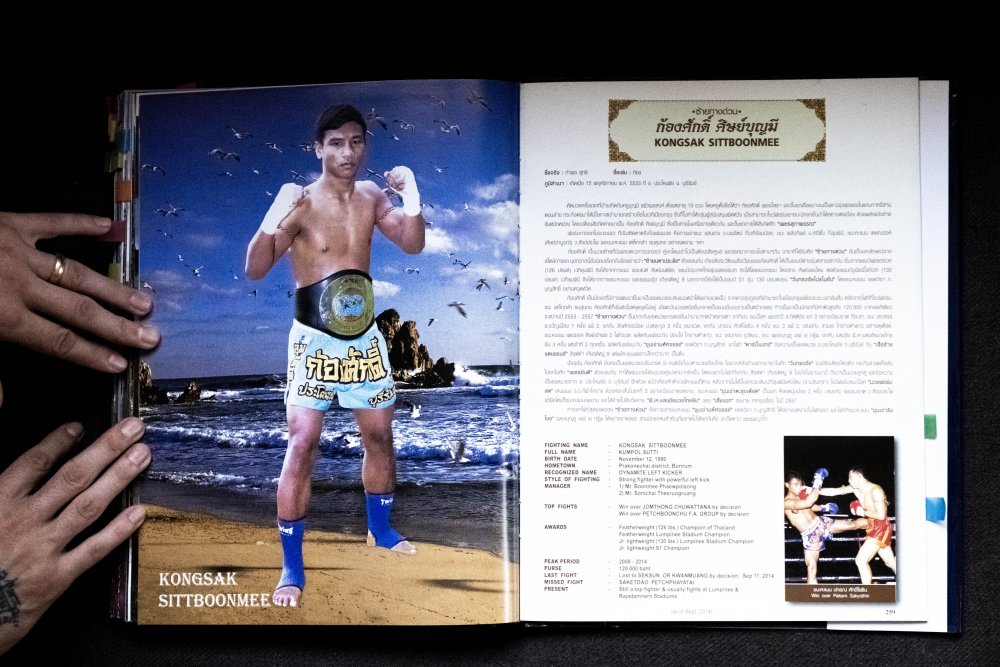

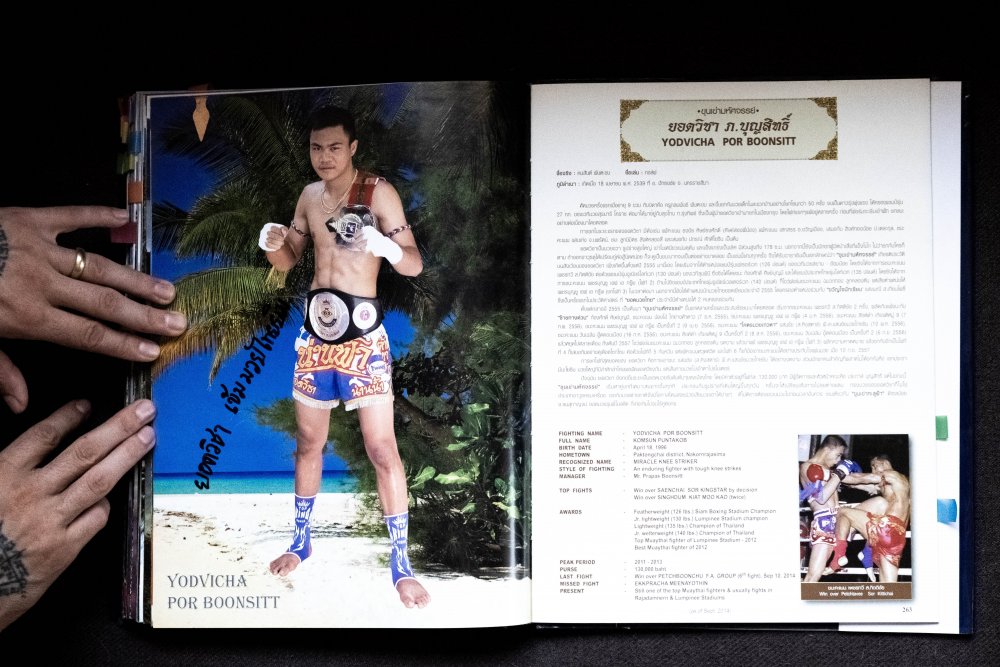
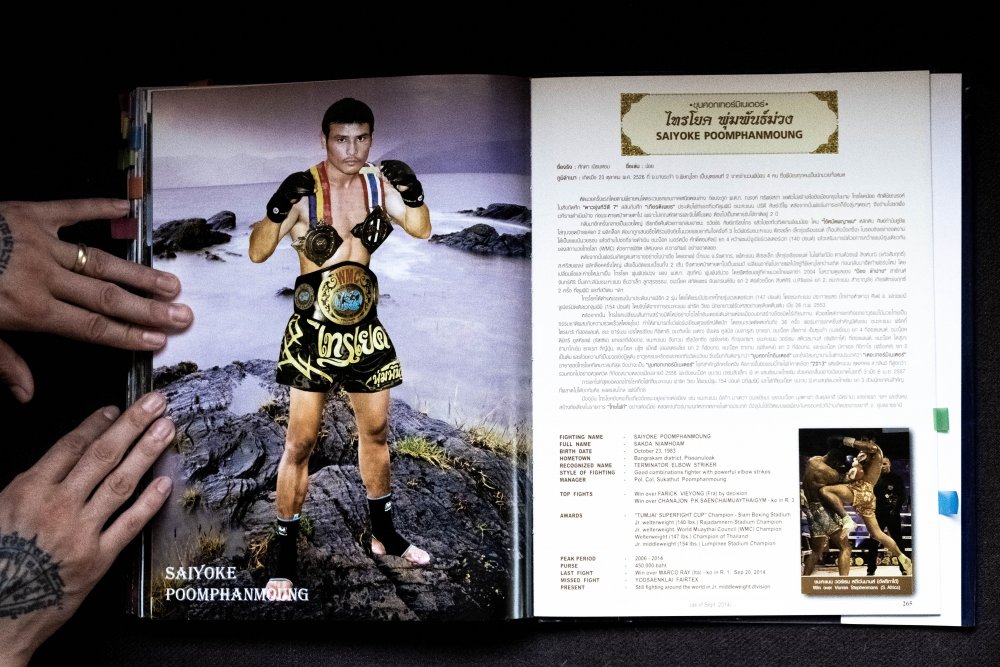
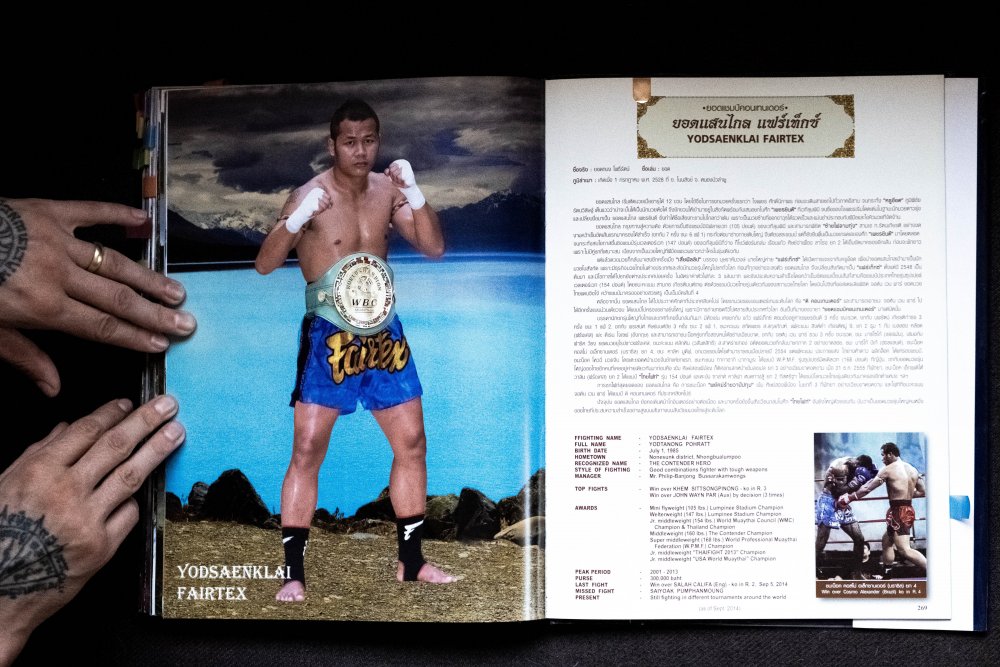
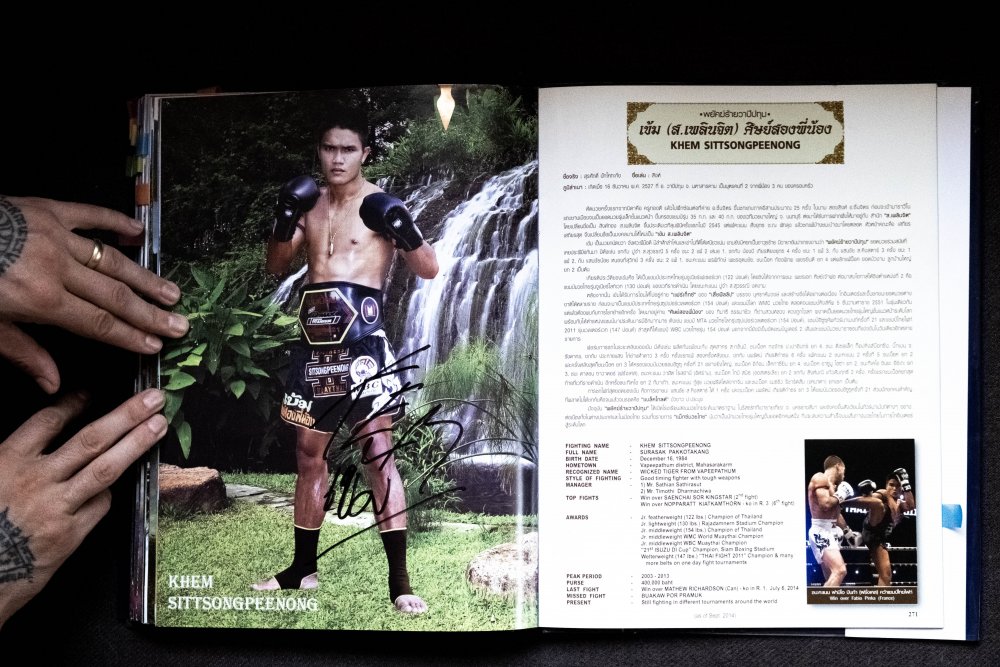
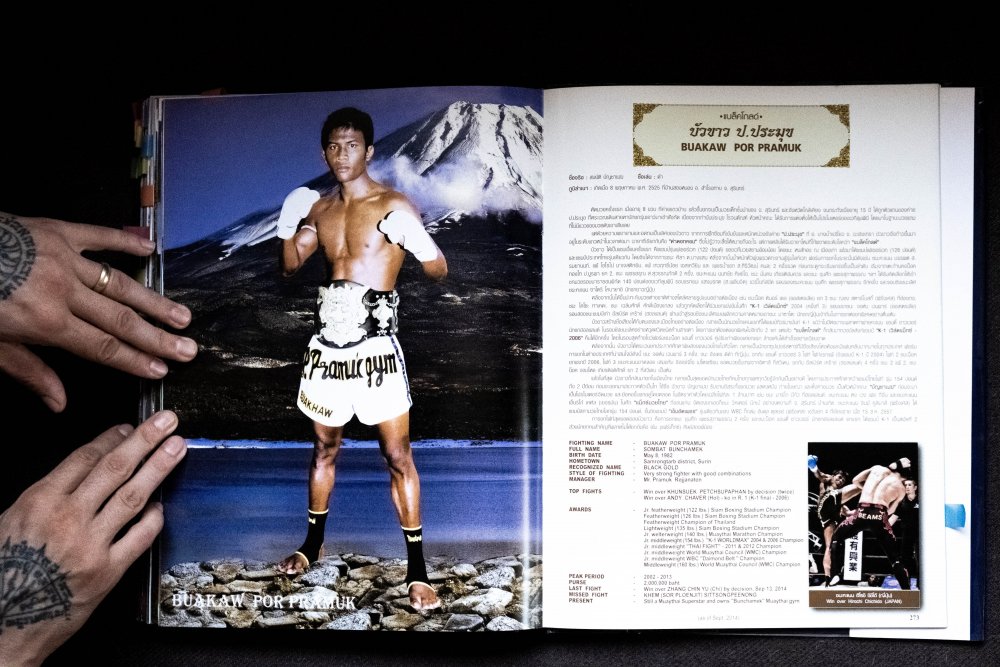
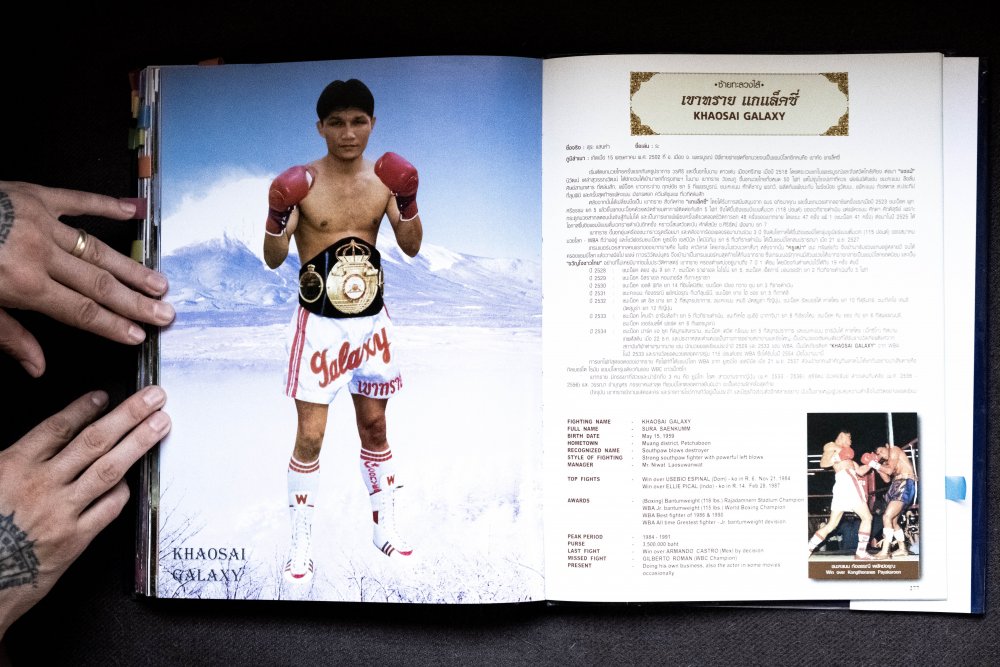
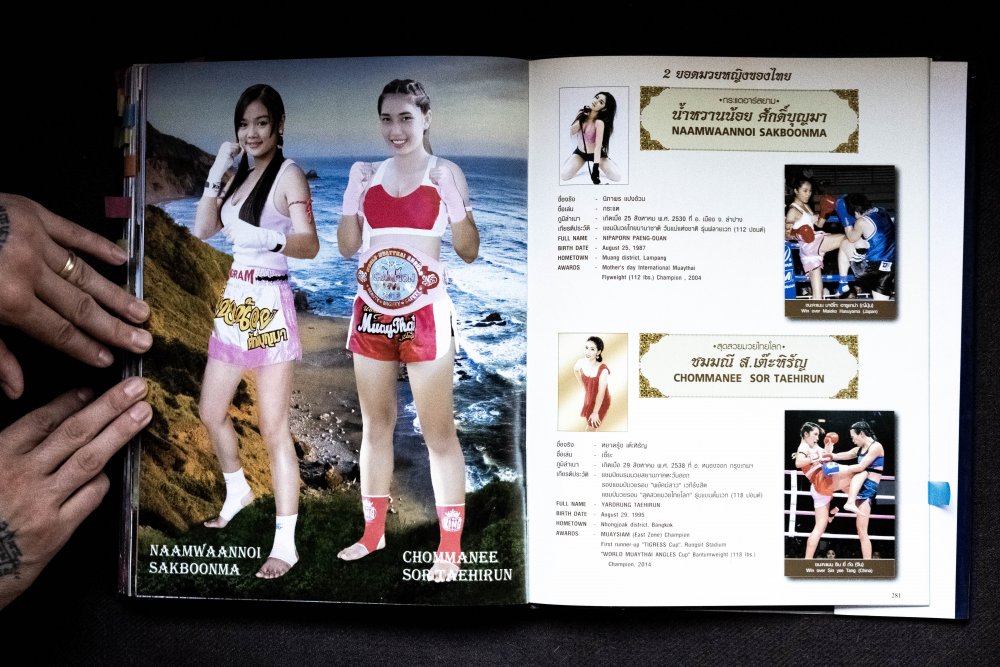
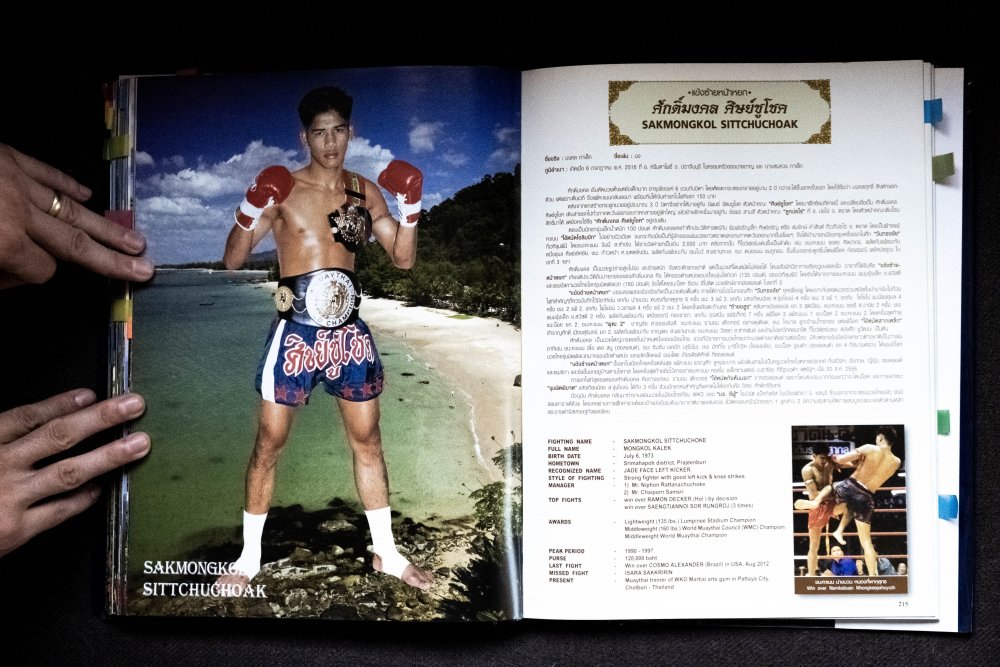
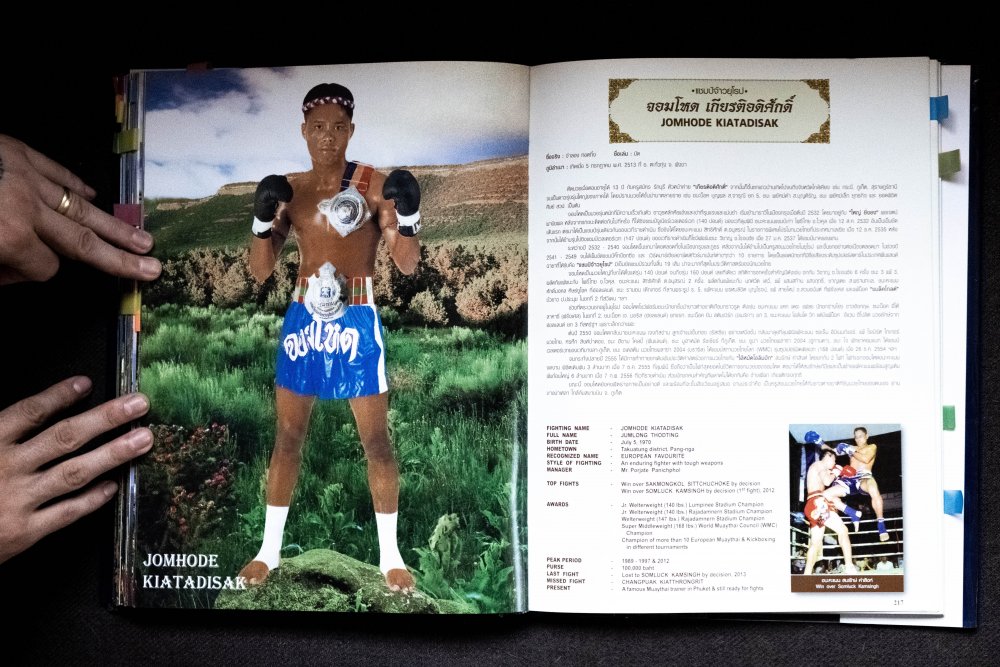
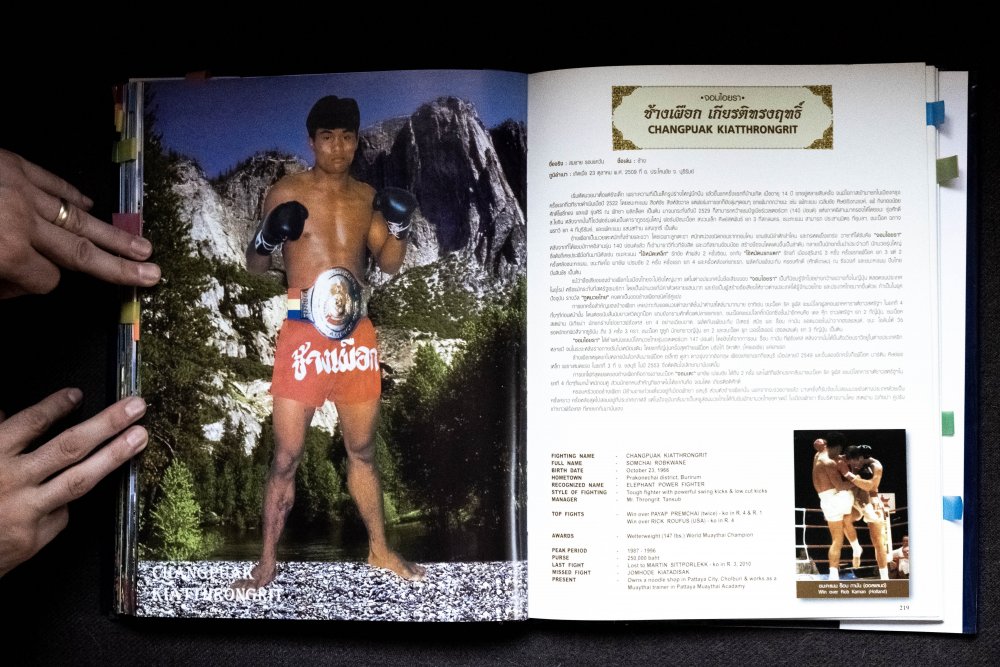
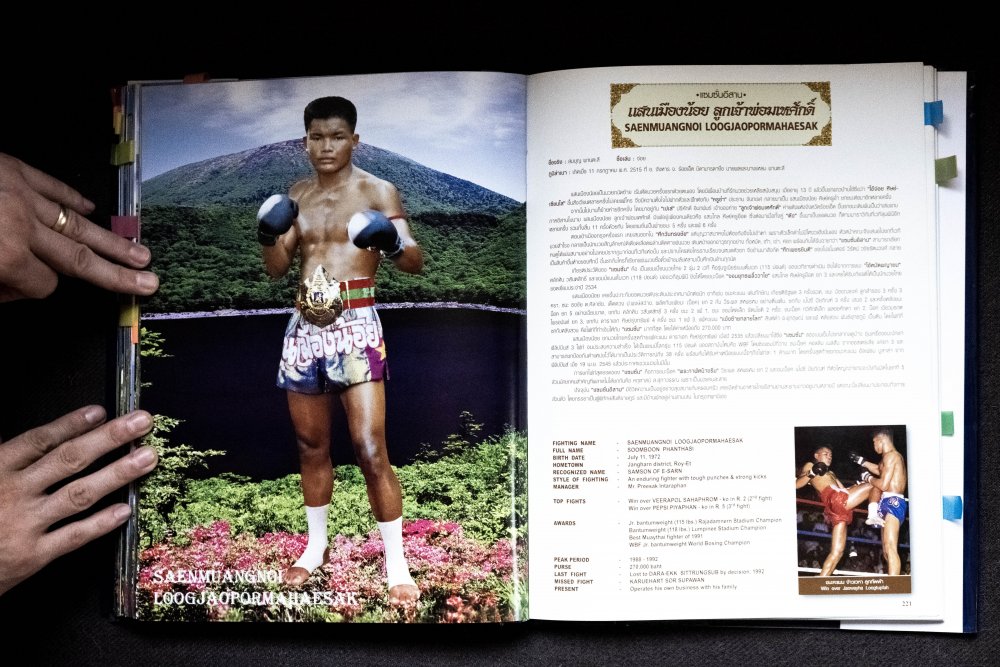
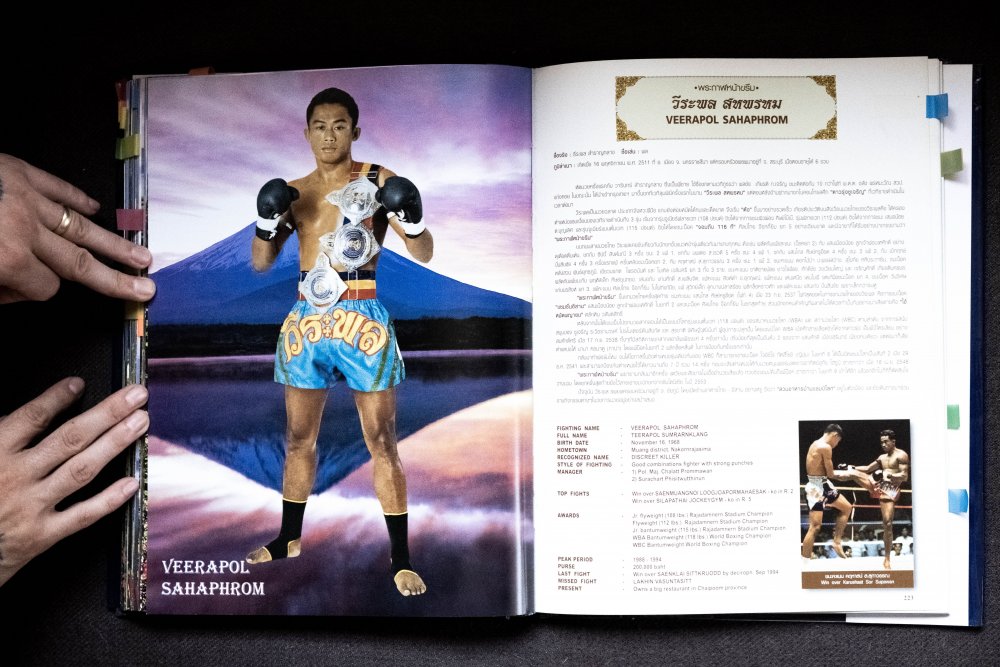
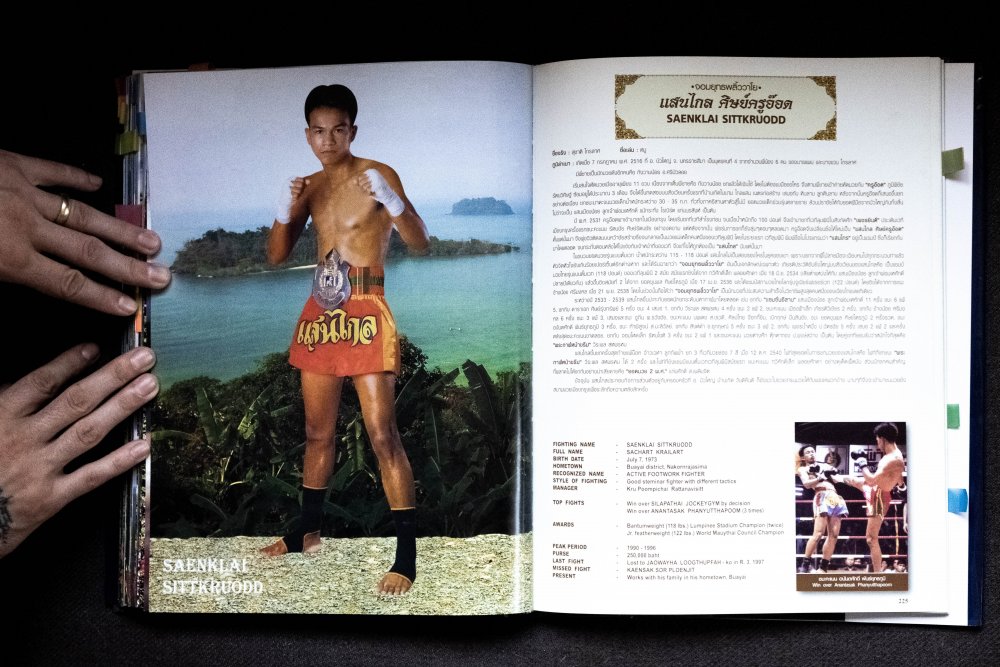
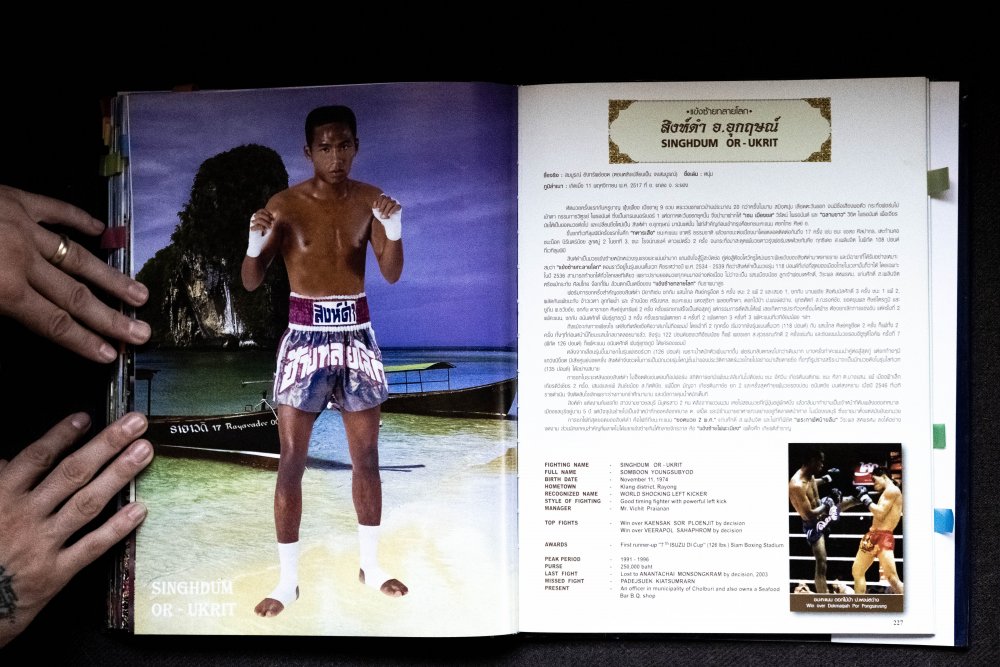
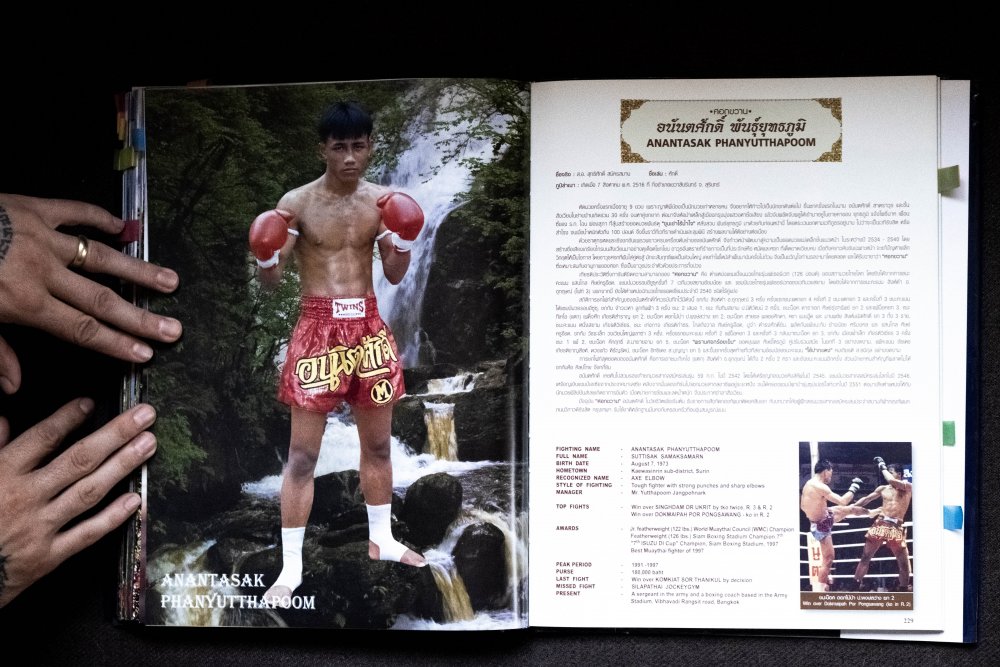
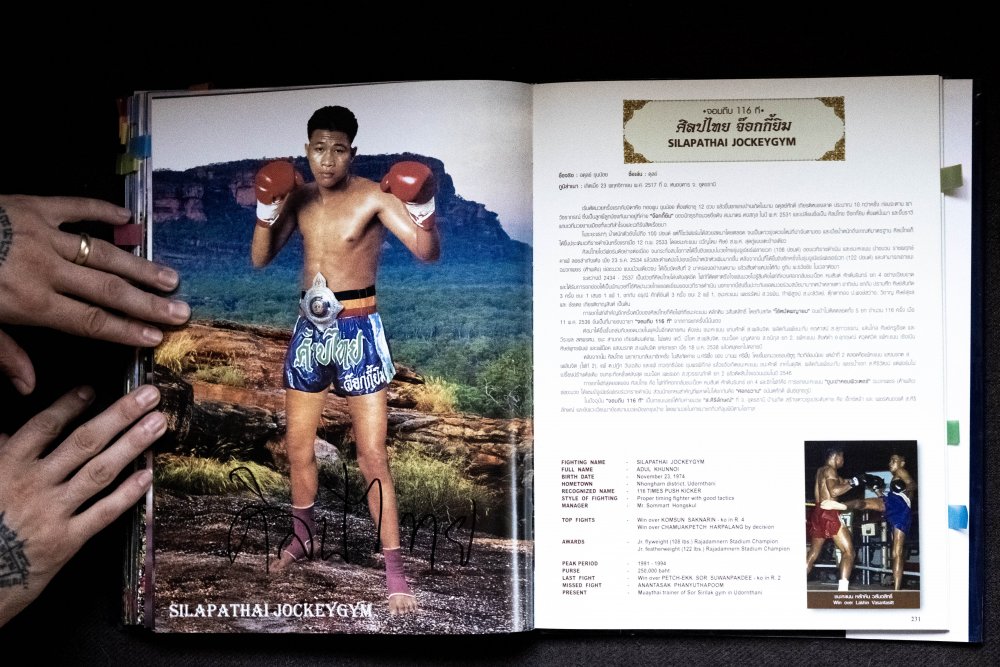
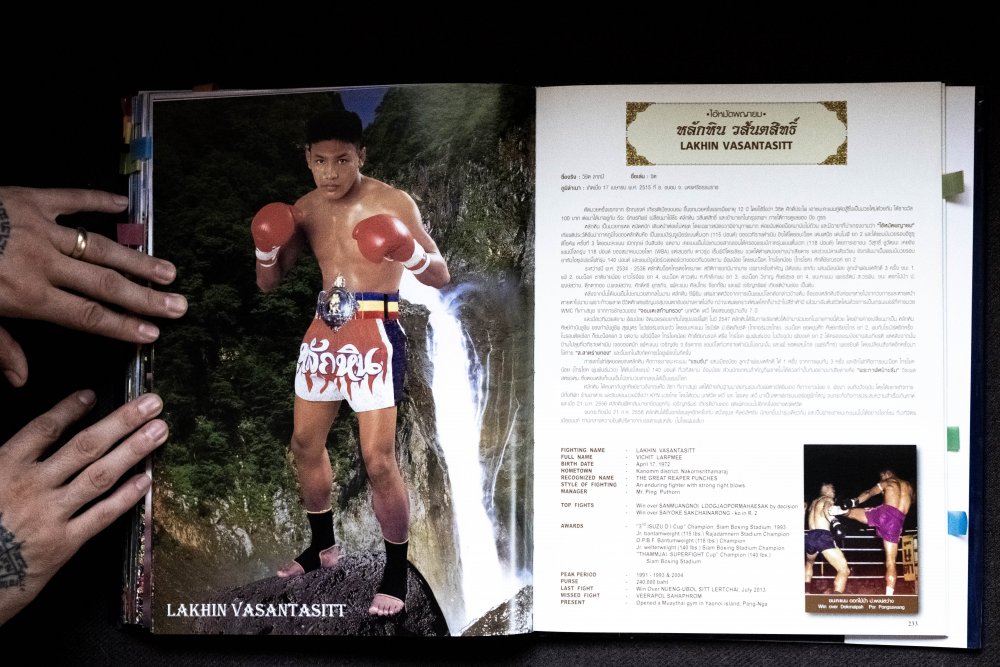
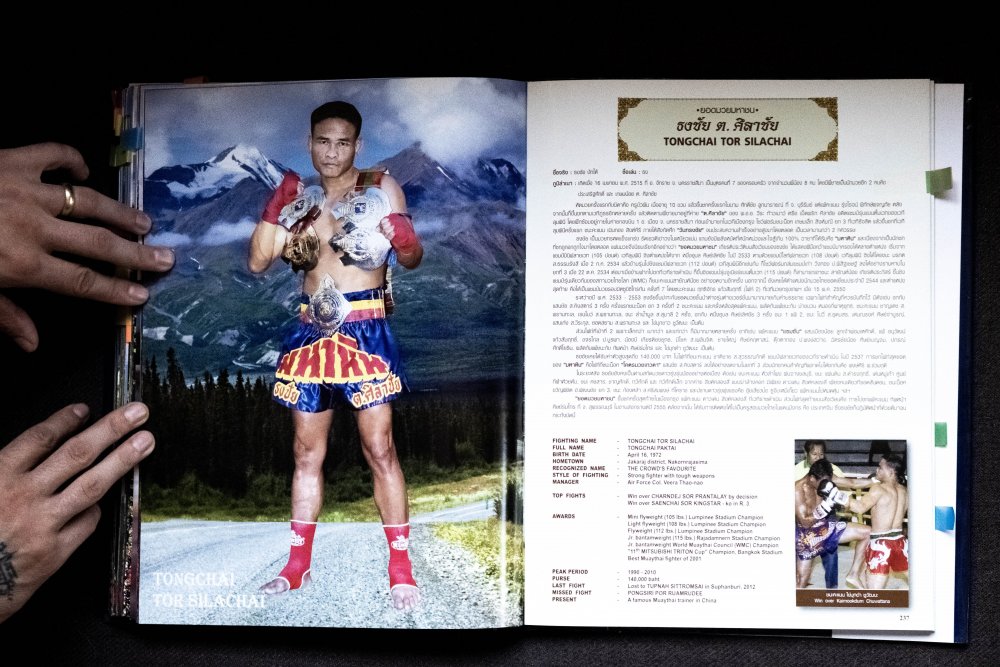
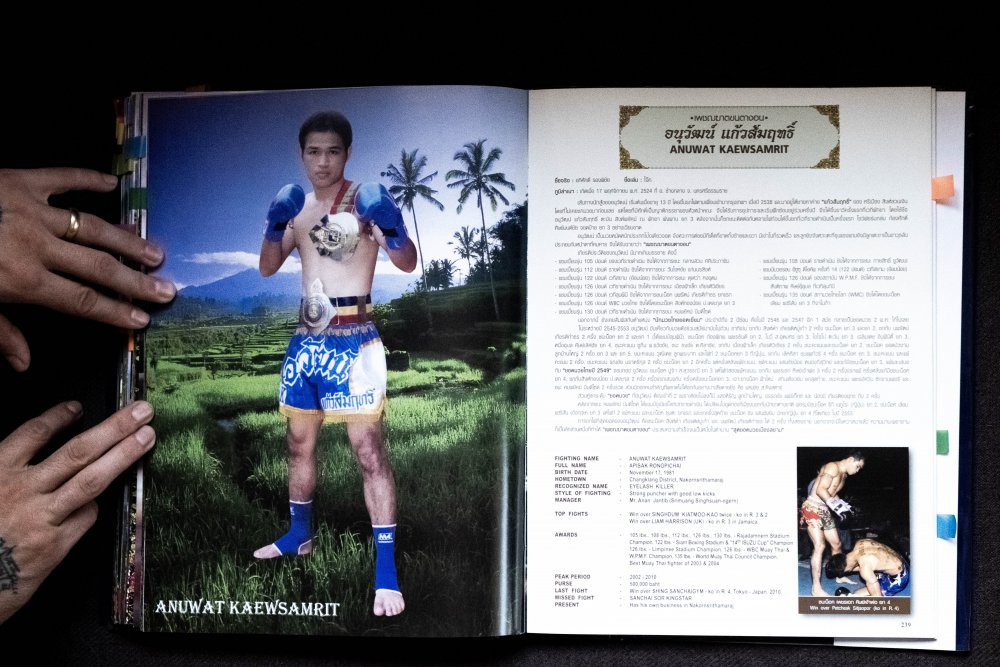
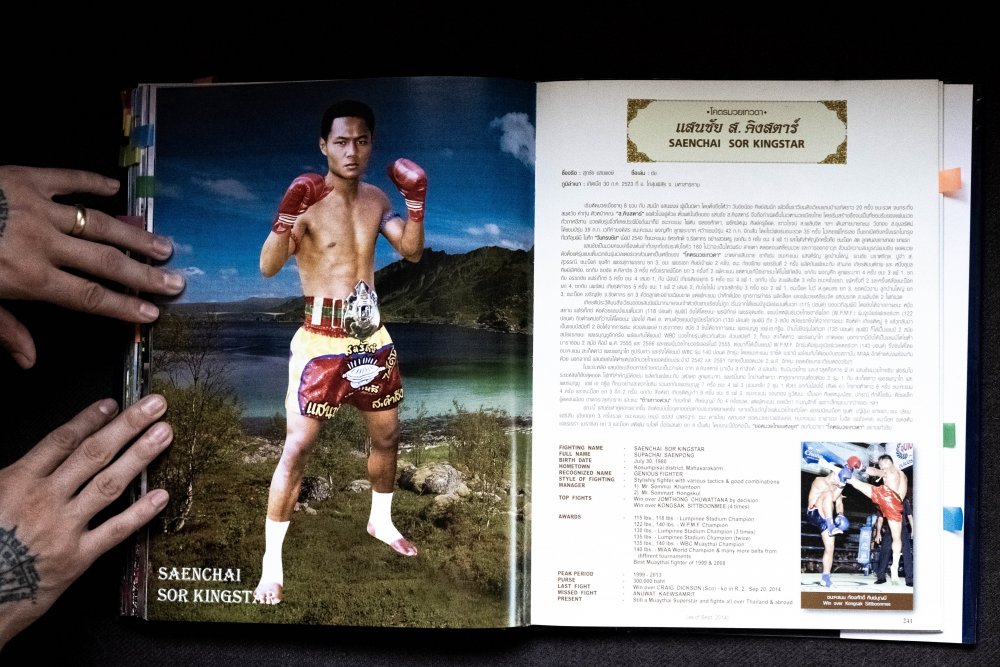
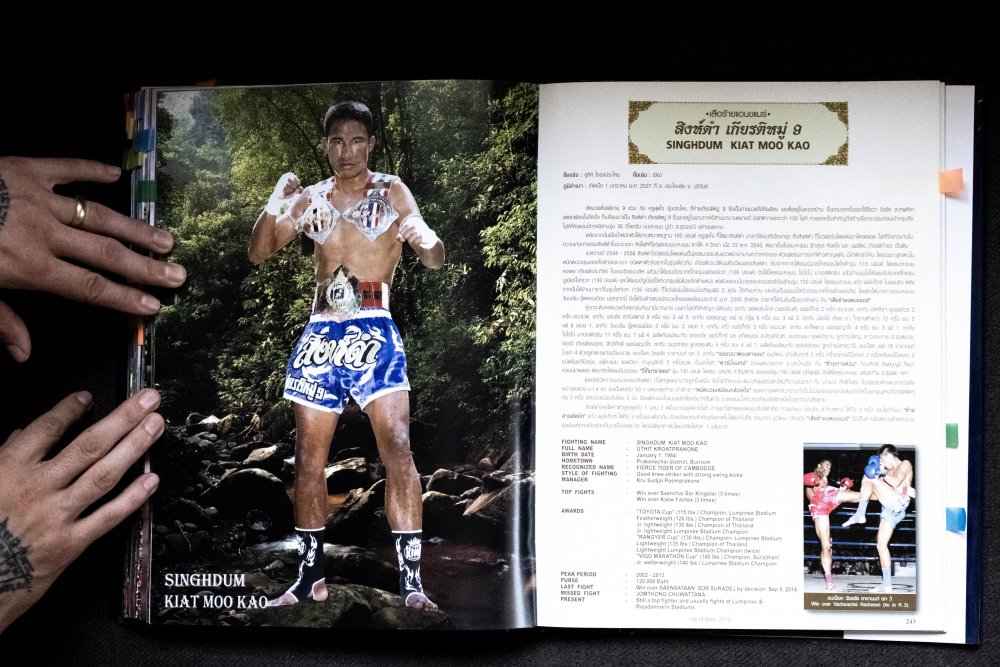
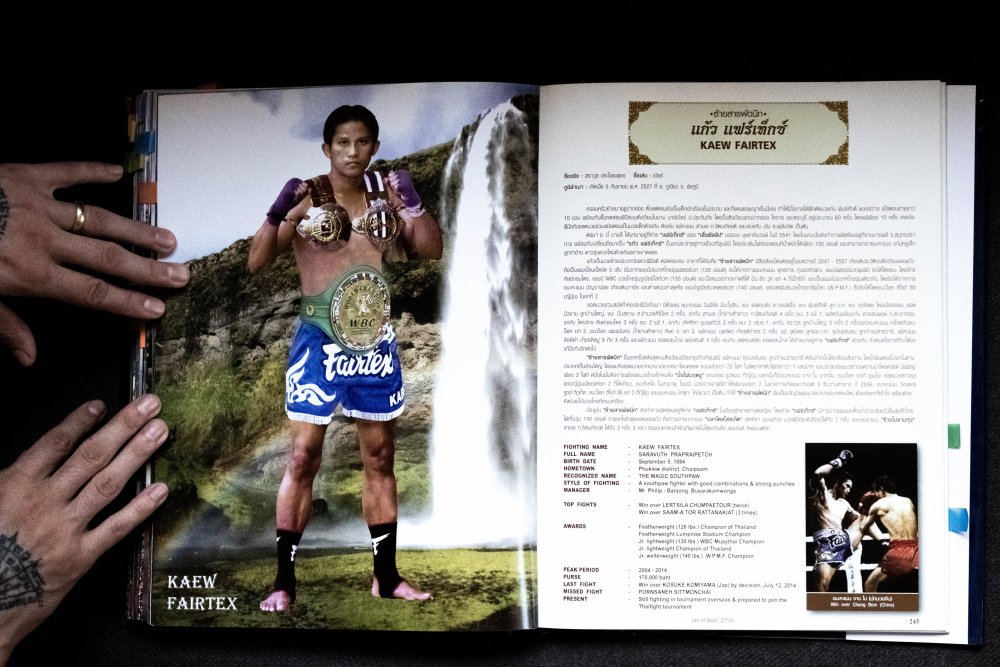
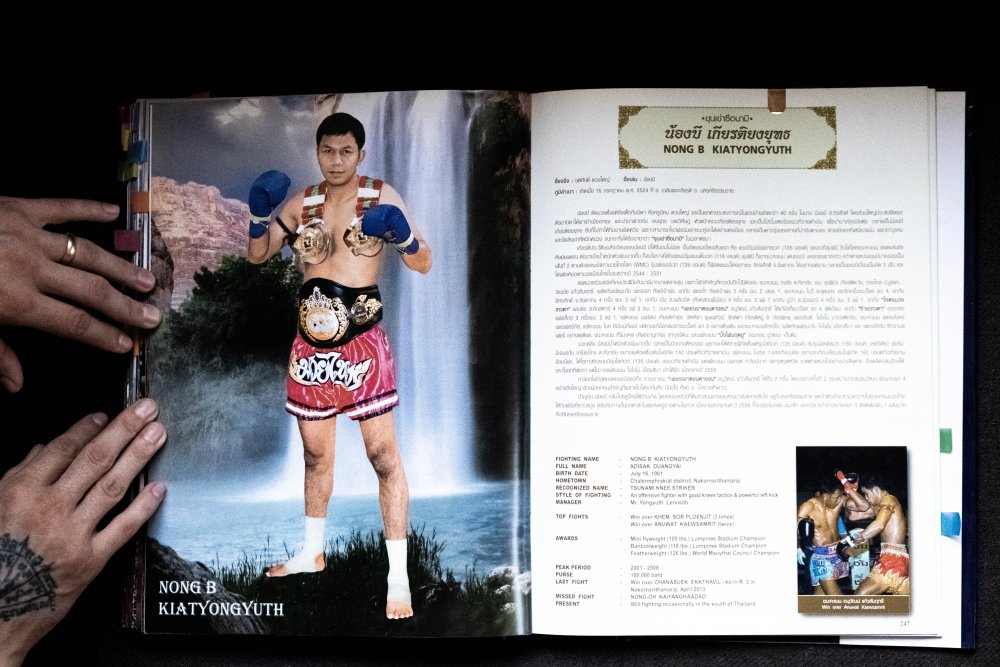
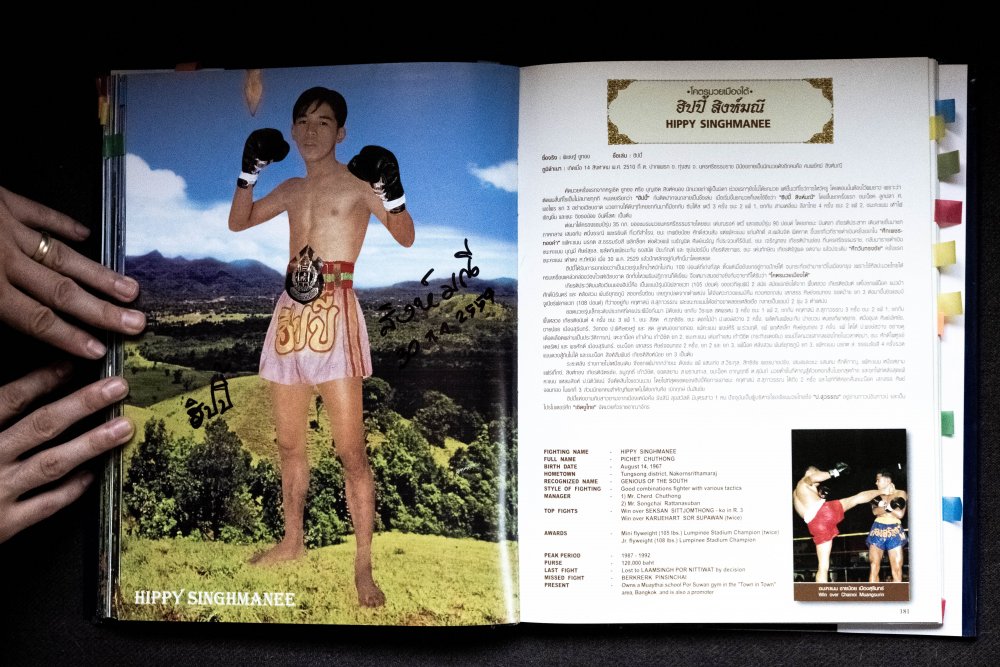
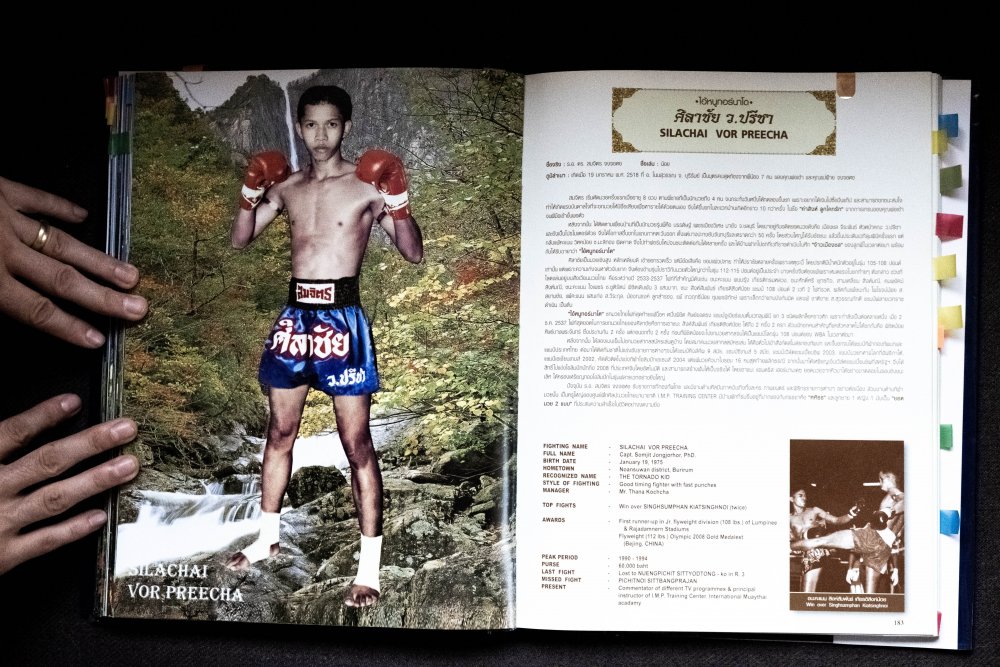
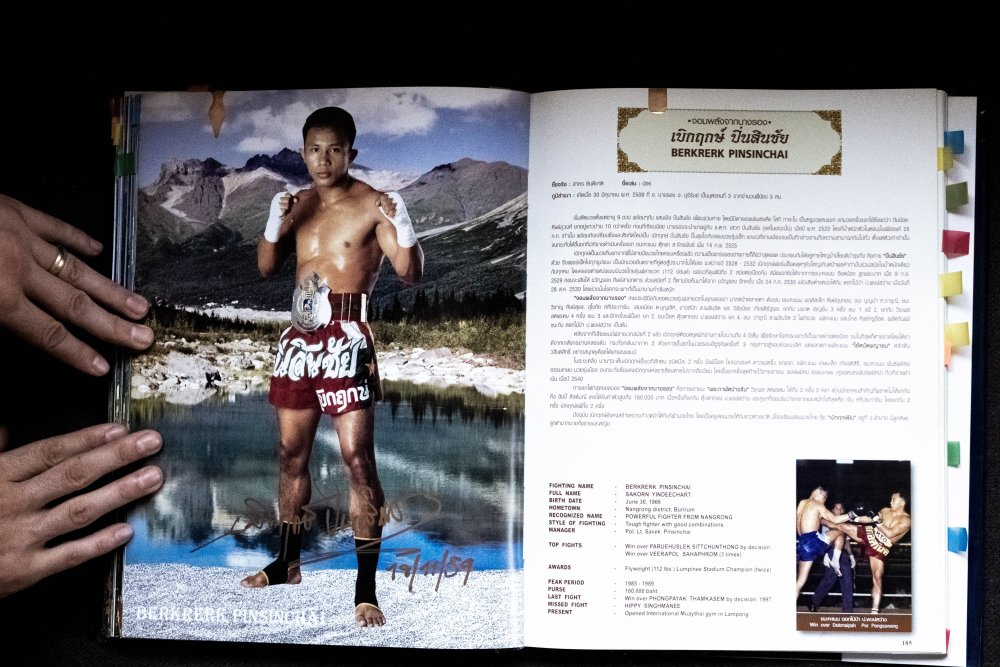
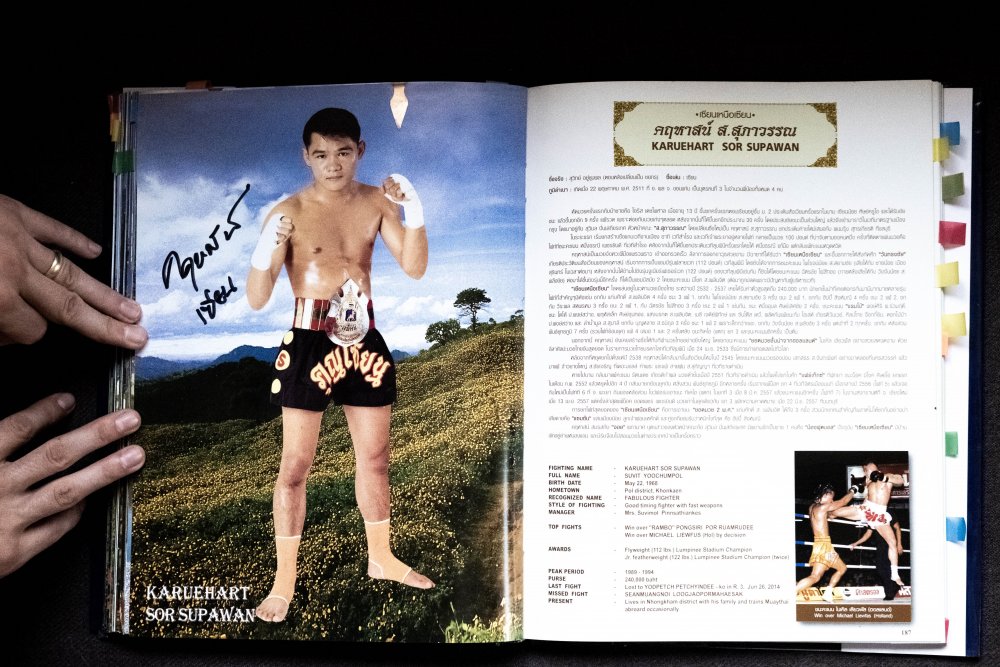
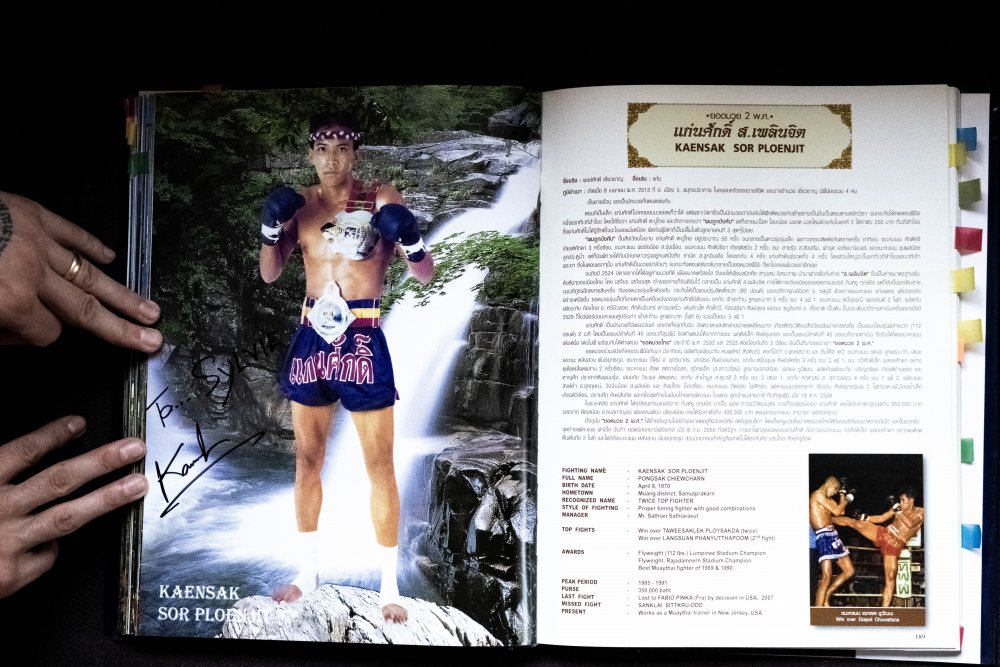
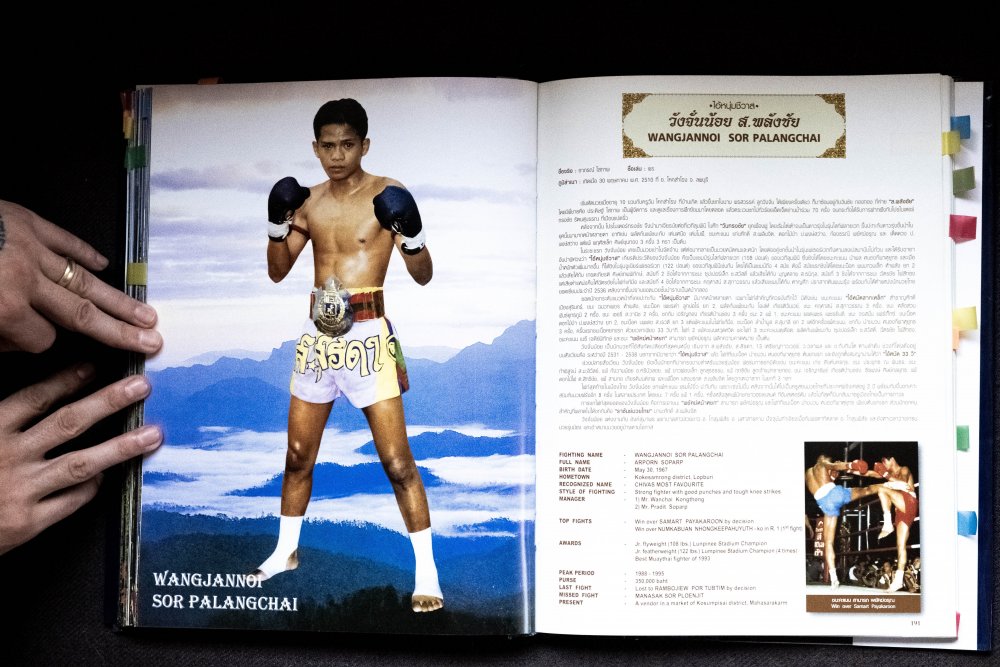
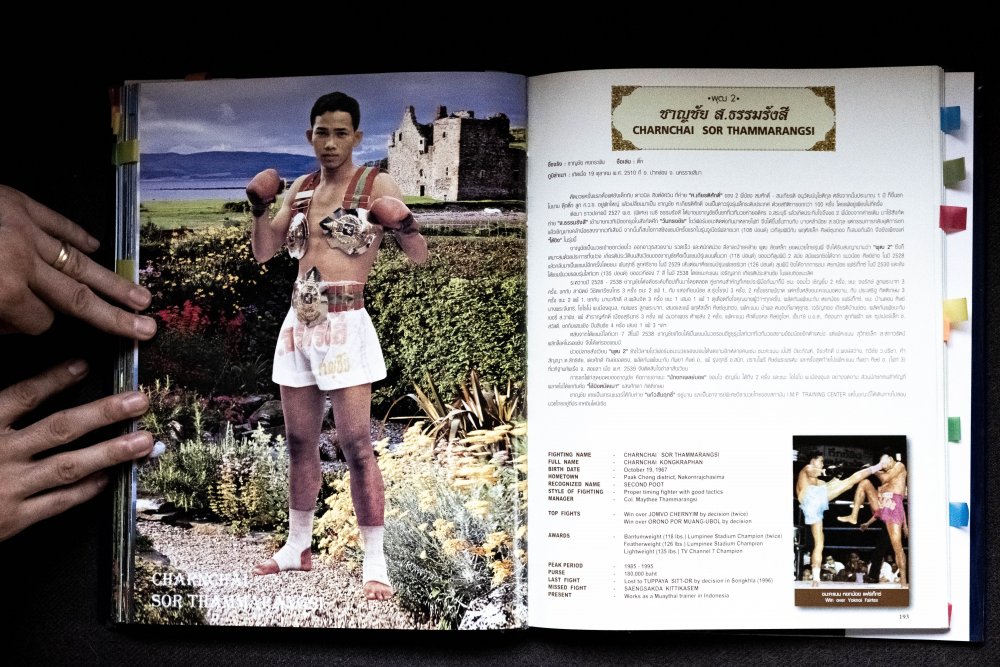
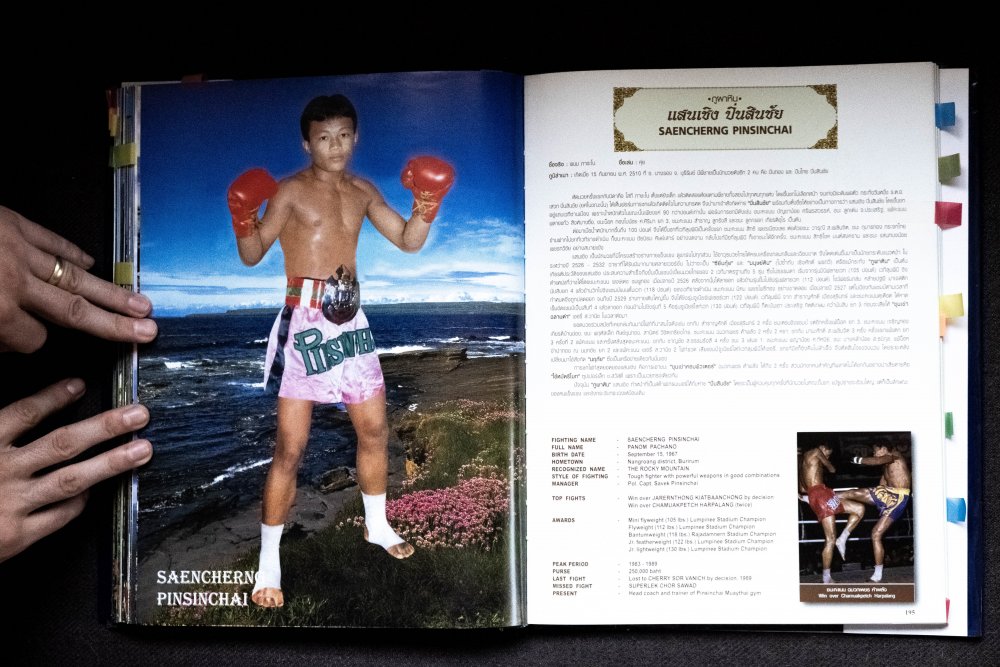
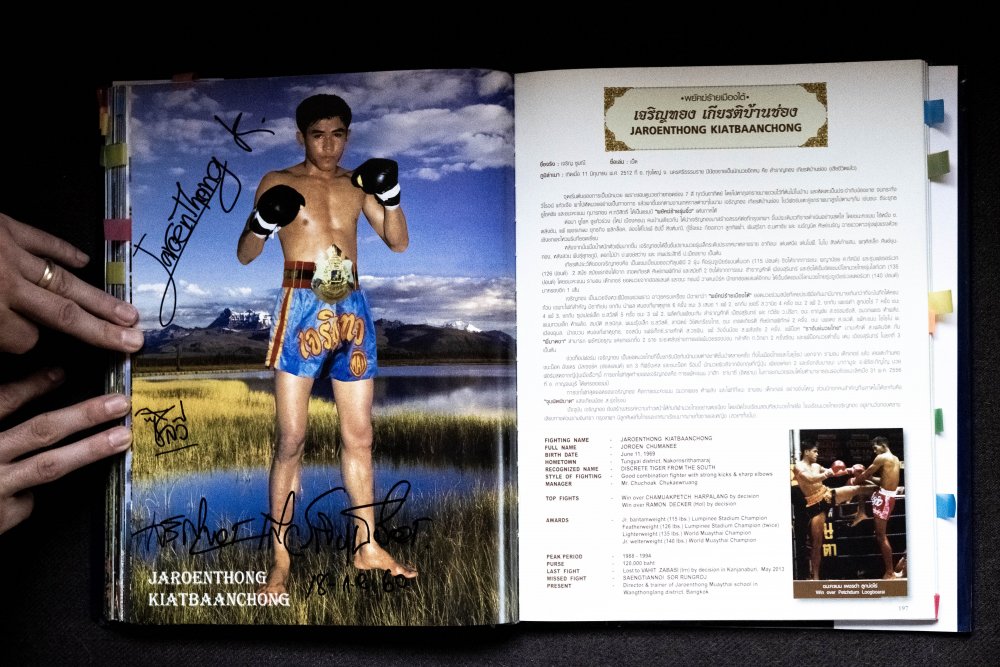
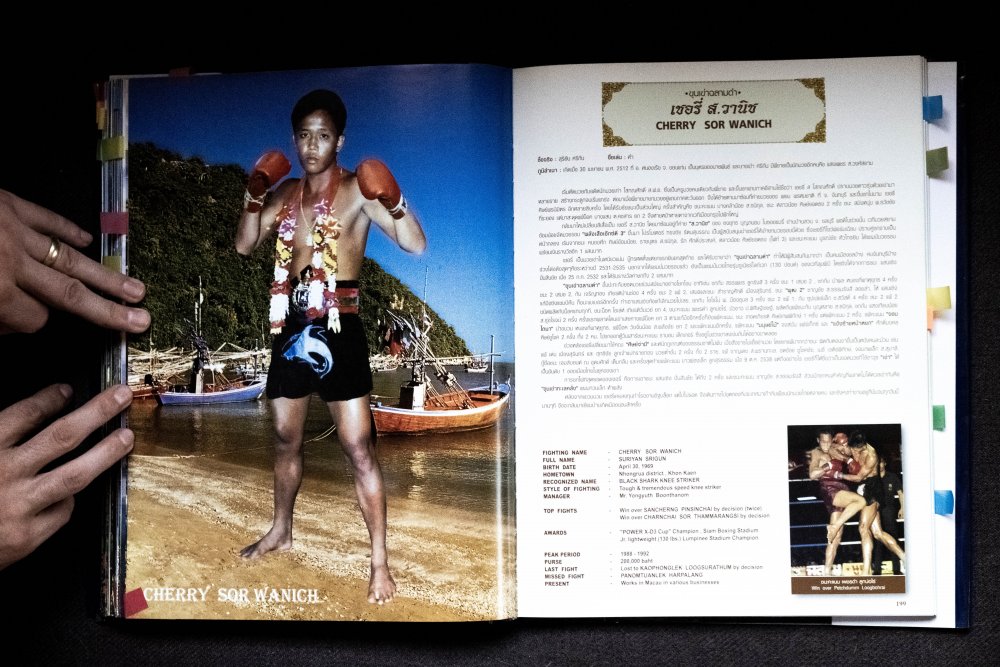
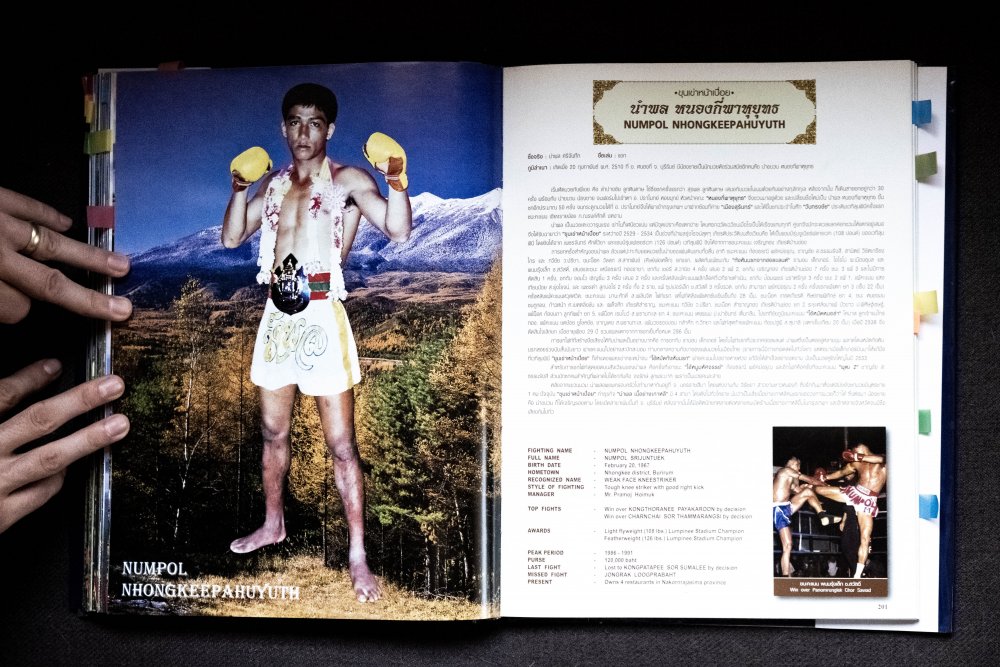
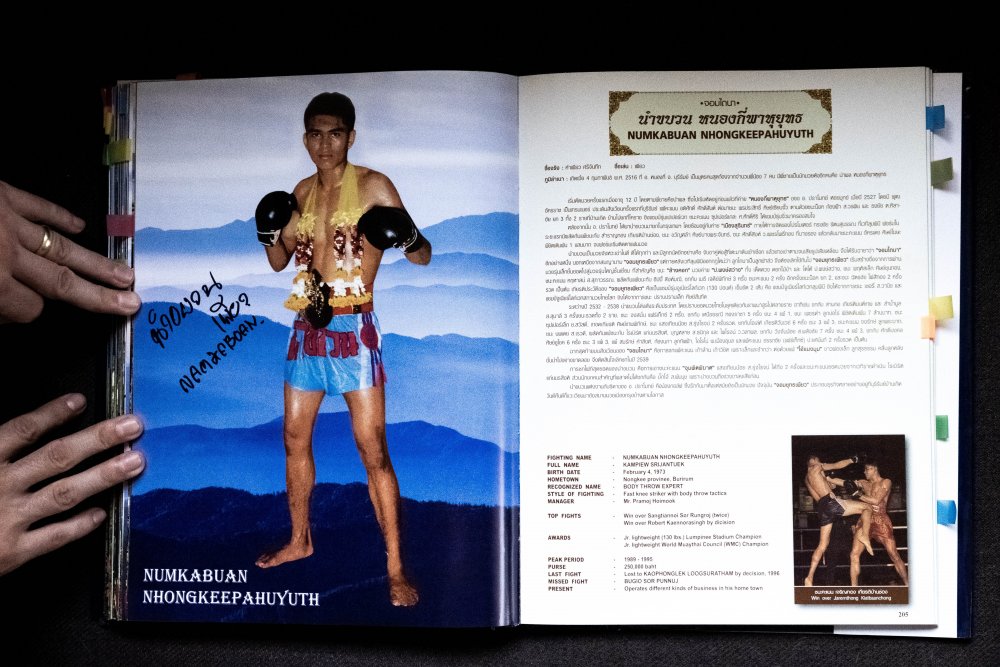
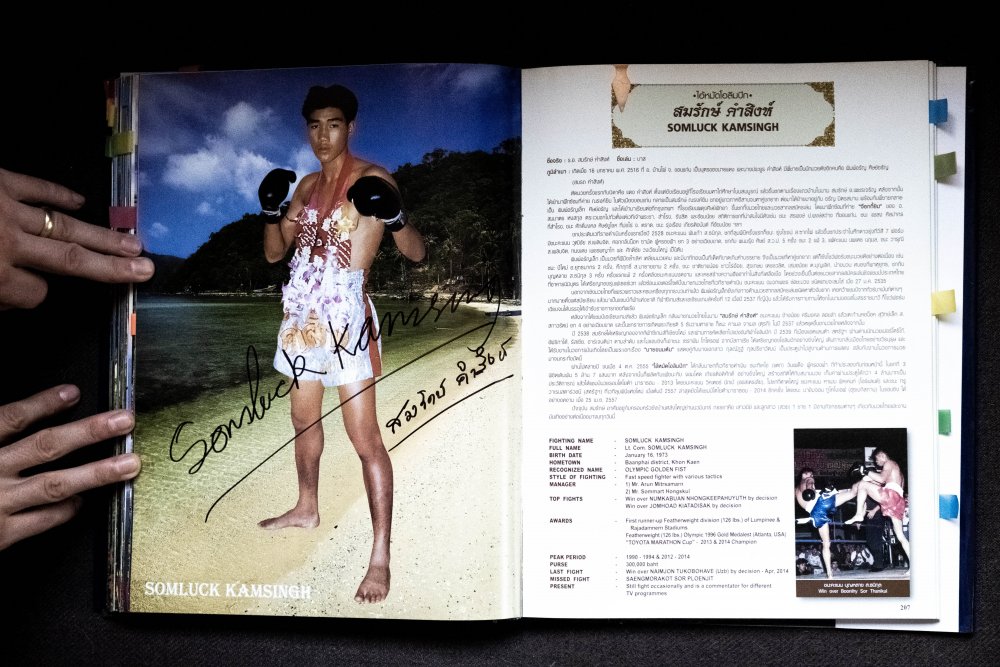
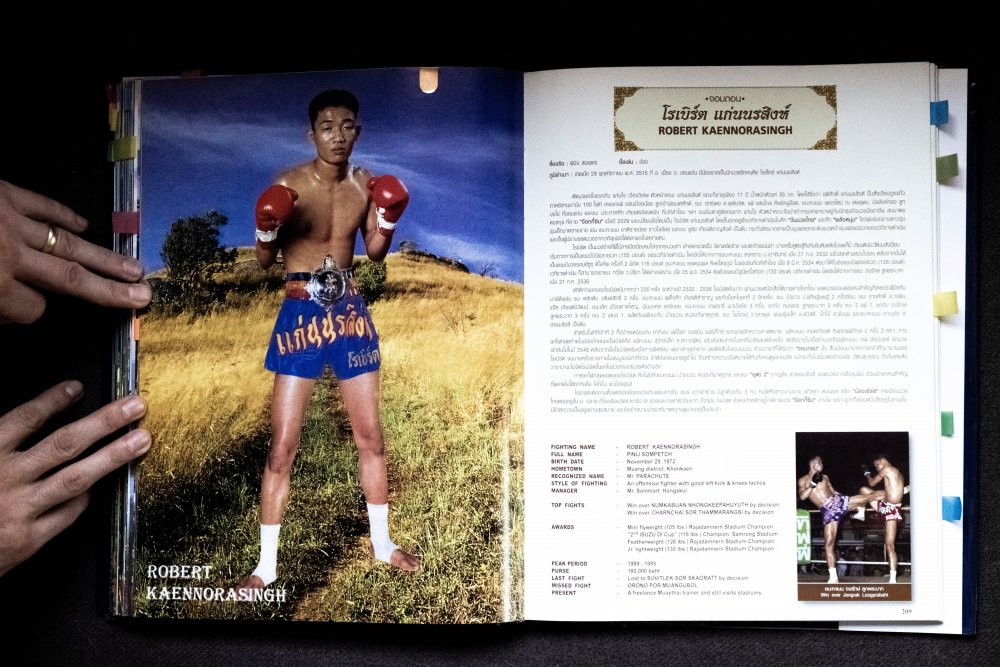
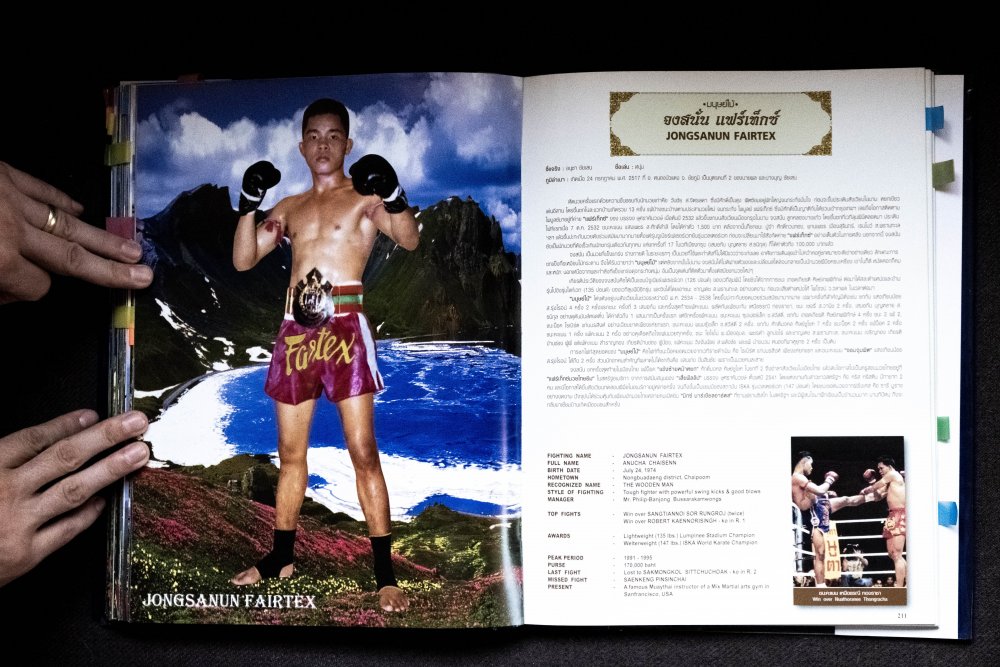
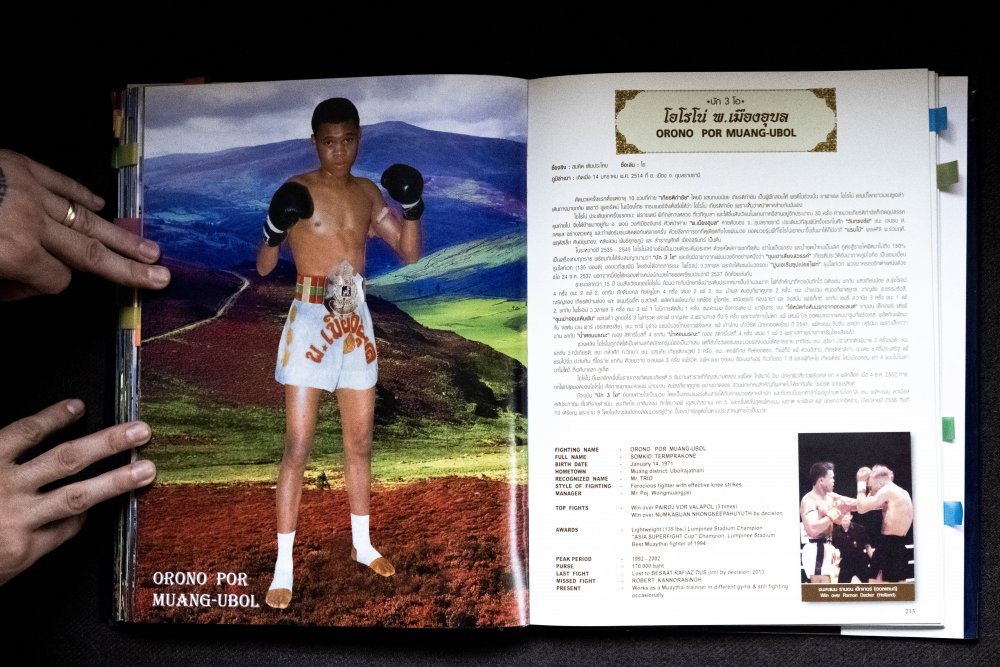
Chernyim.thumb.jpg.ee41d30800065cb398097a5bba5c06f3.jpg)
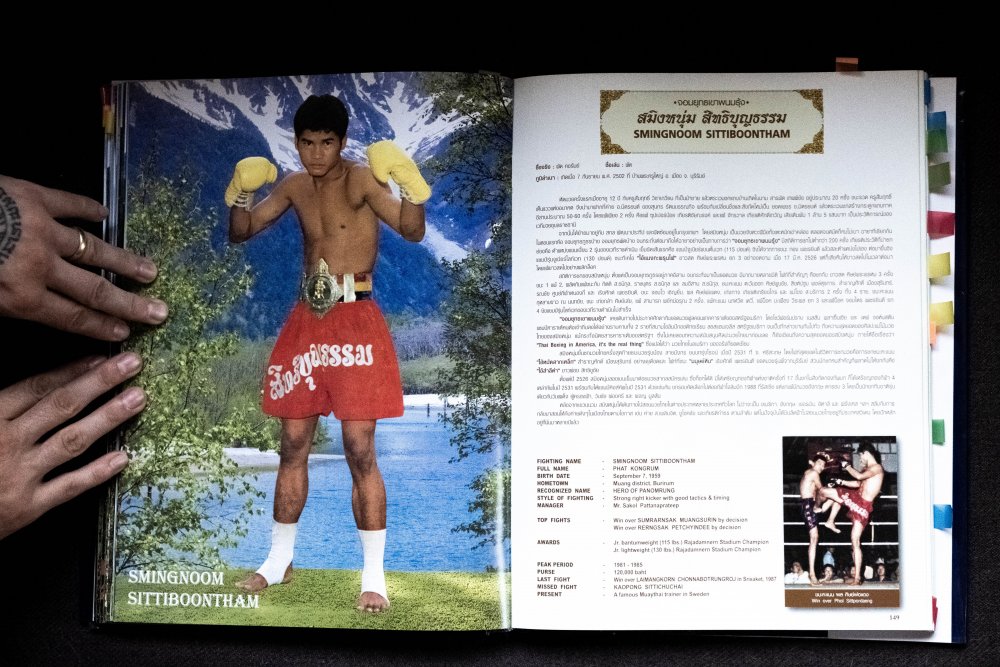
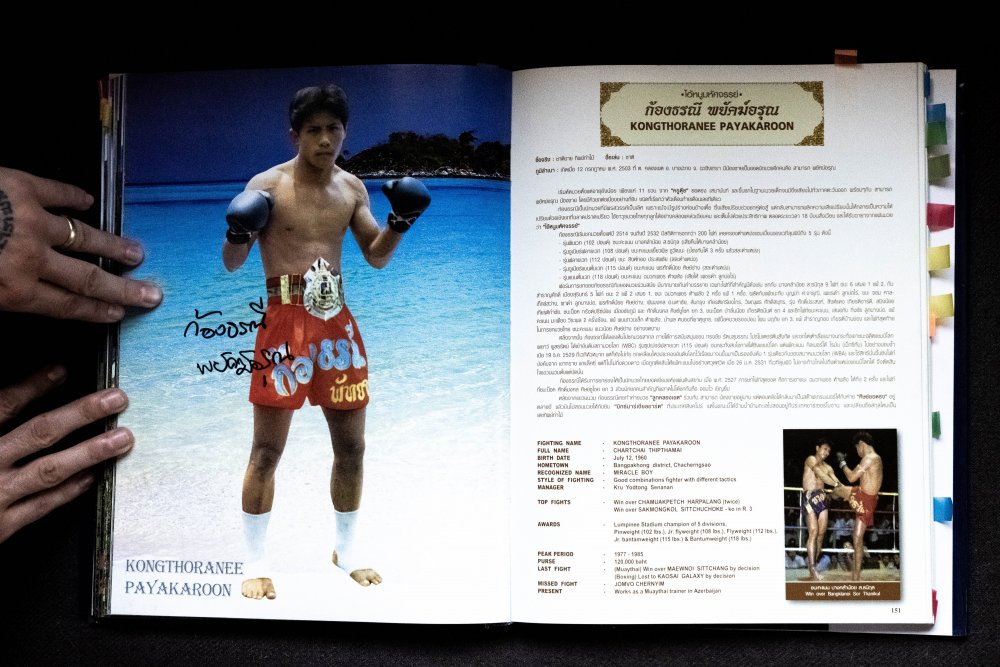
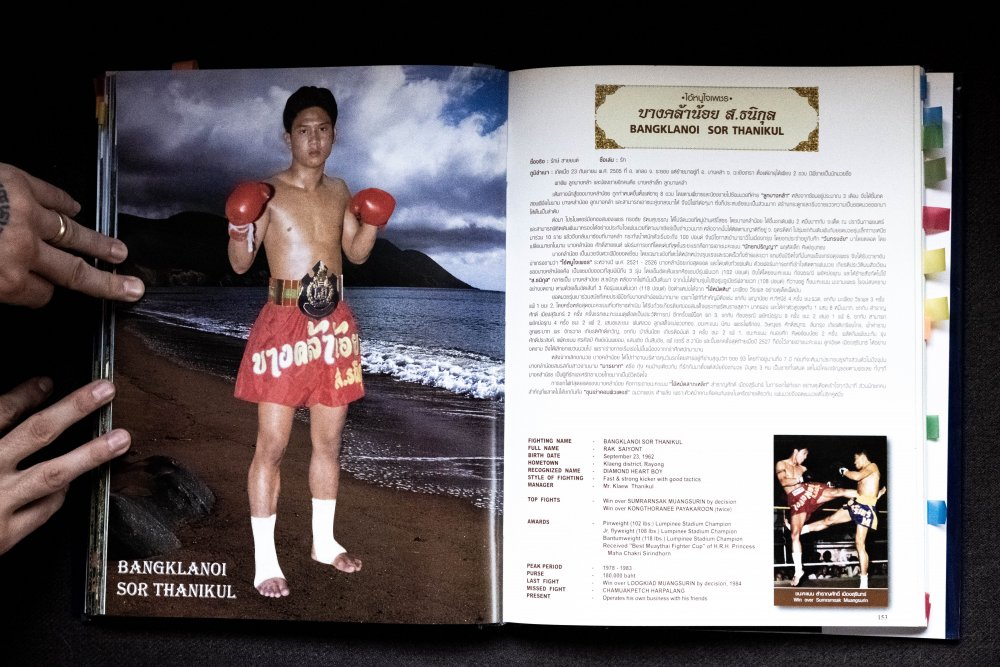
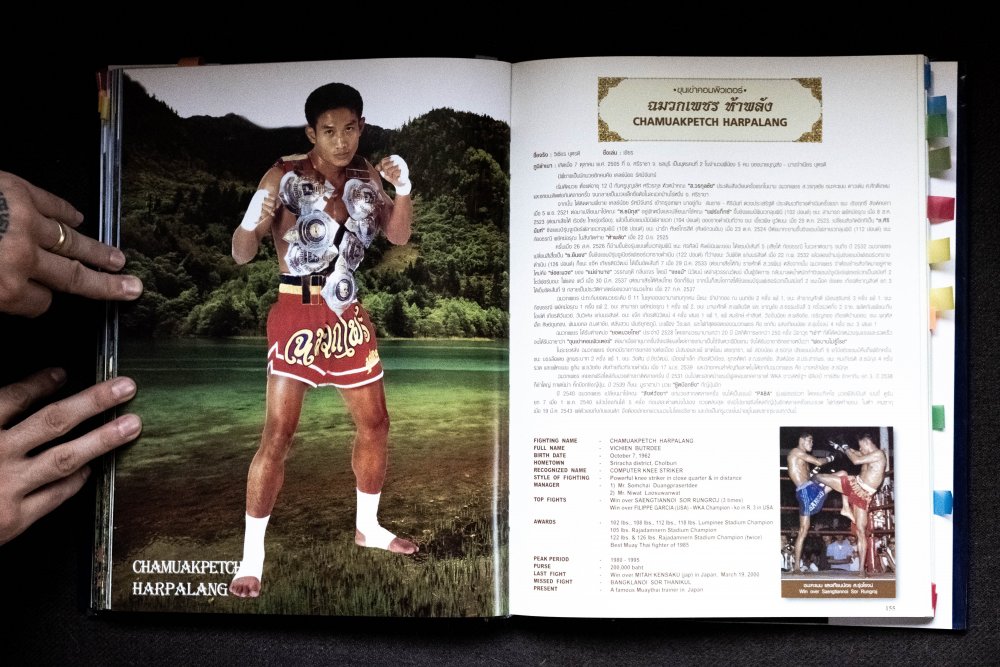
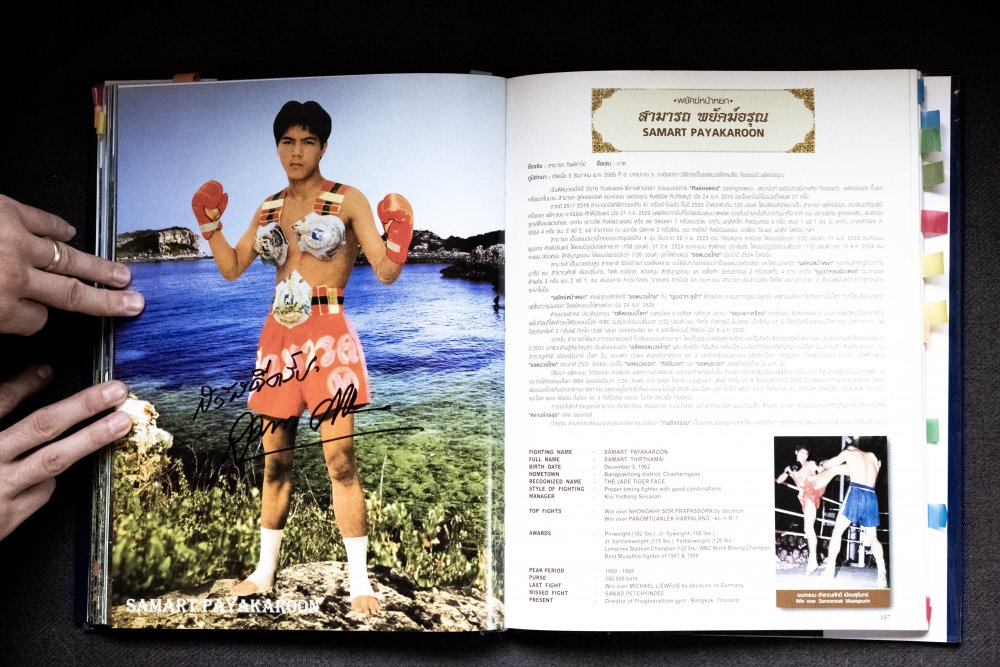
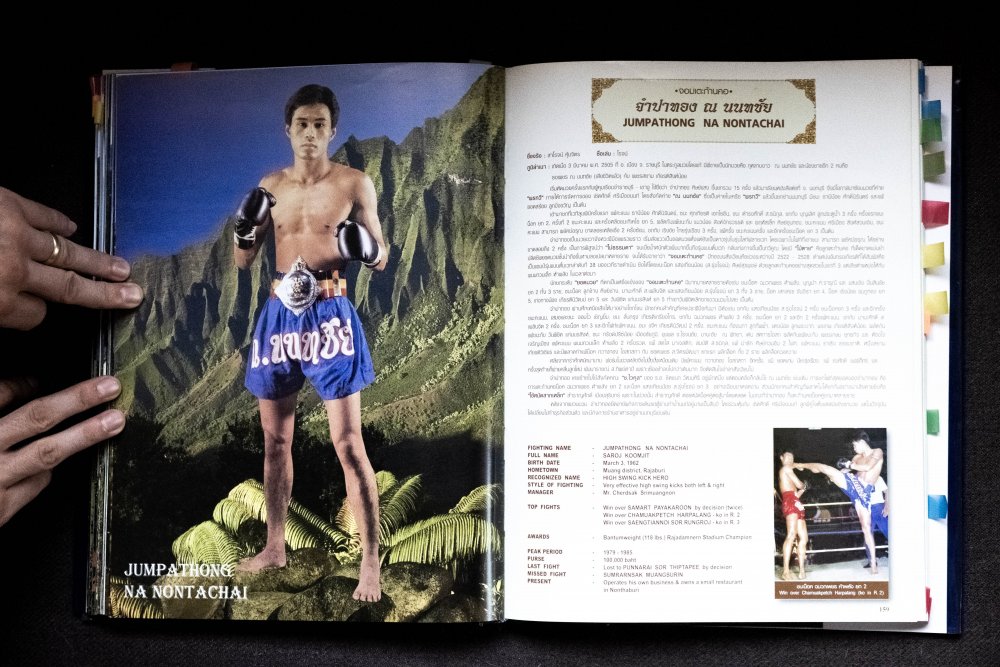
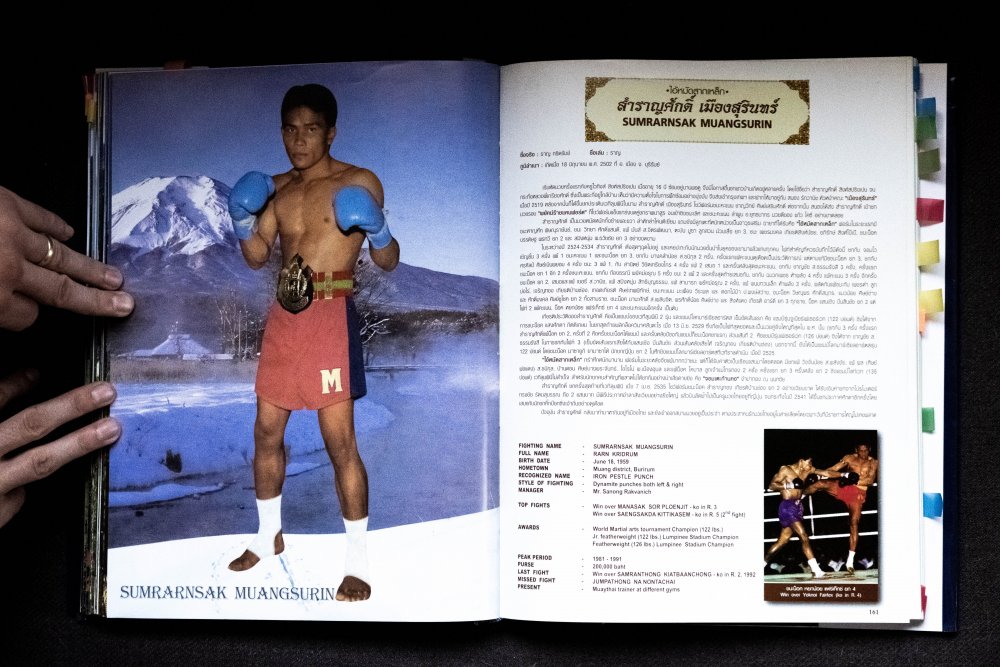
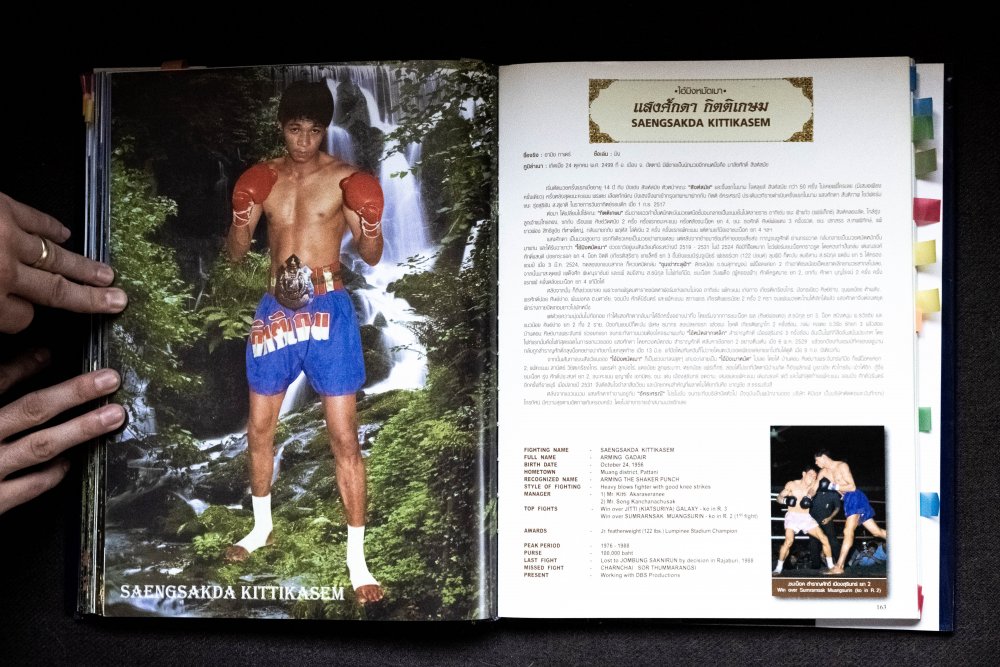
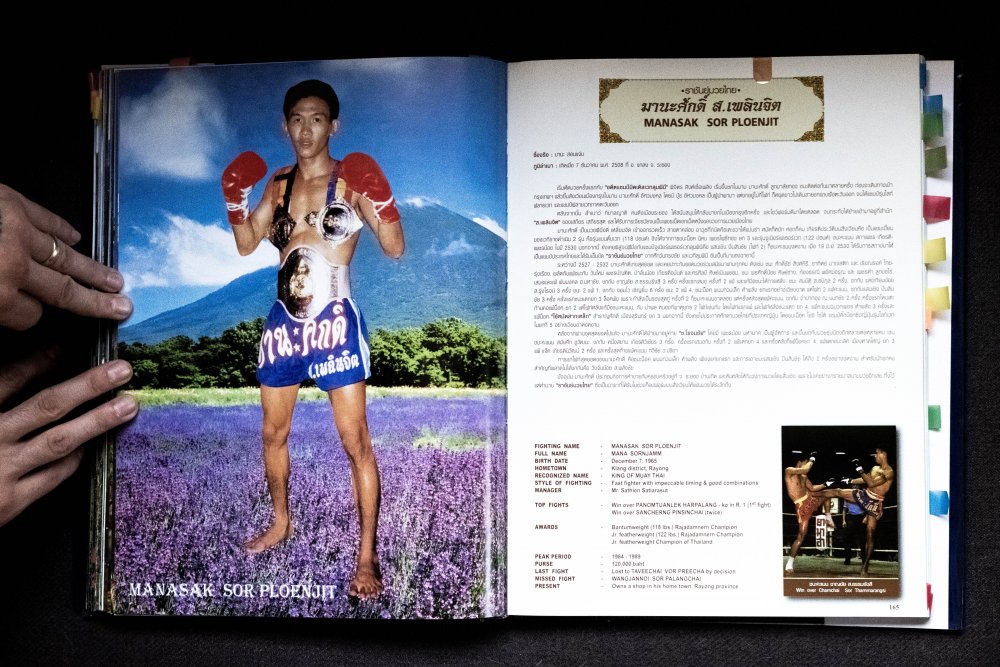
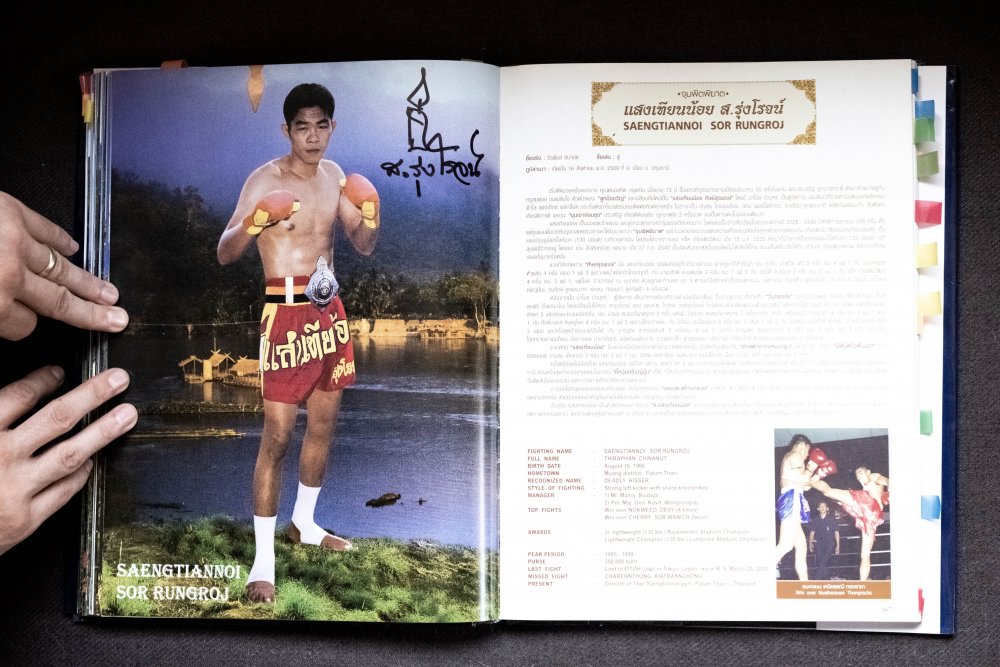
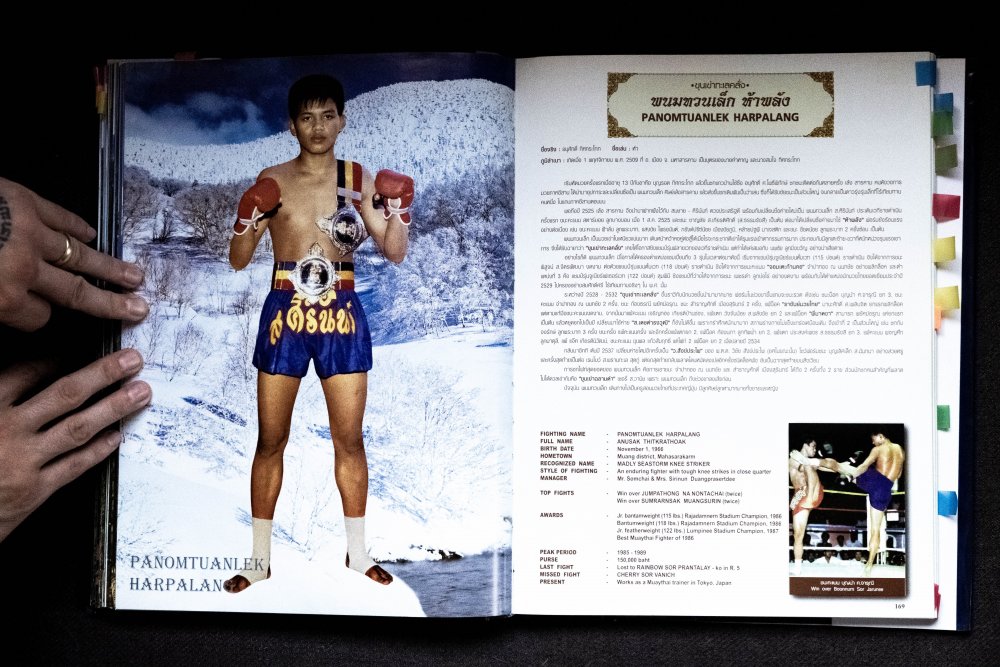
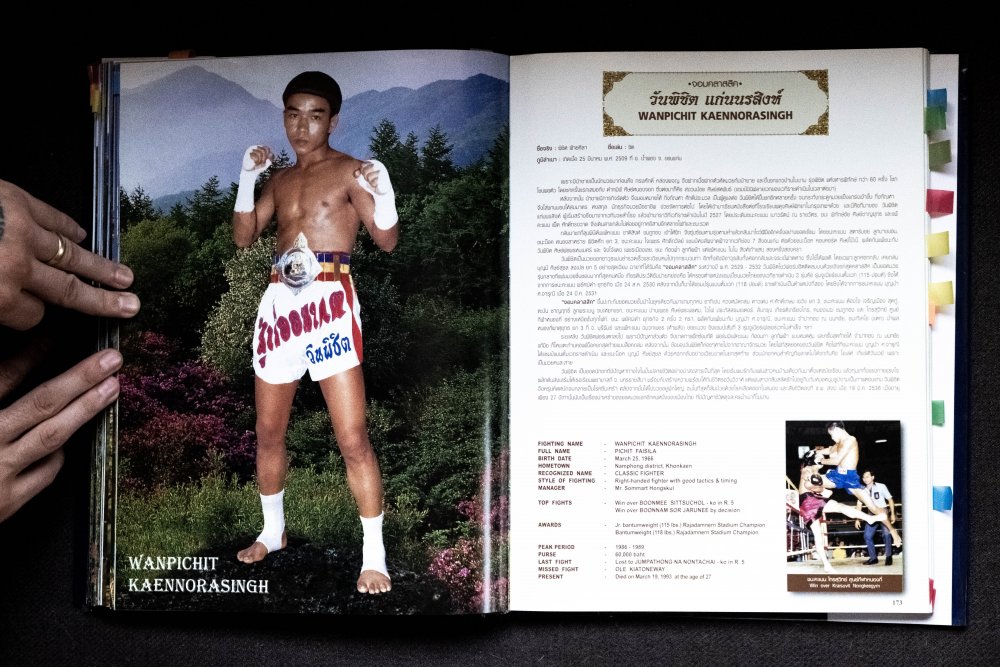
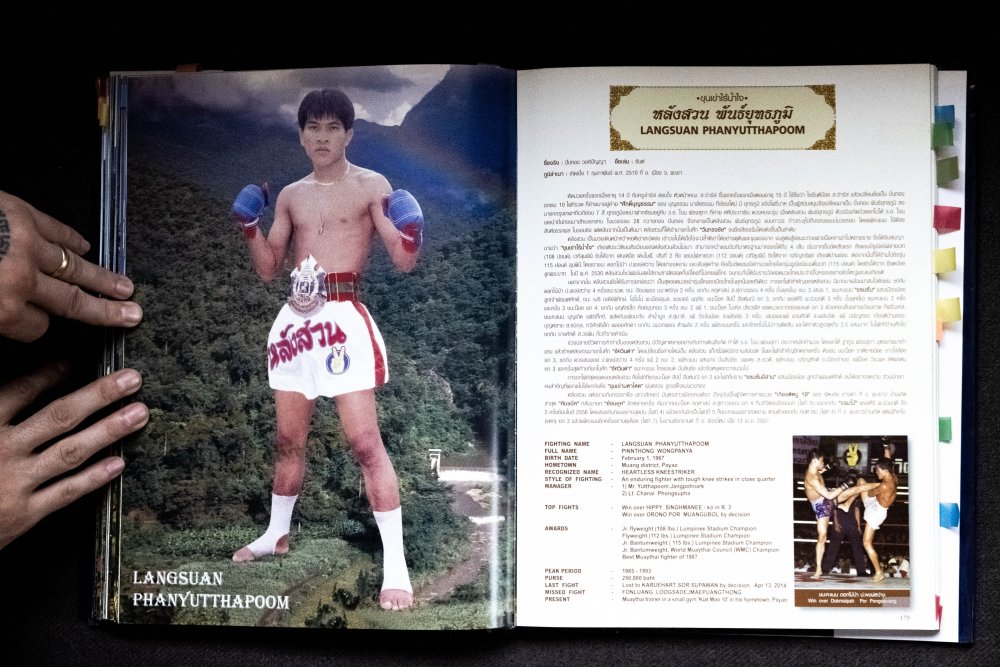
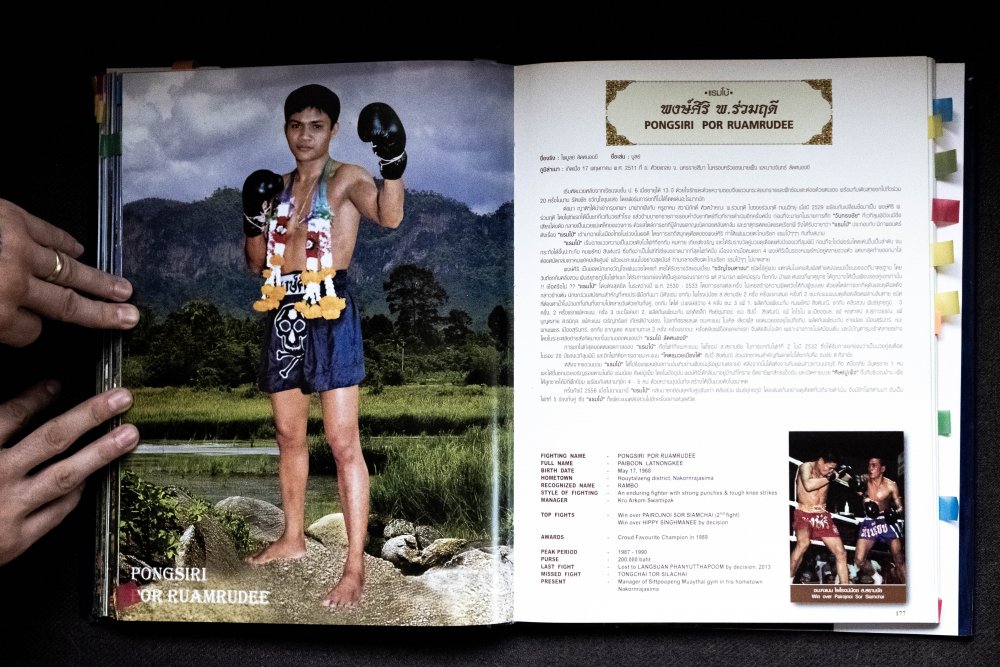
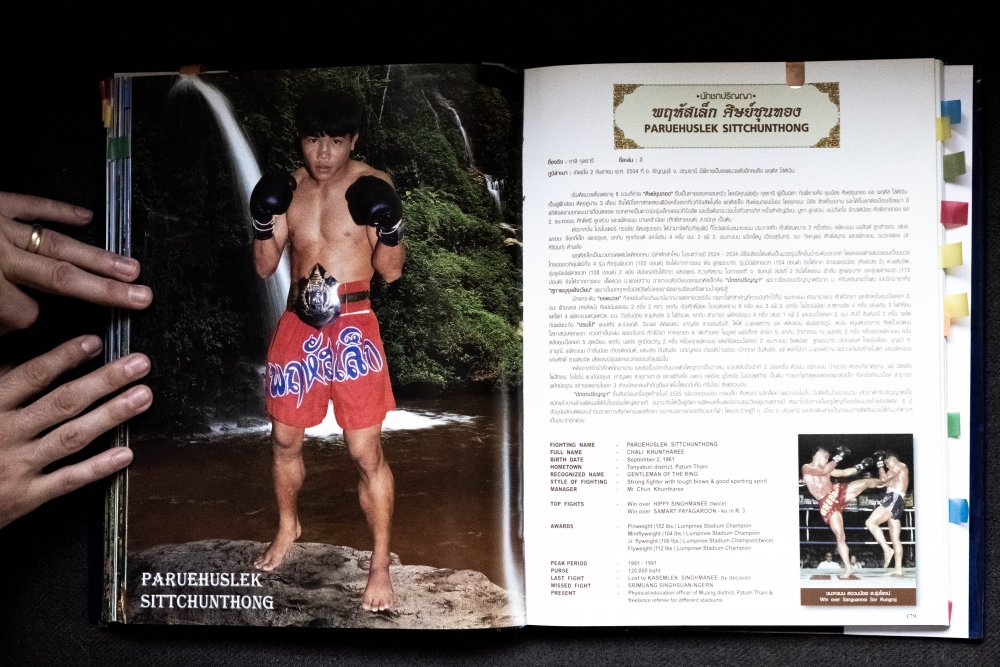
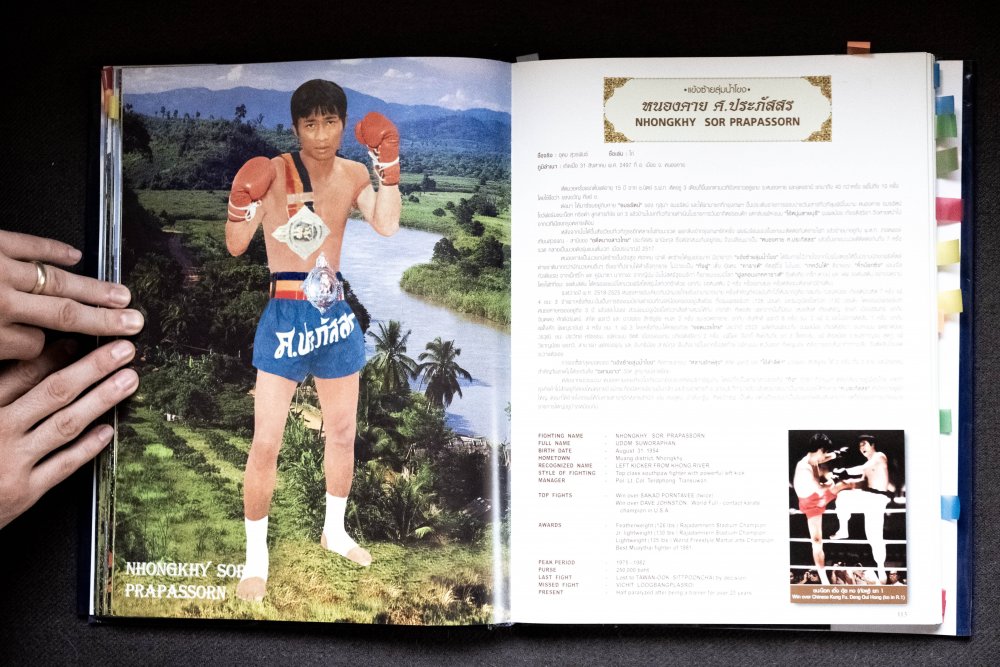
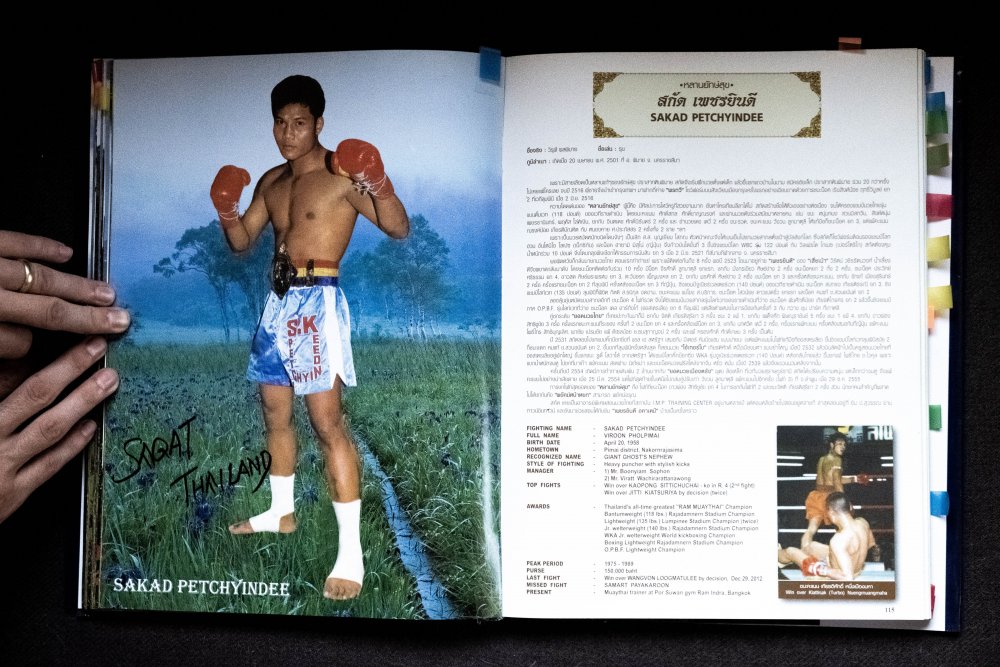
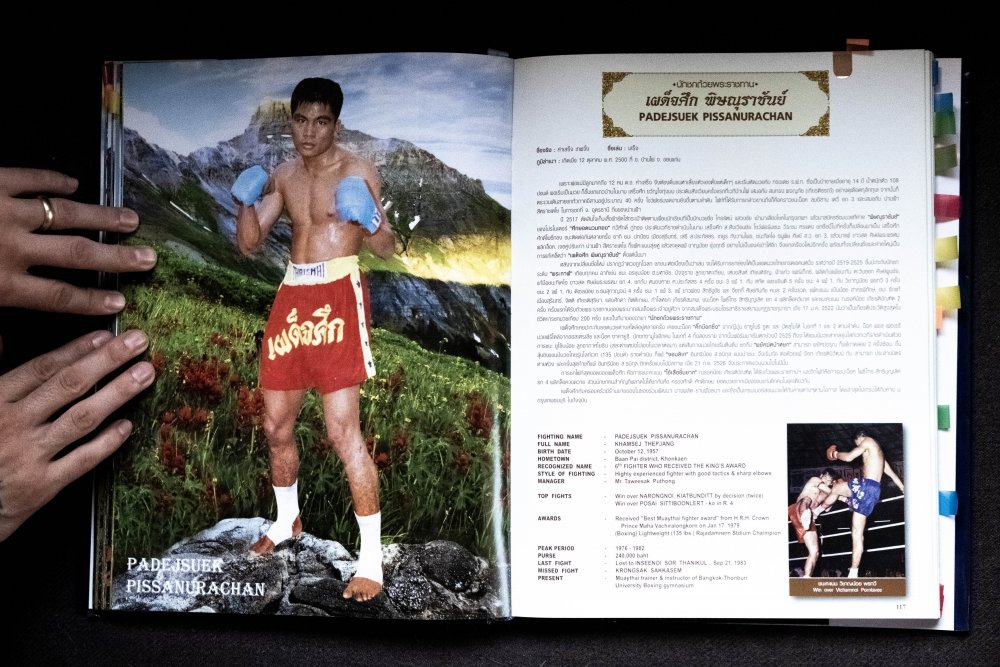
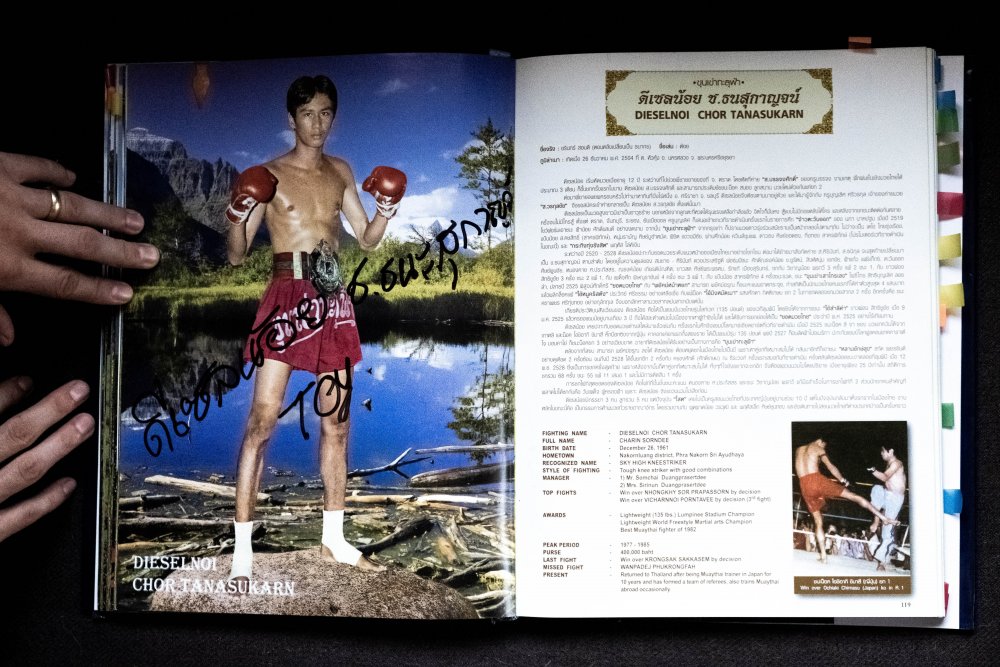
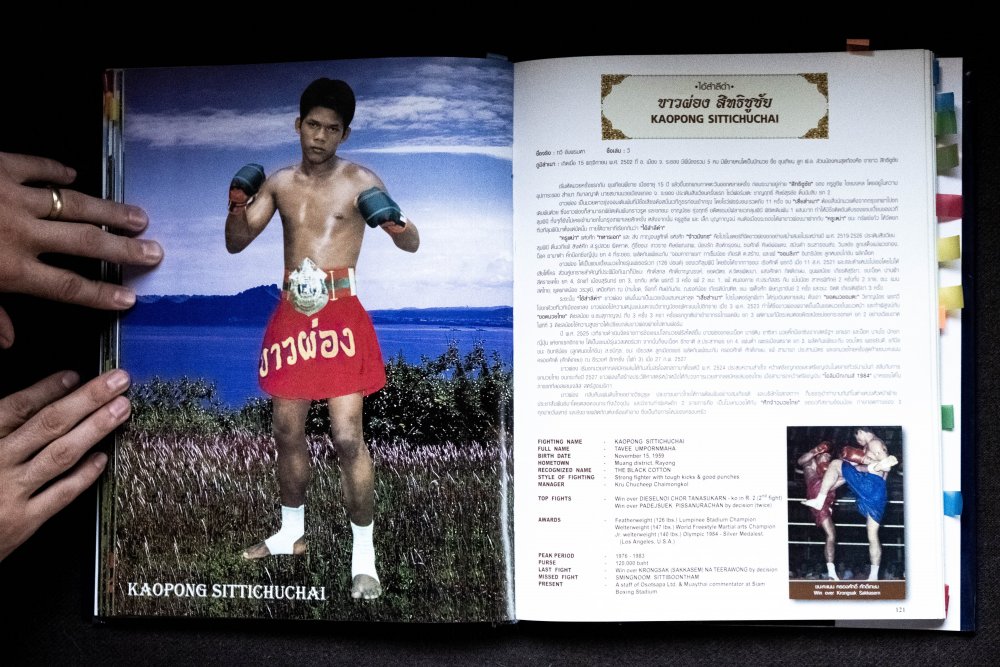
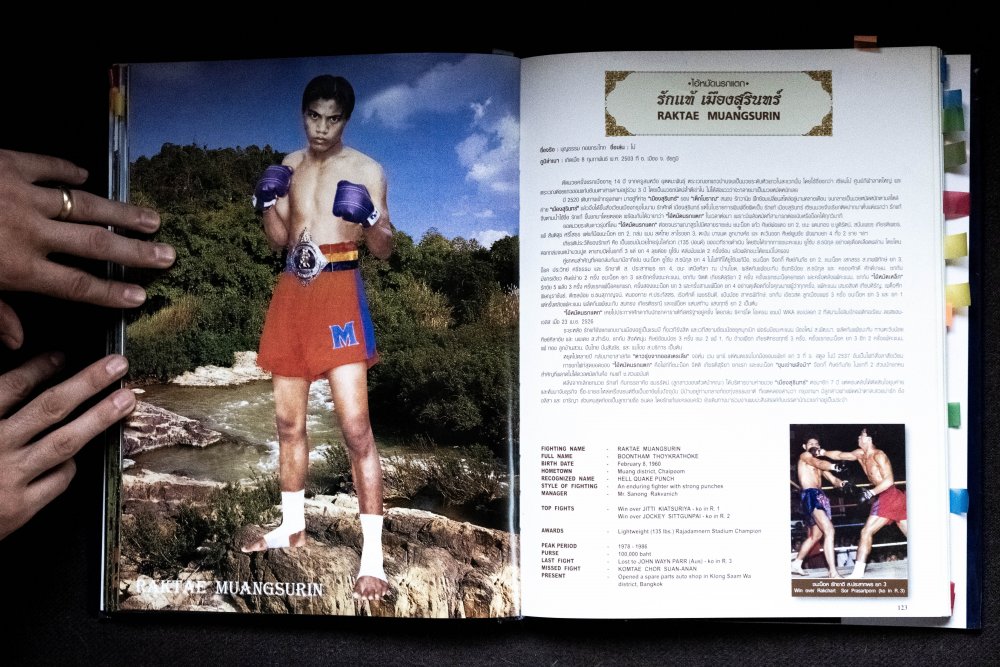
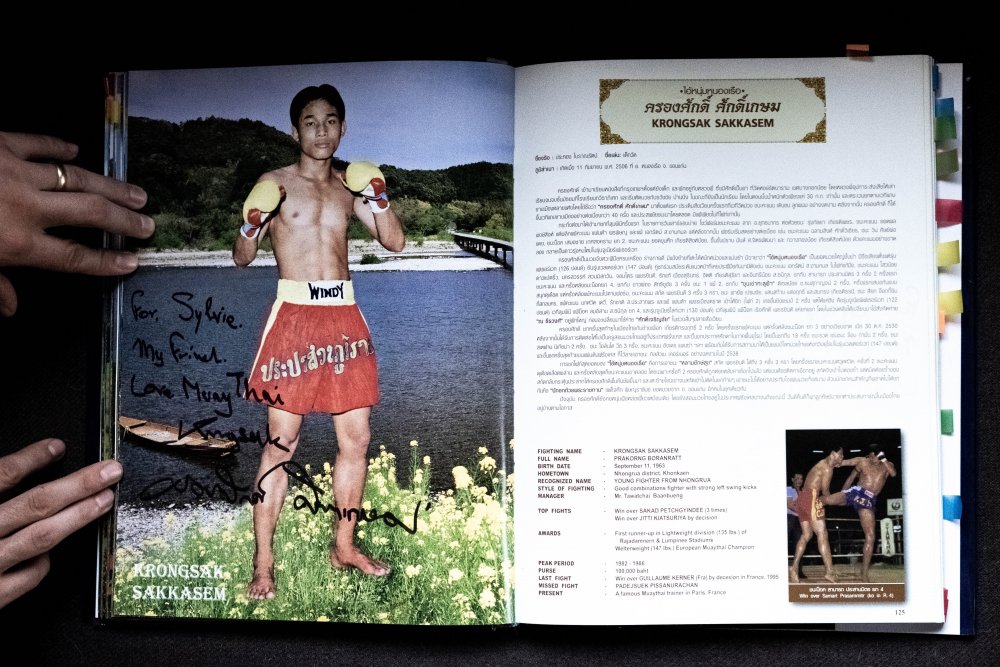
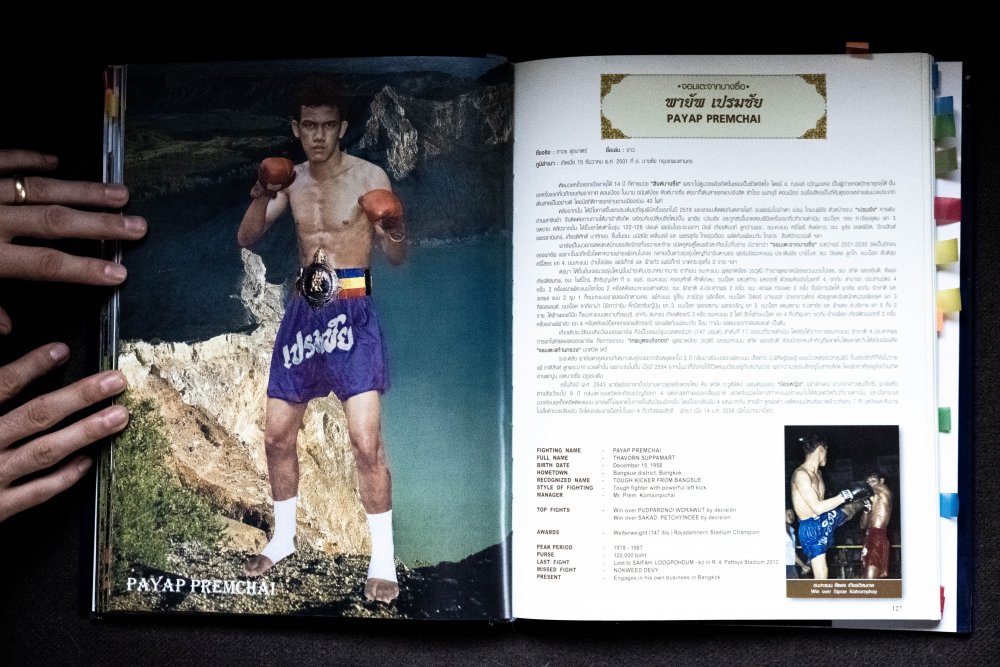
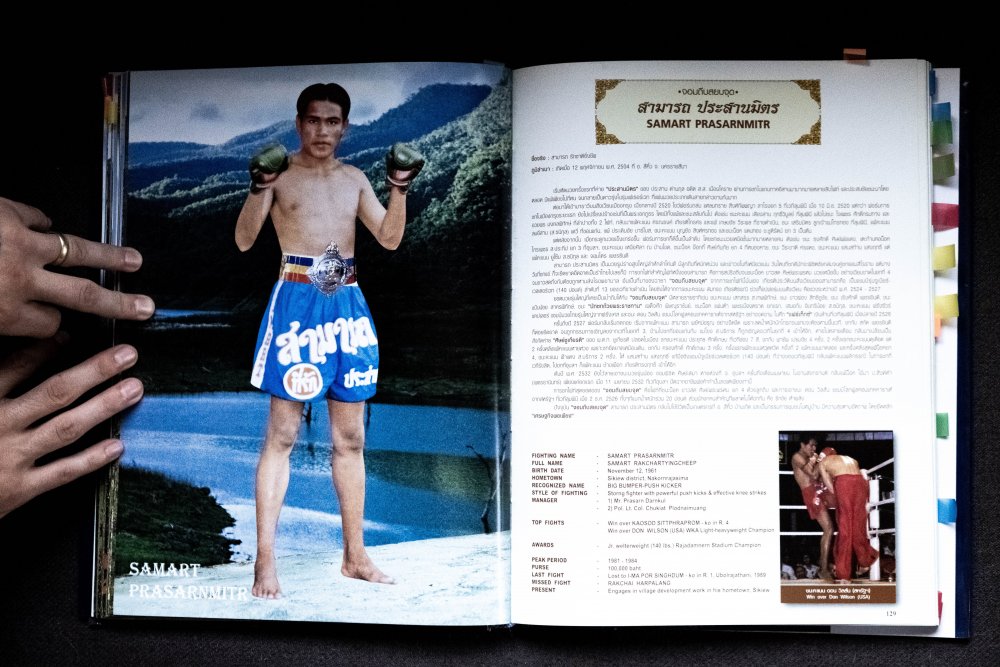
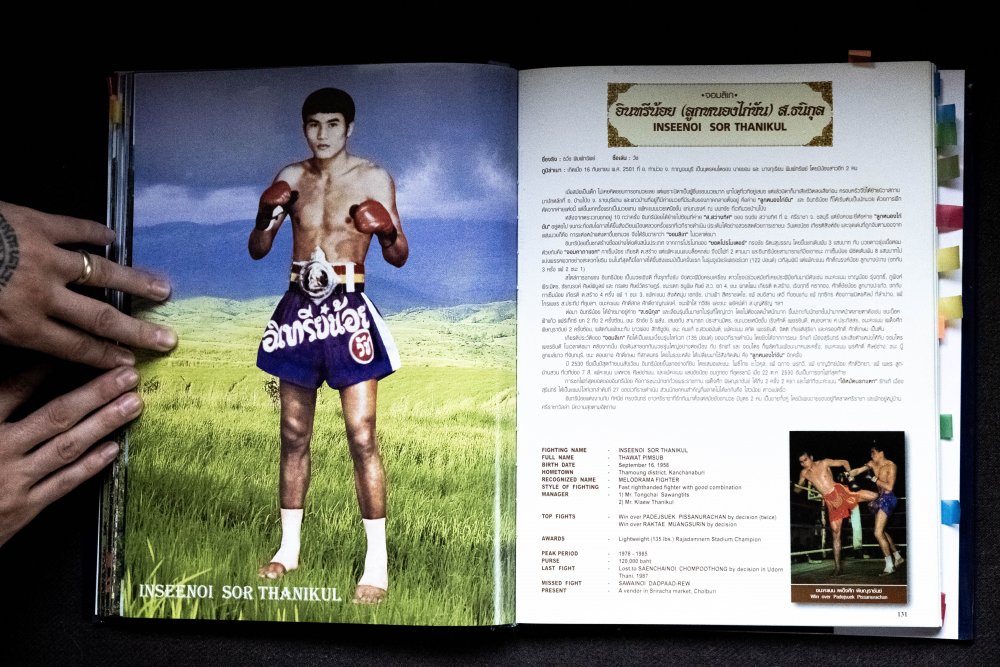
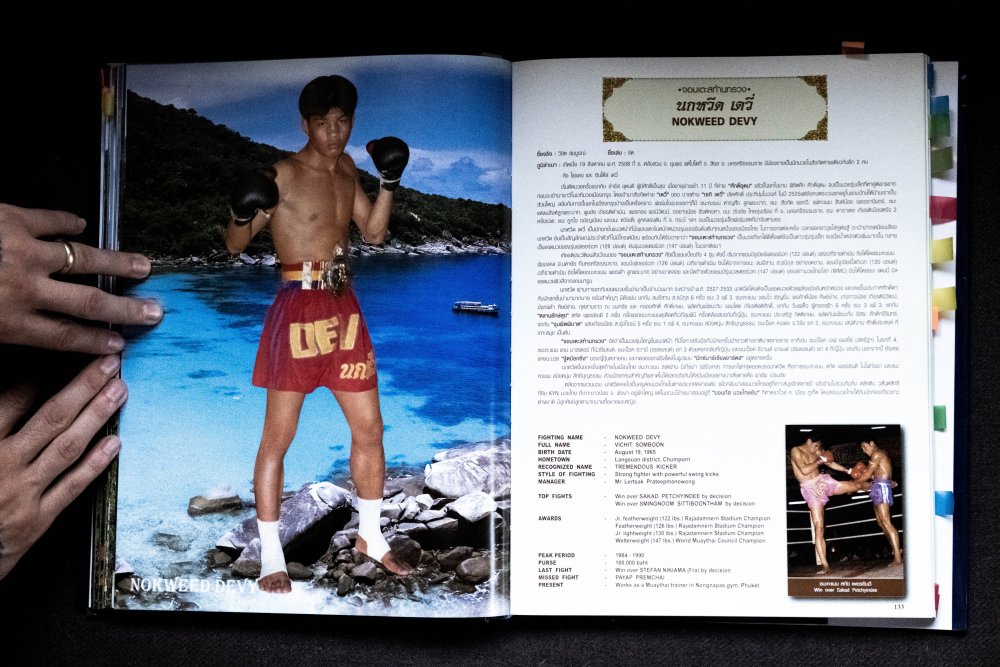
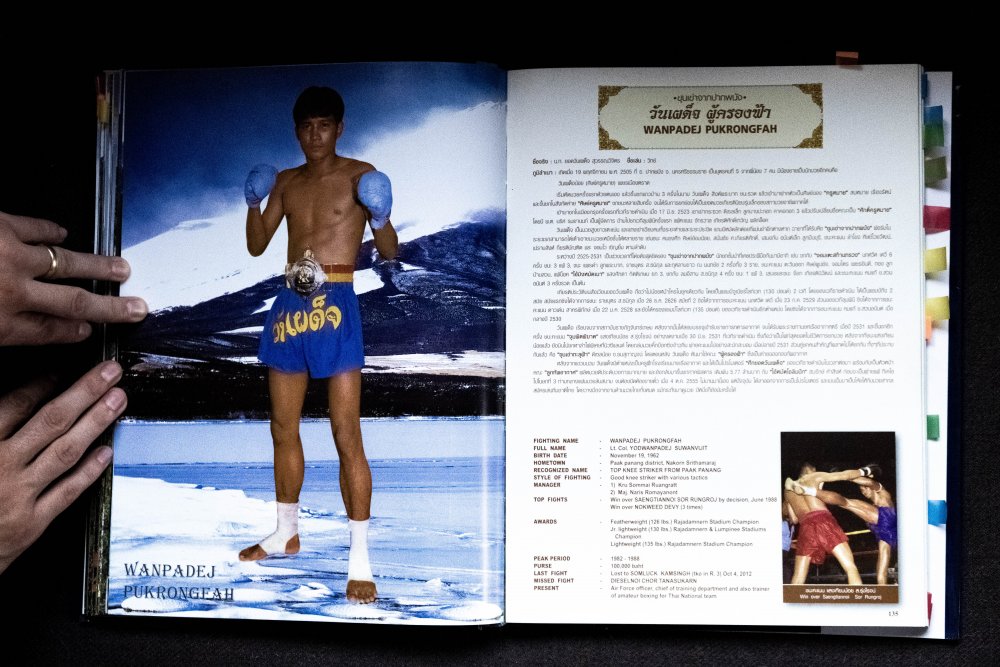
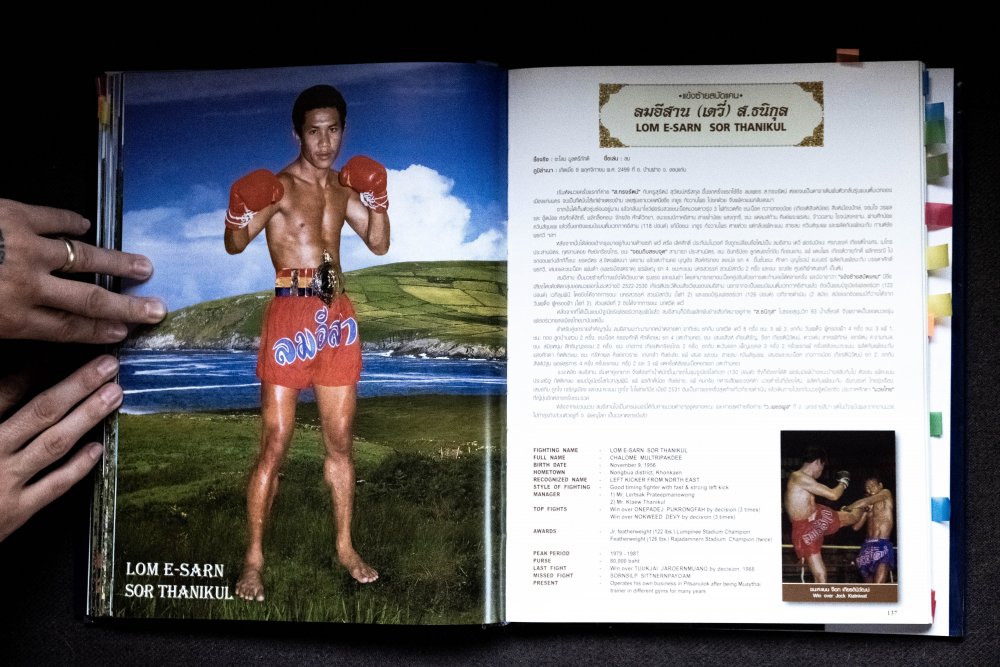
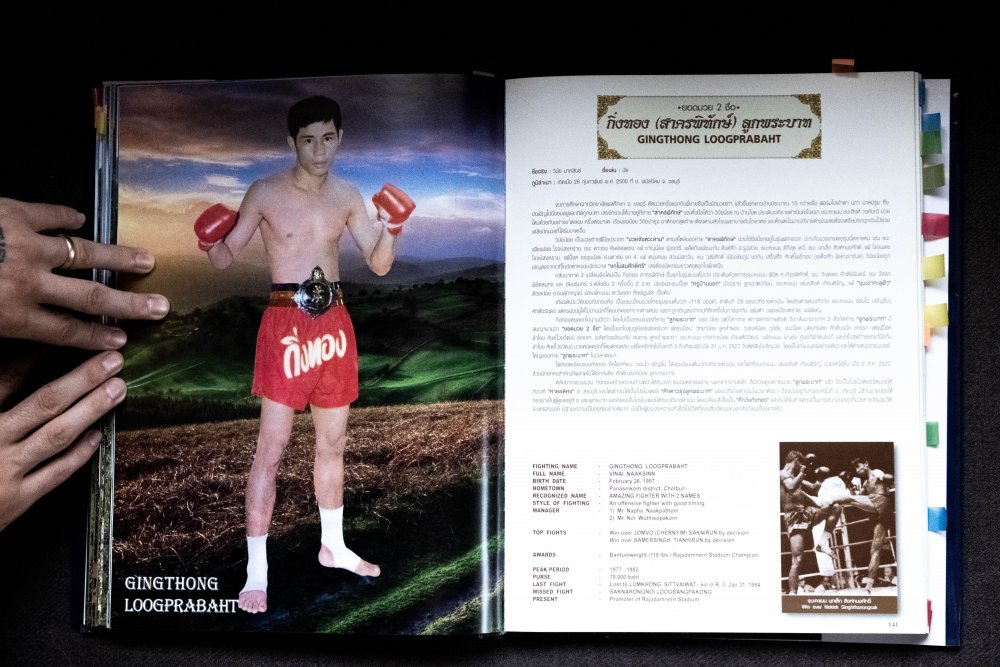
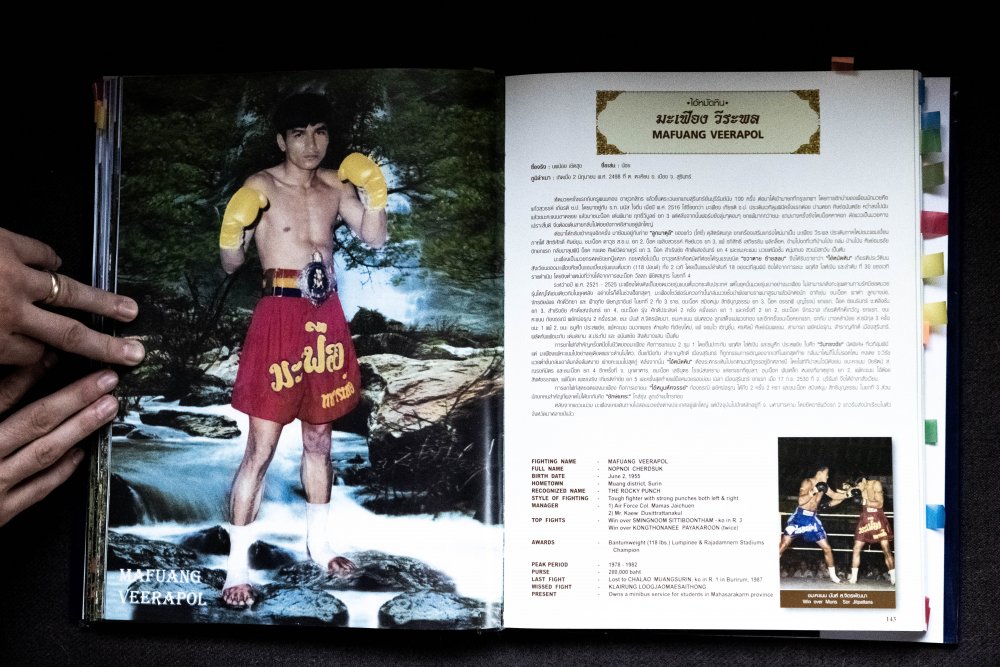
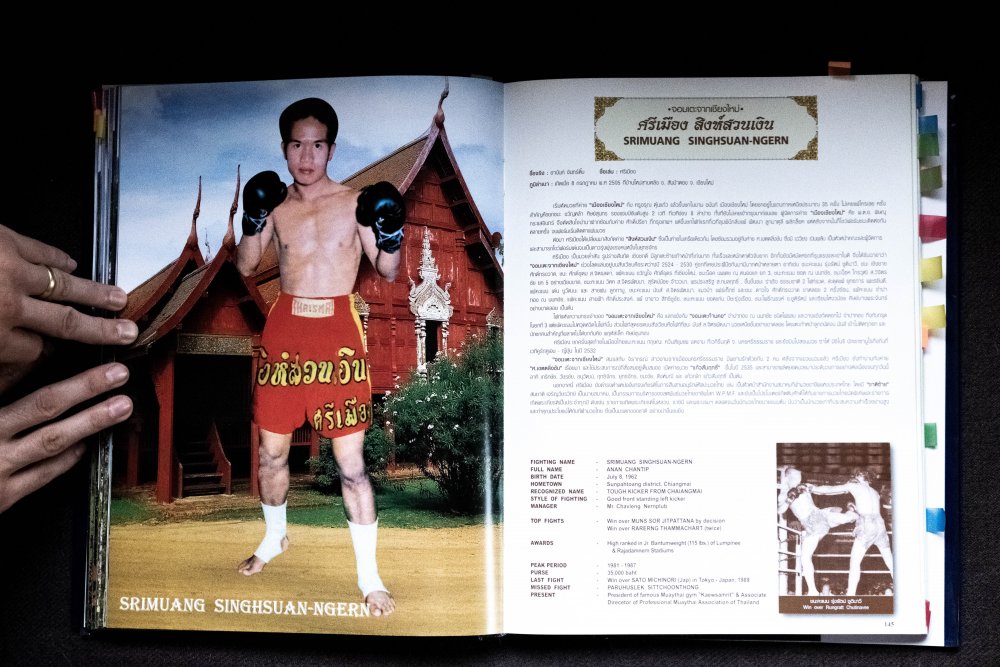
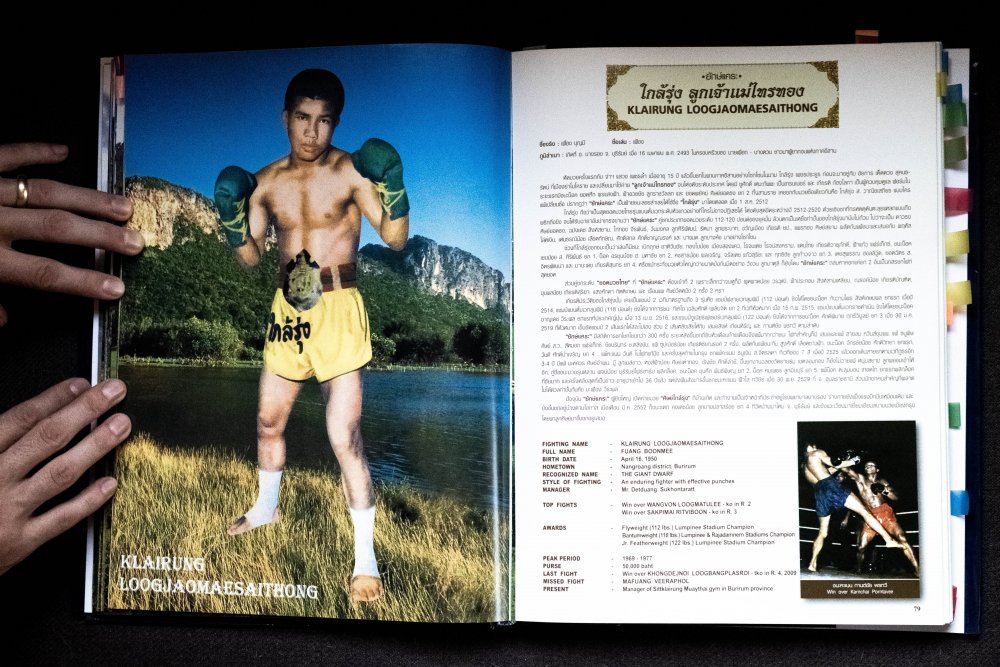
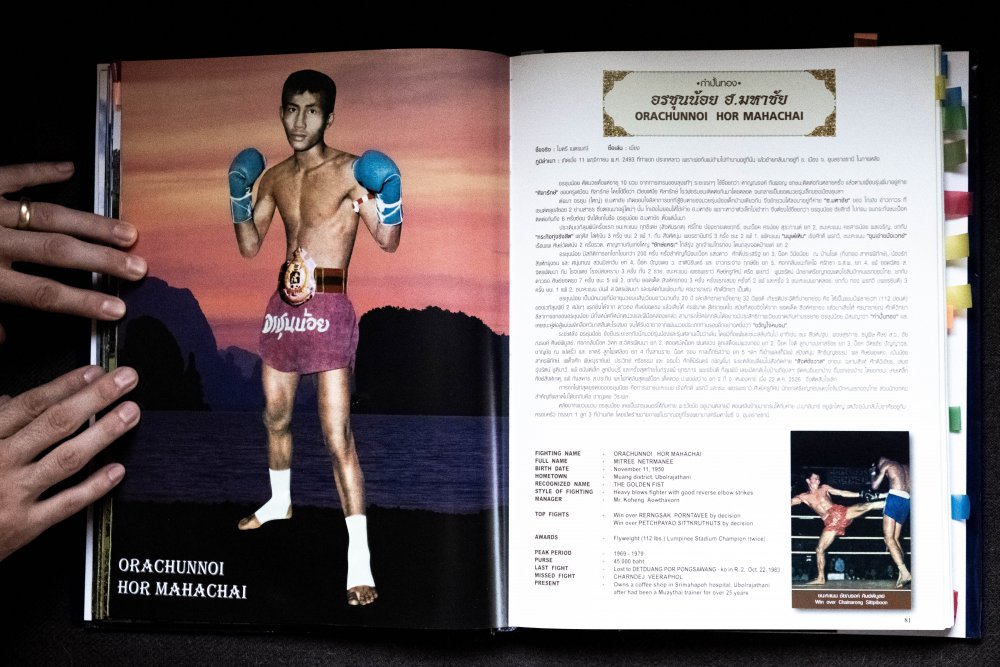
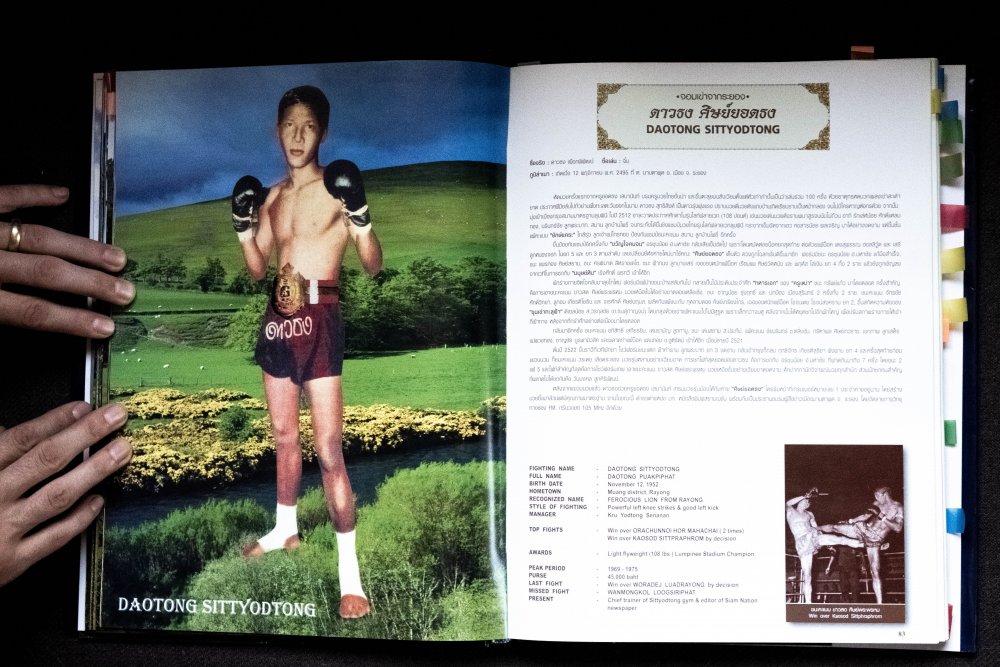
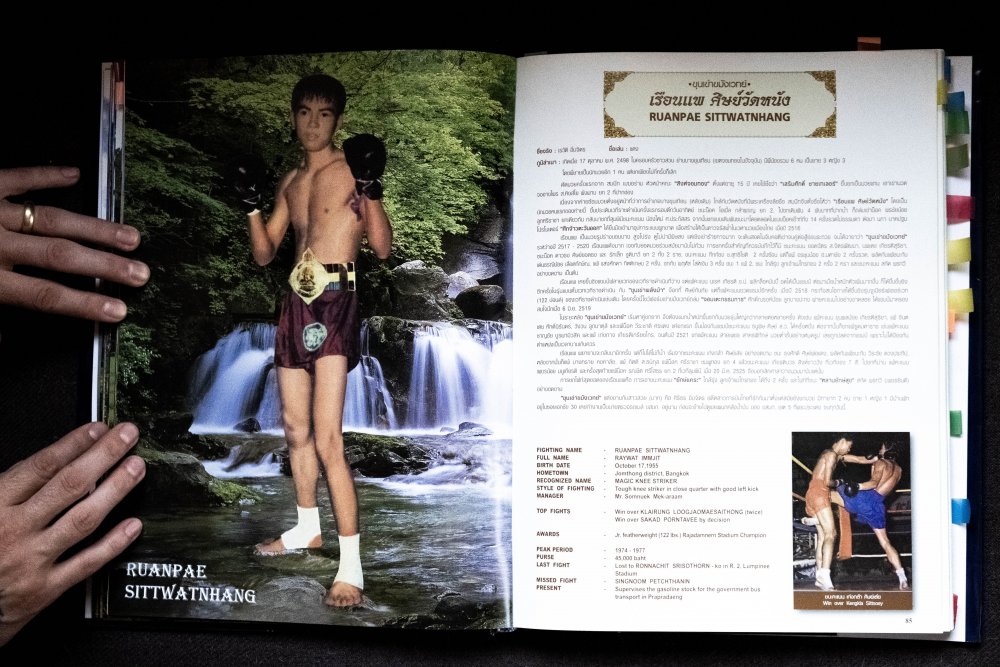
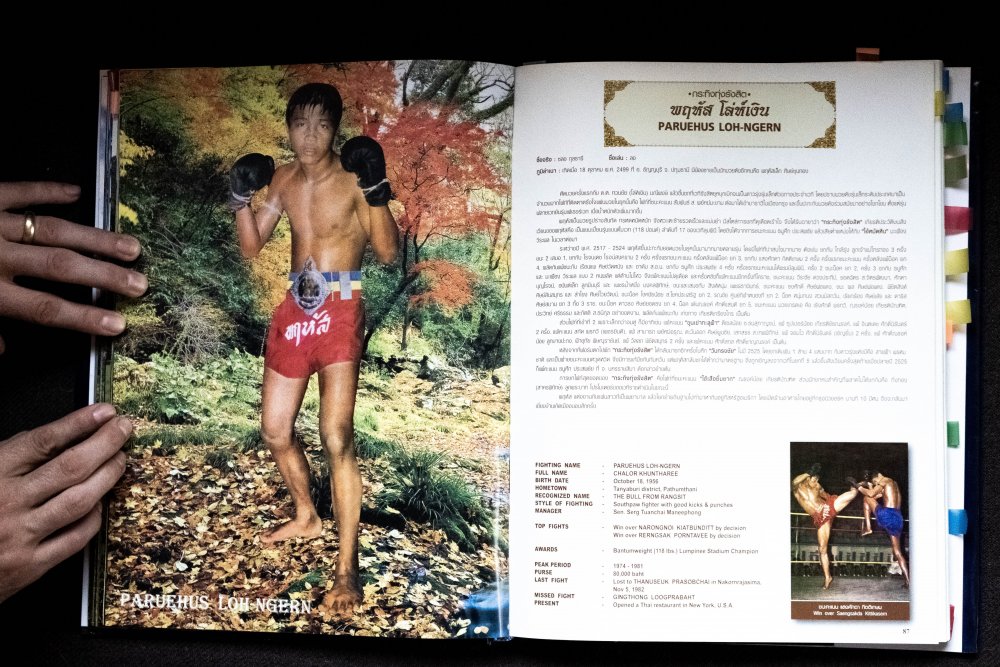
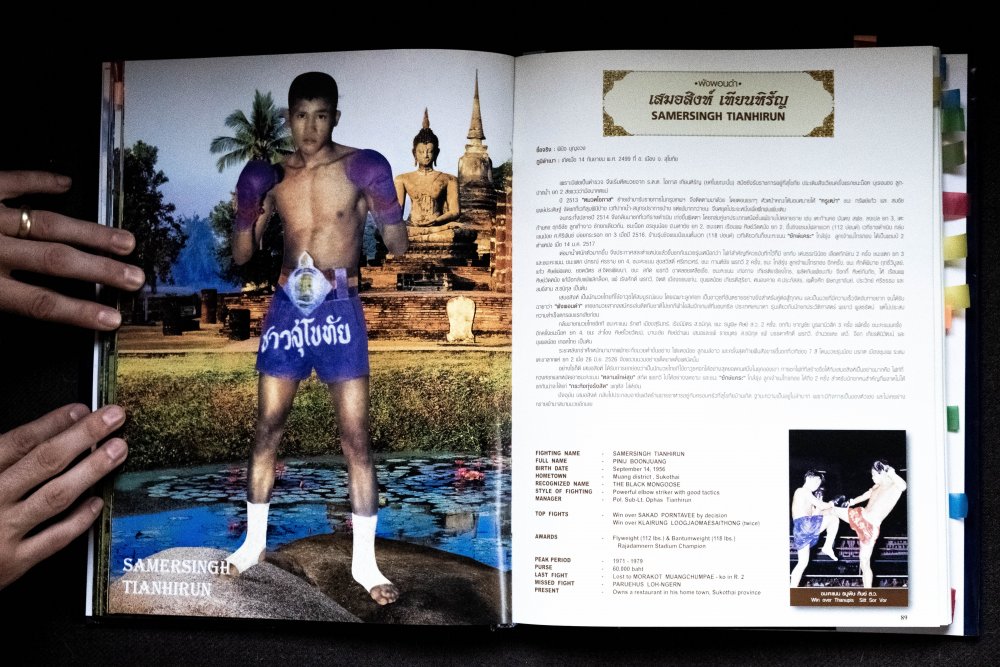
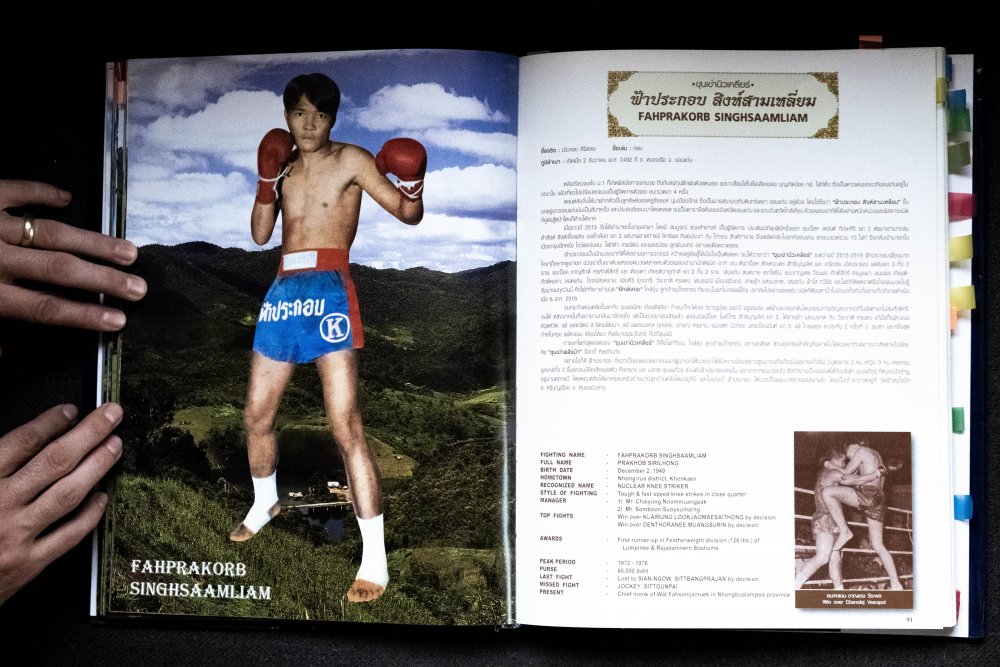
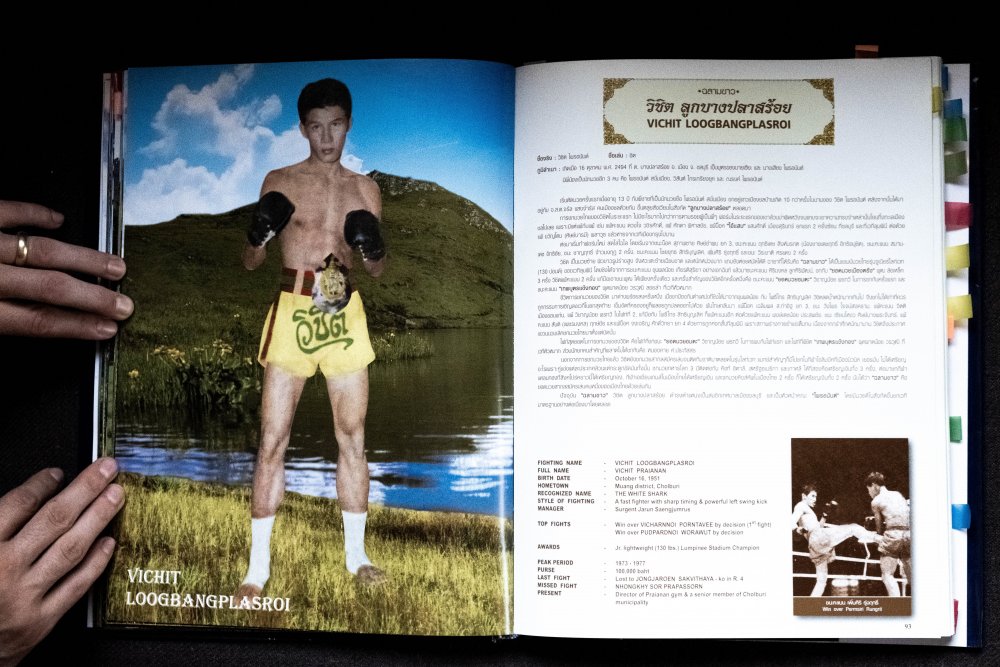
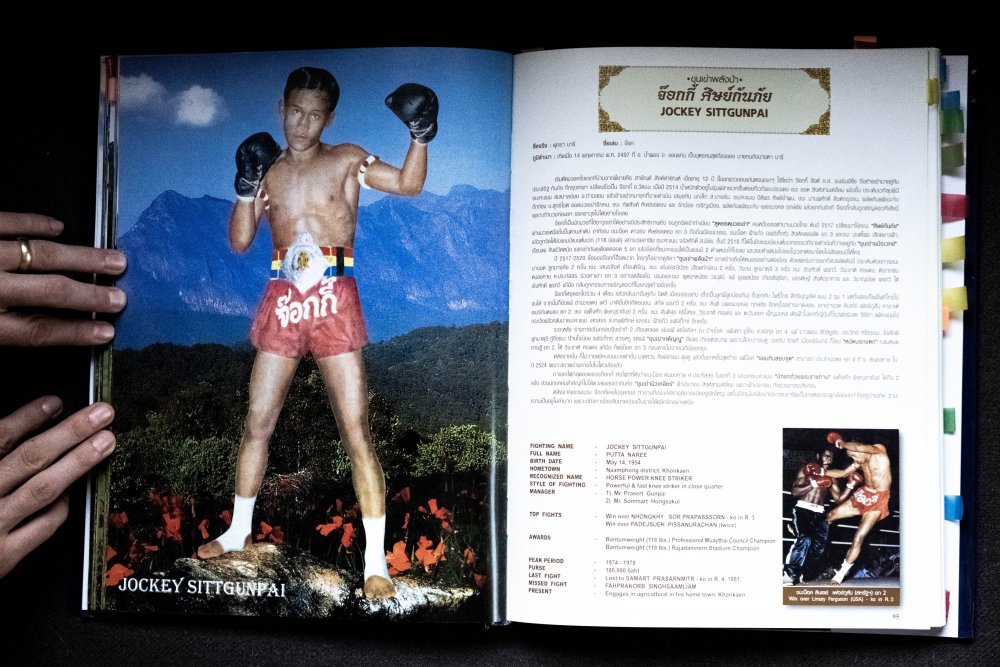
Petchyindee.thumb.jpg.8bacd1238a52b35eb04322dc25a754d6.jpg)
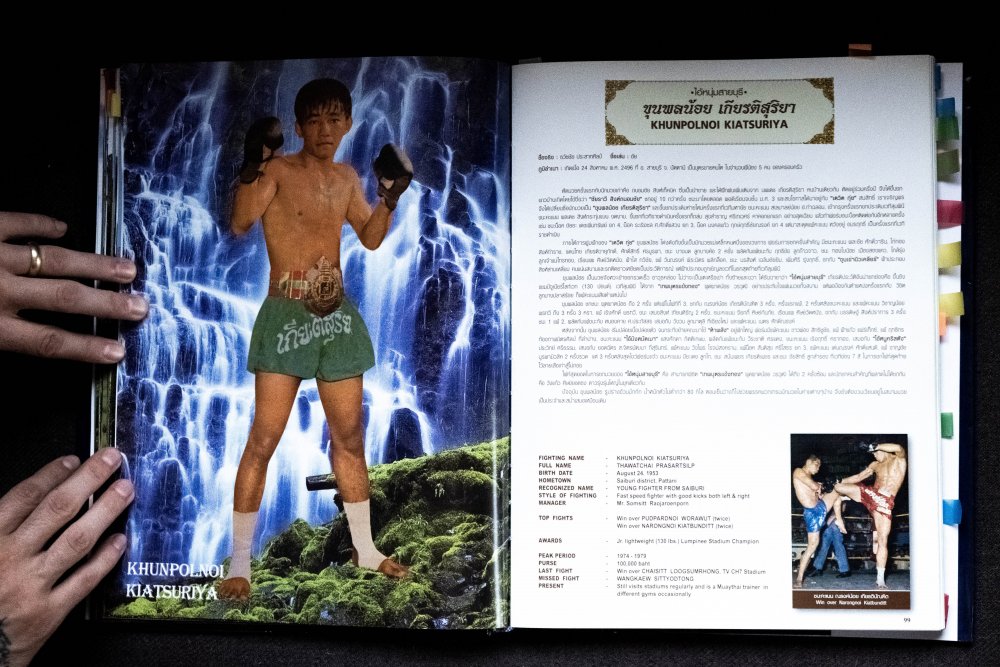
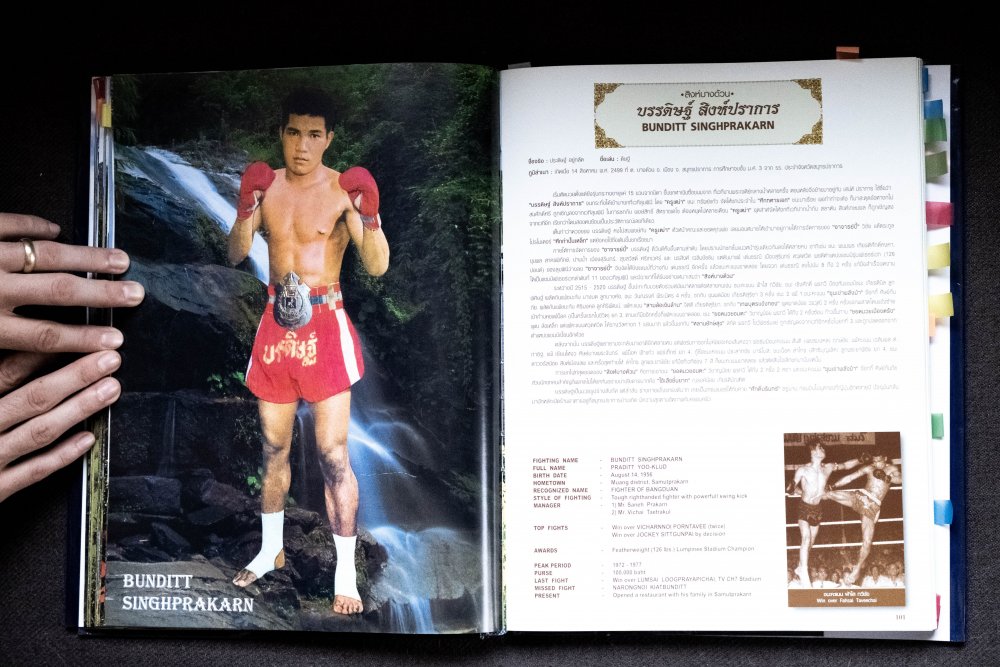
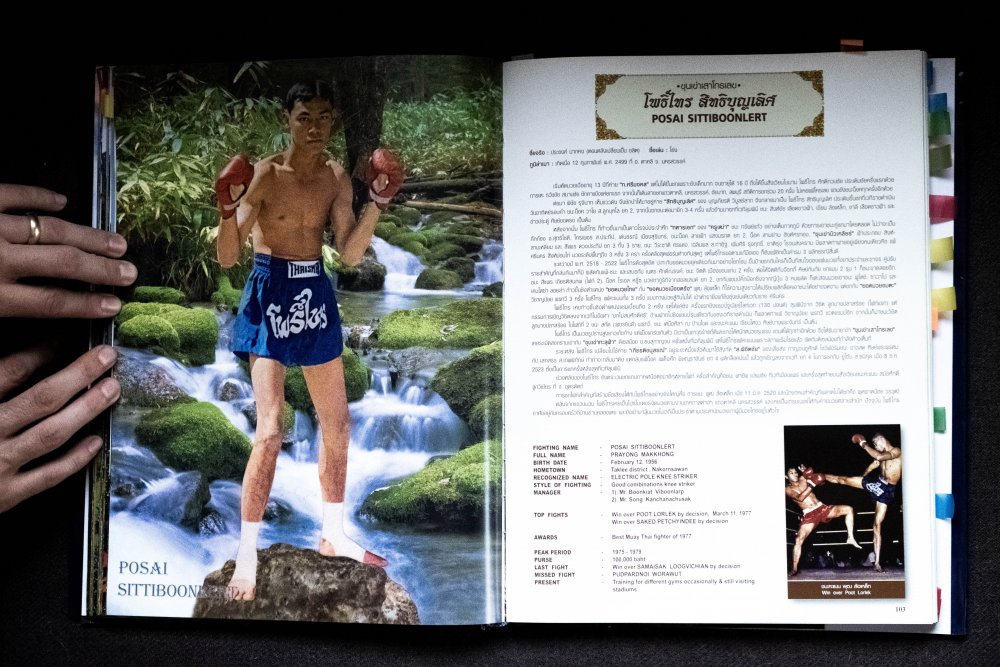
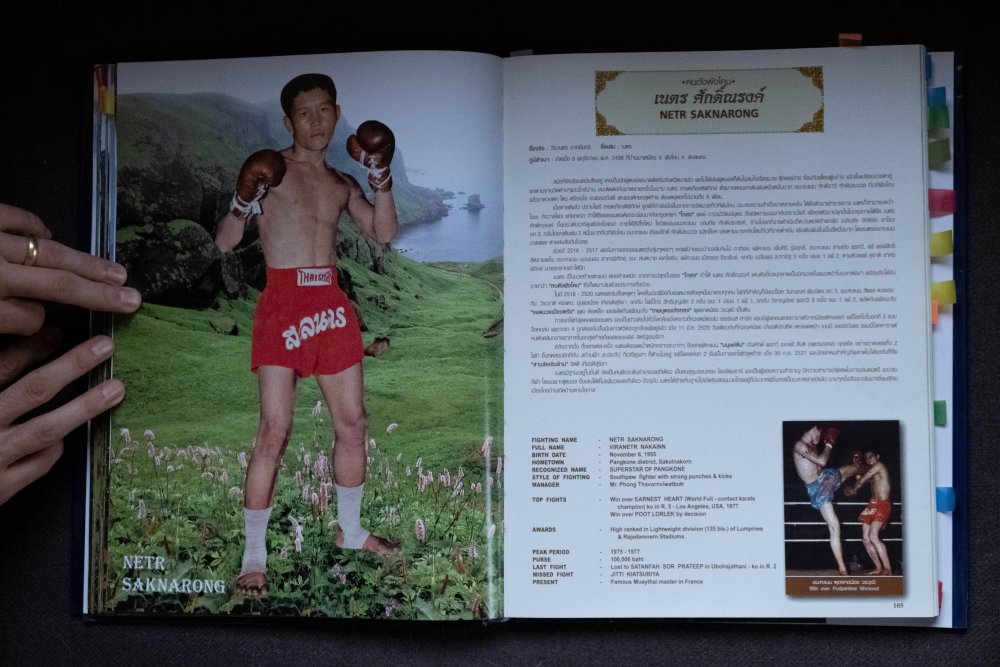
Muangkhonkaen.thumb.jpg.a9c94f0f8abbf4d8eb8a37c41adba74d.jpg)
